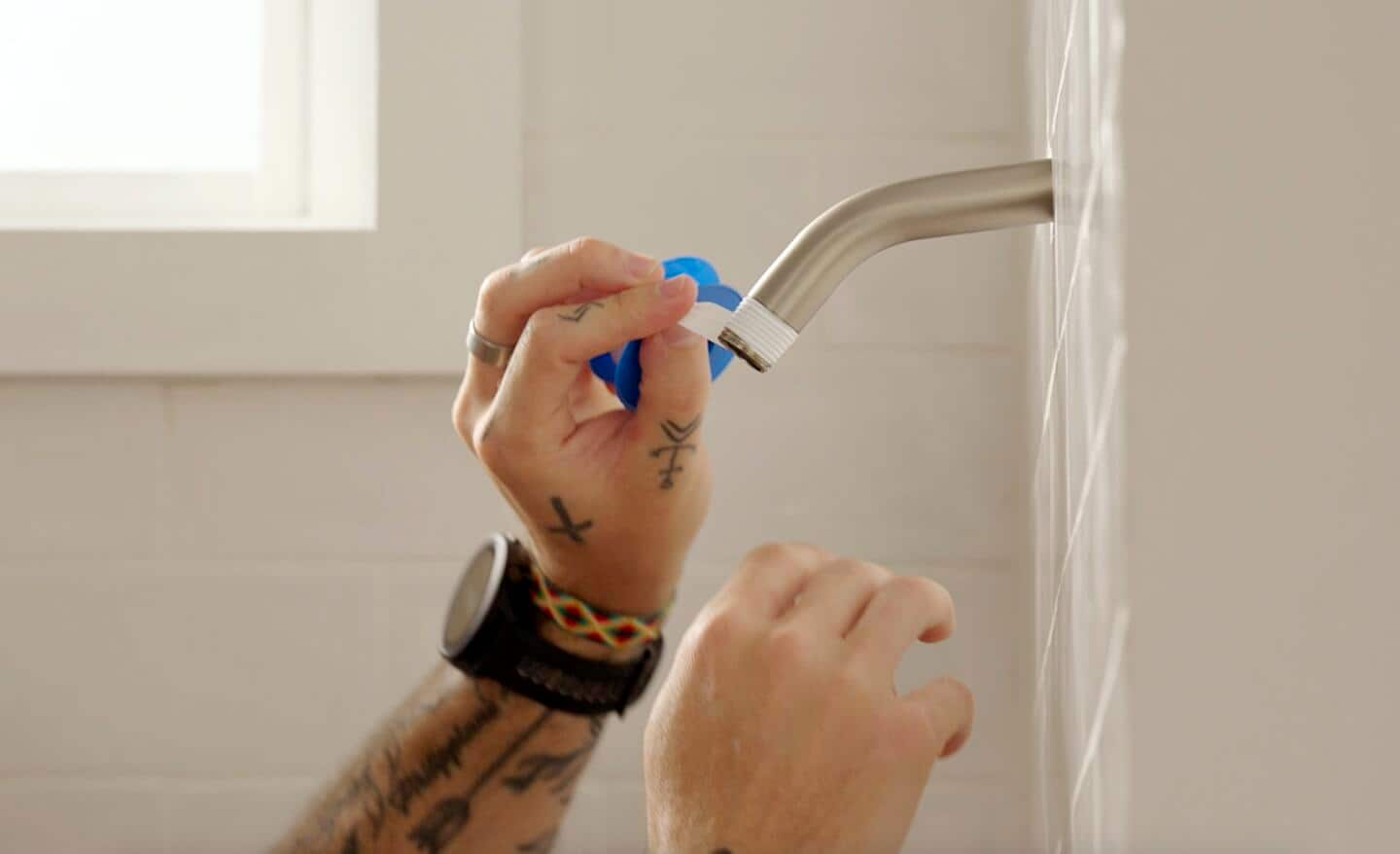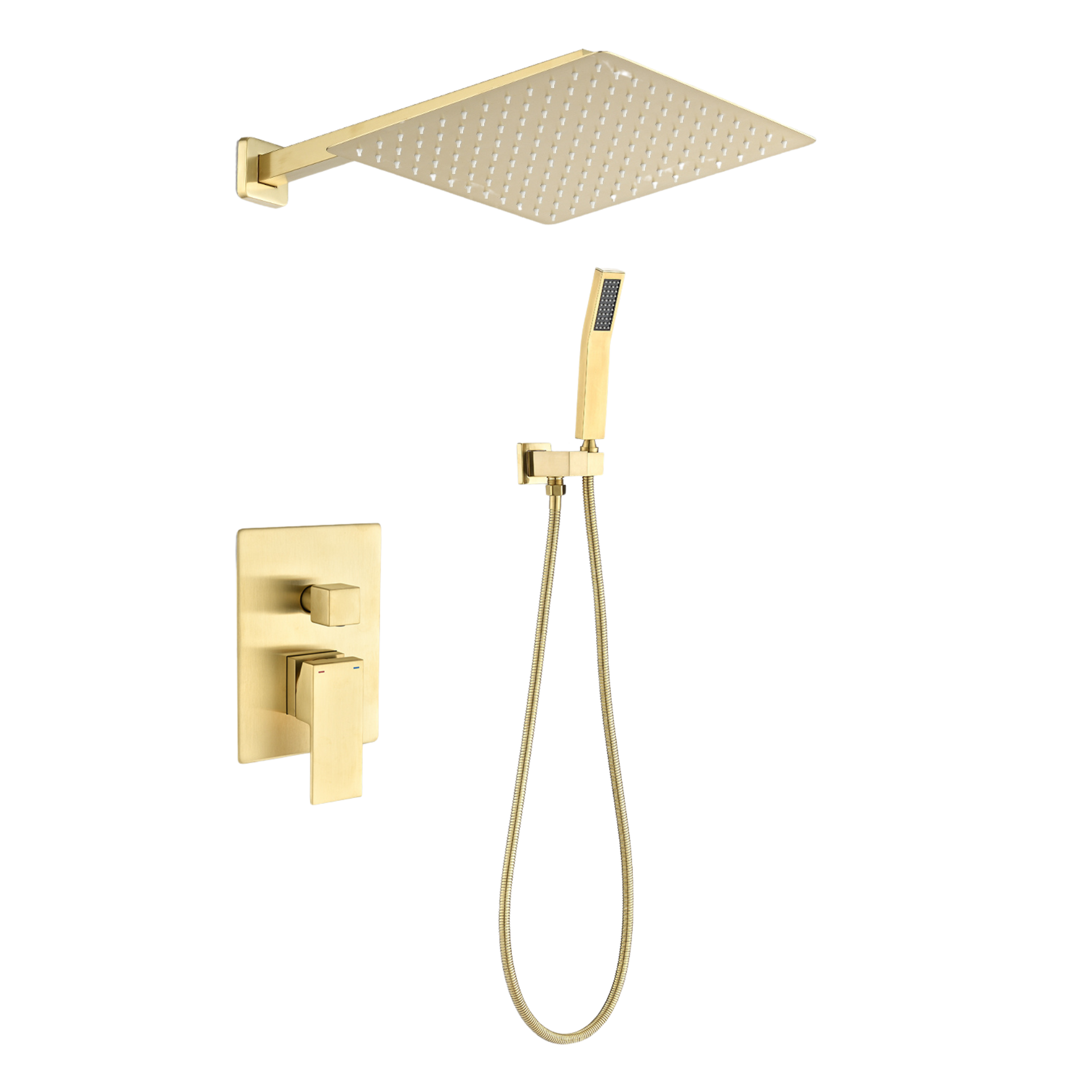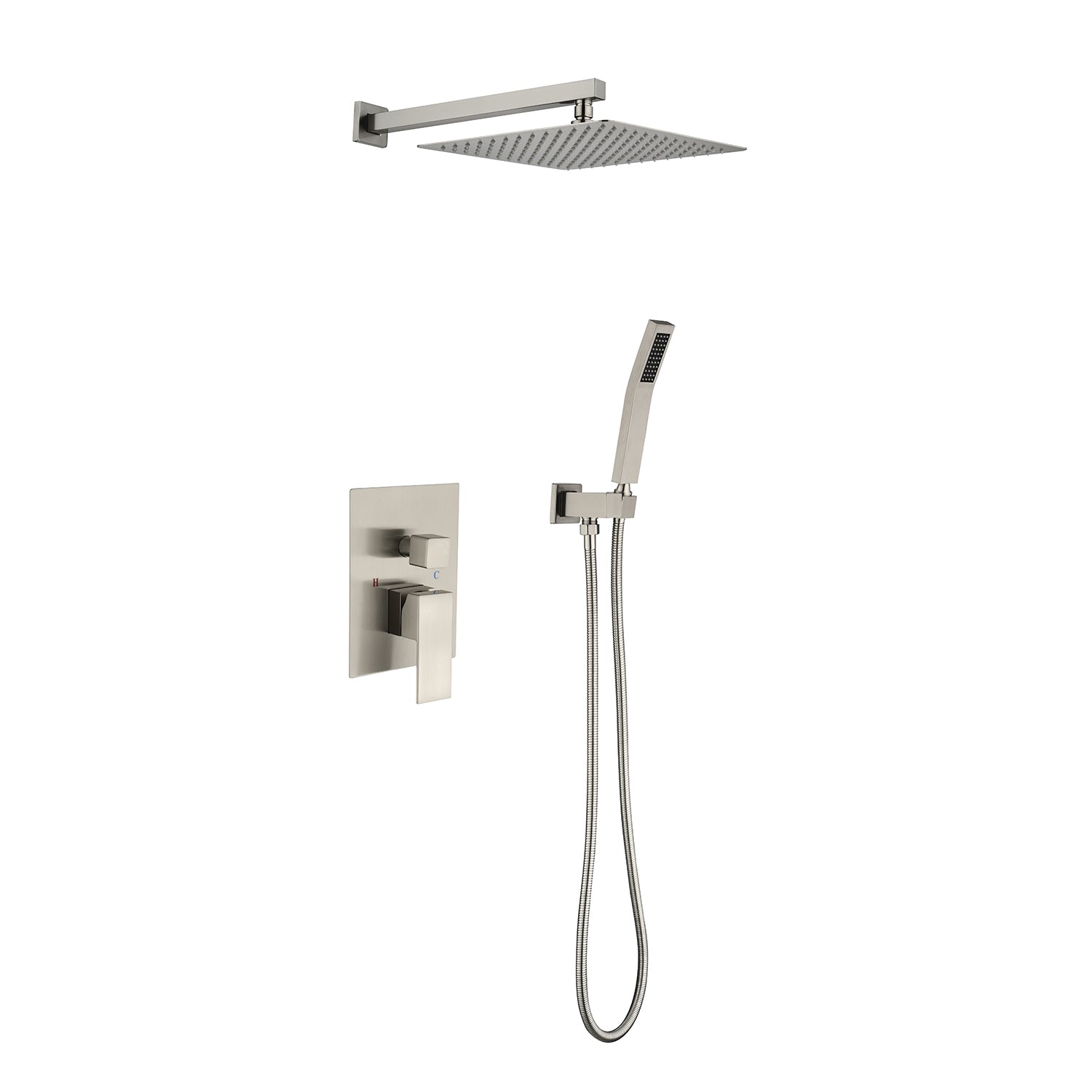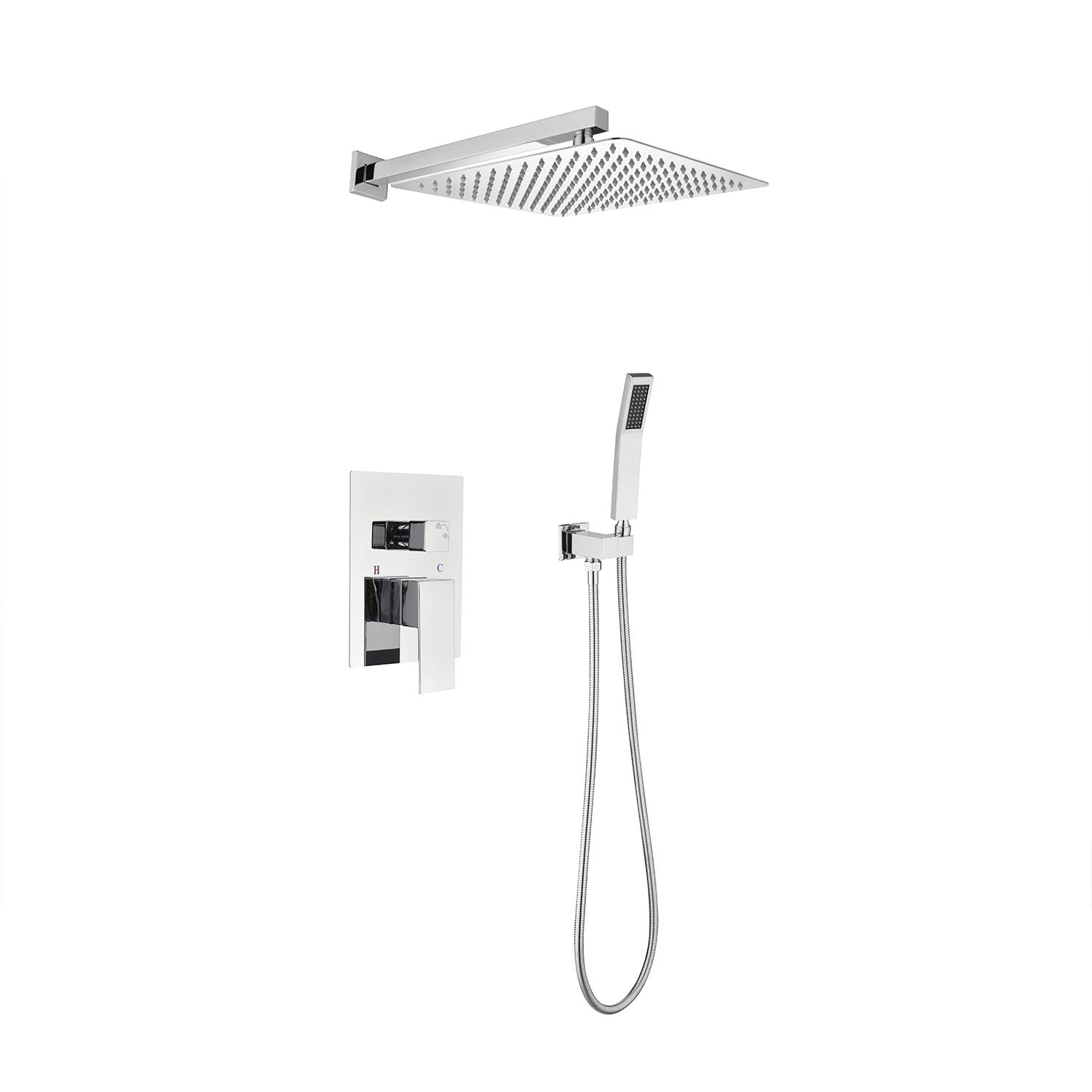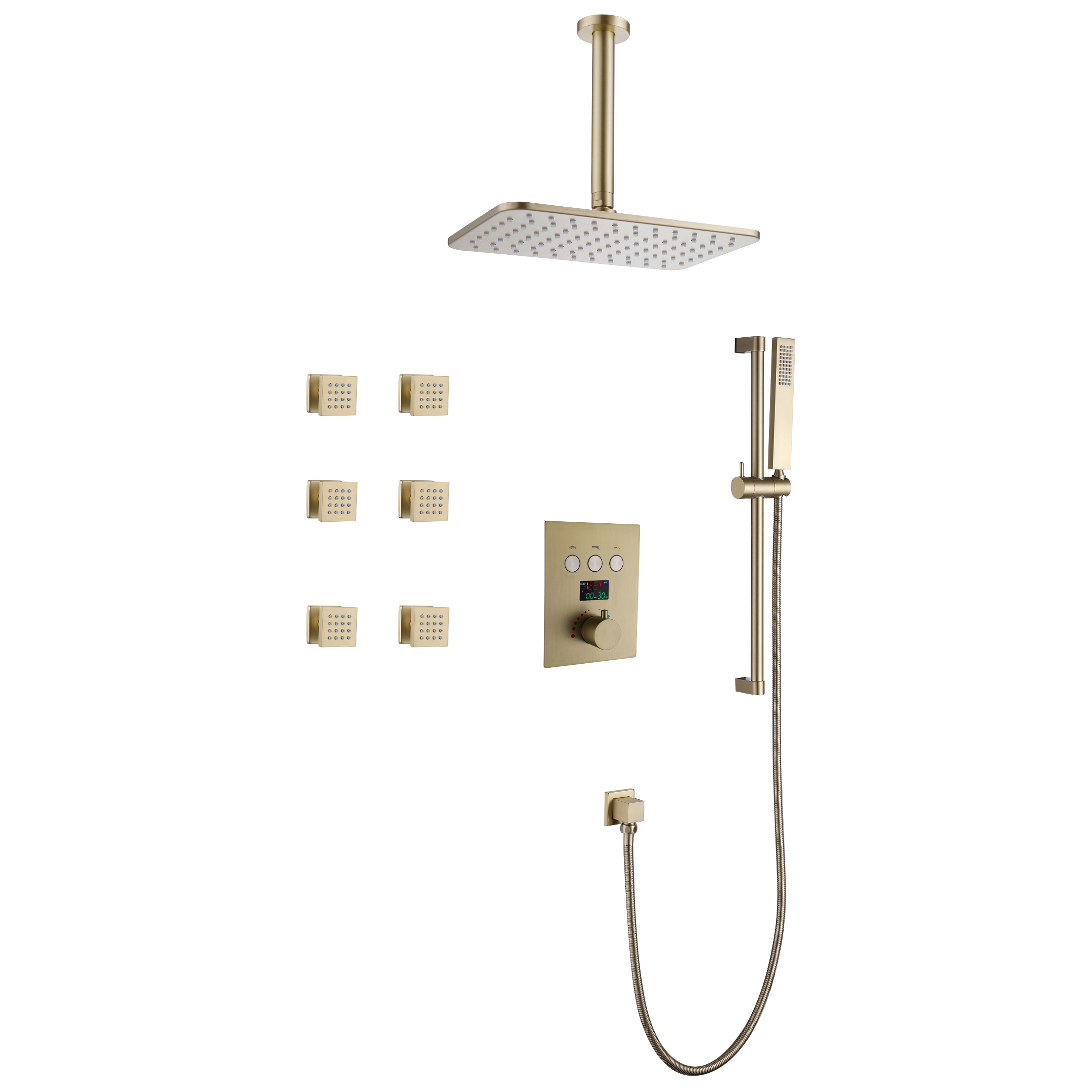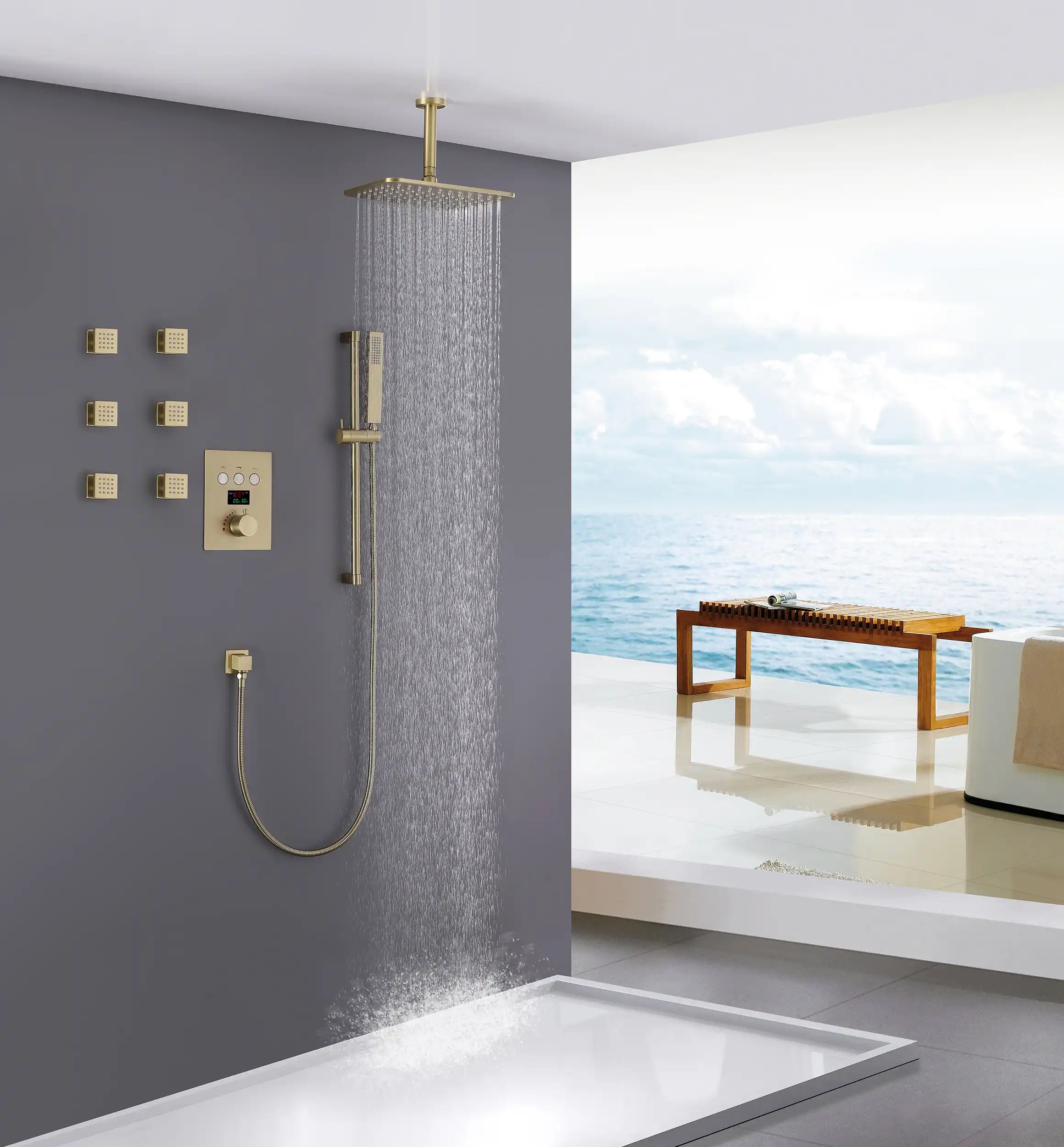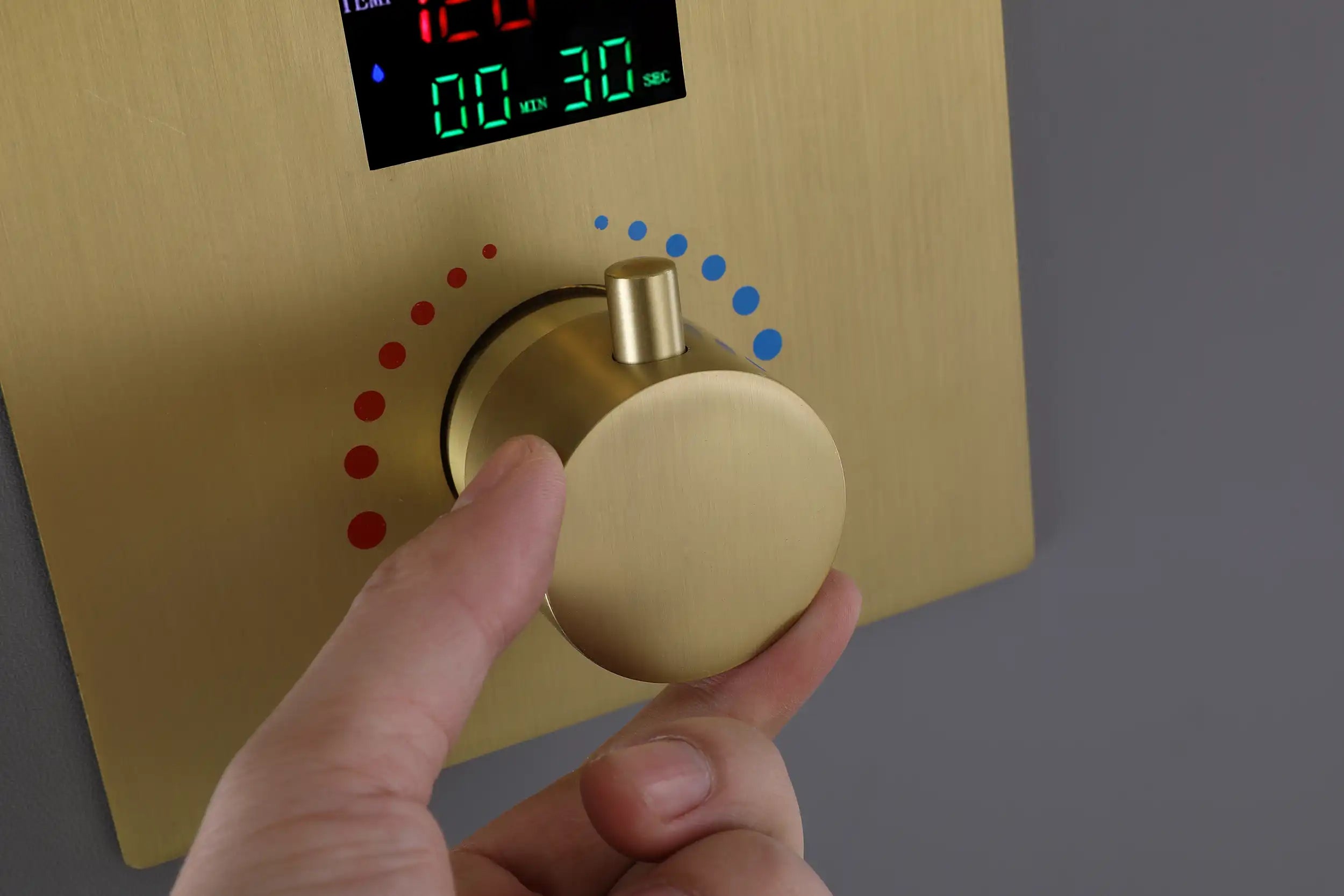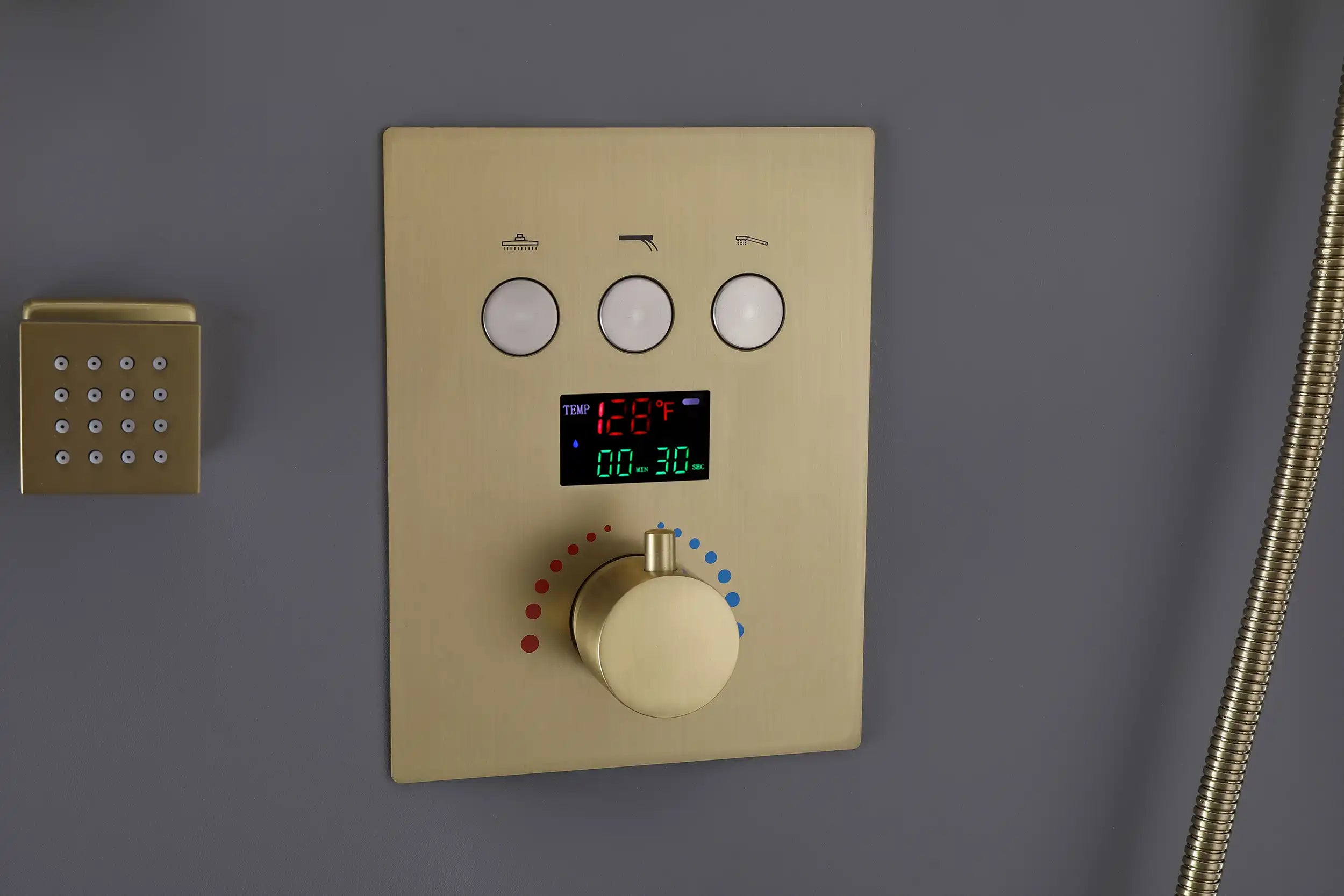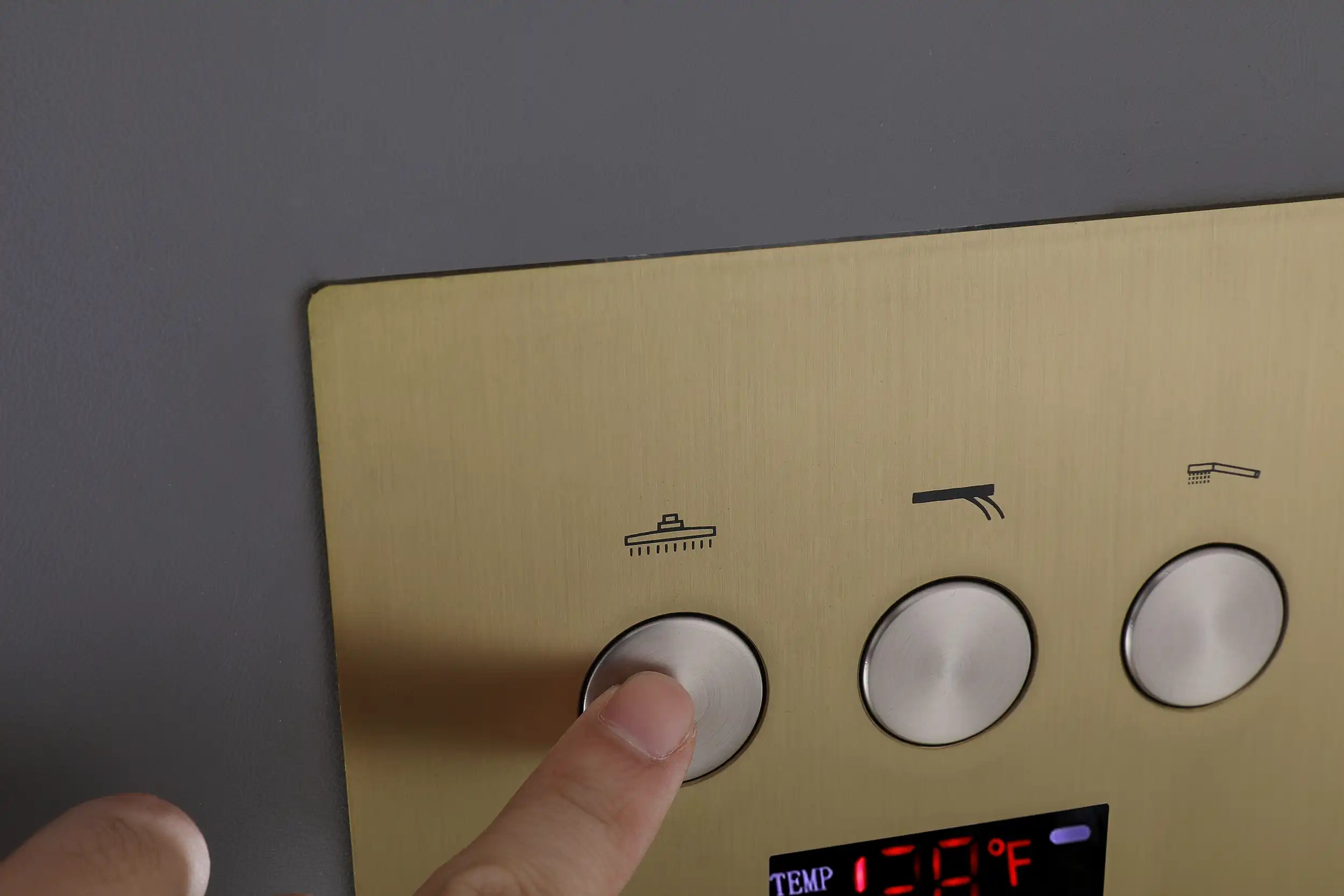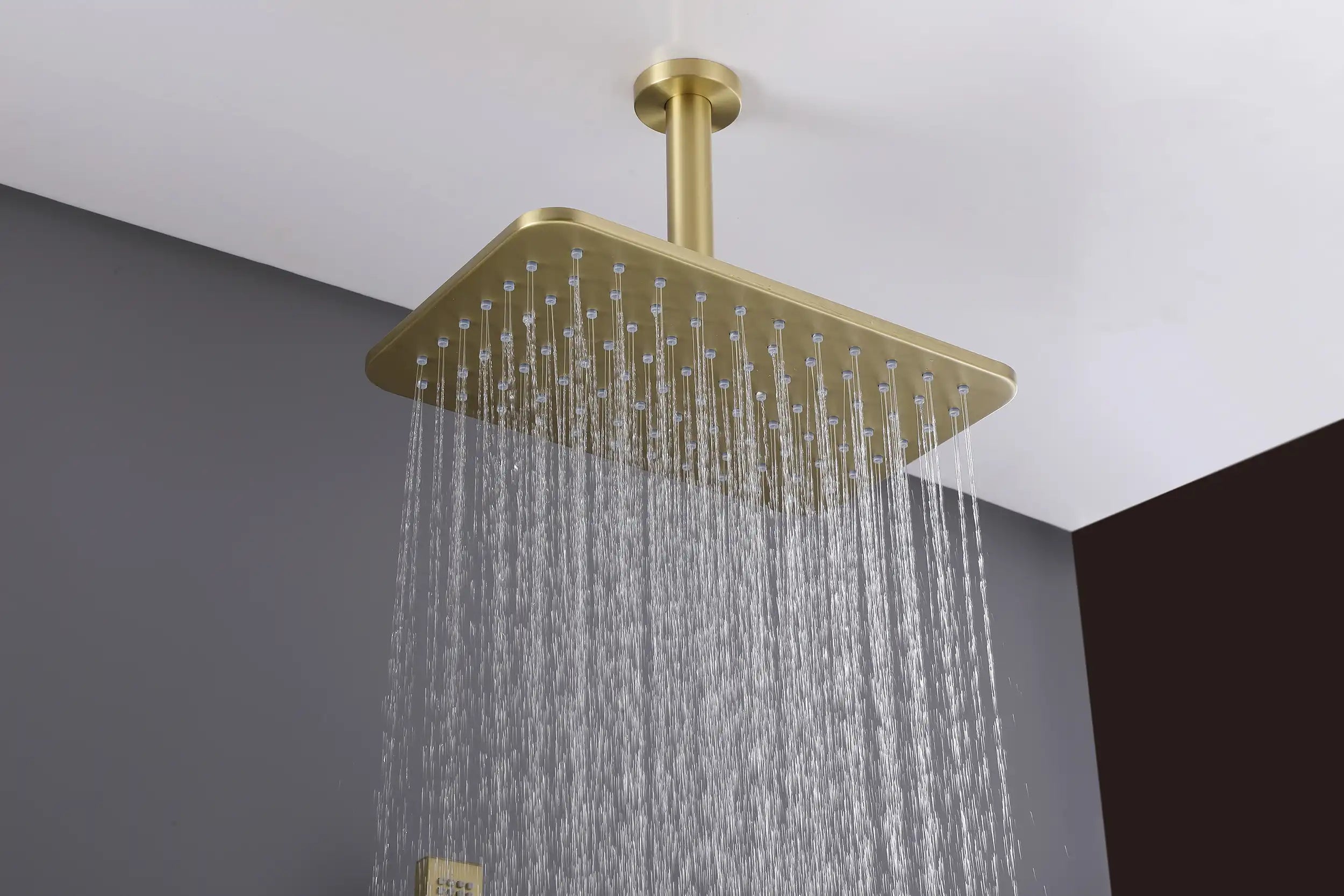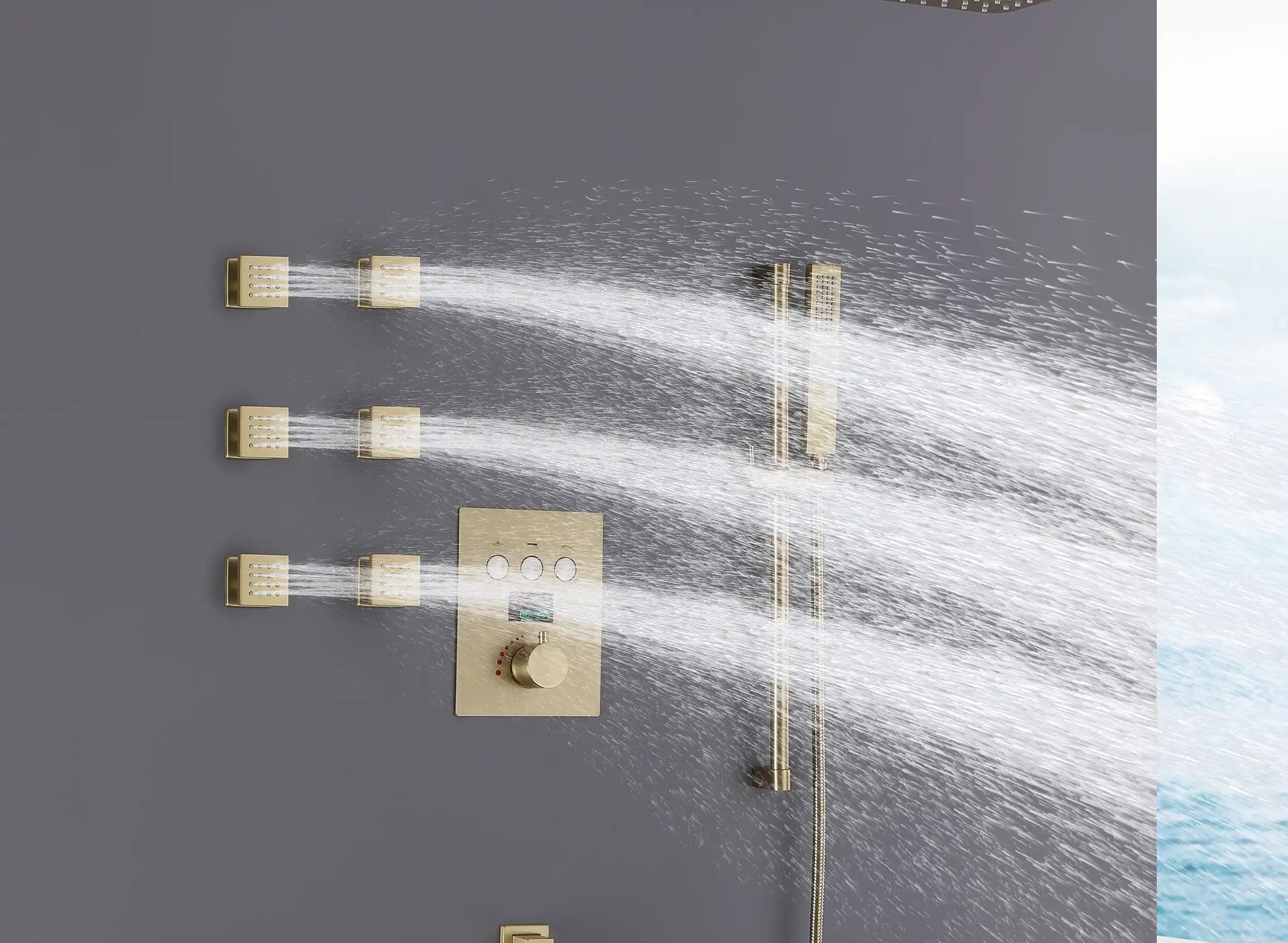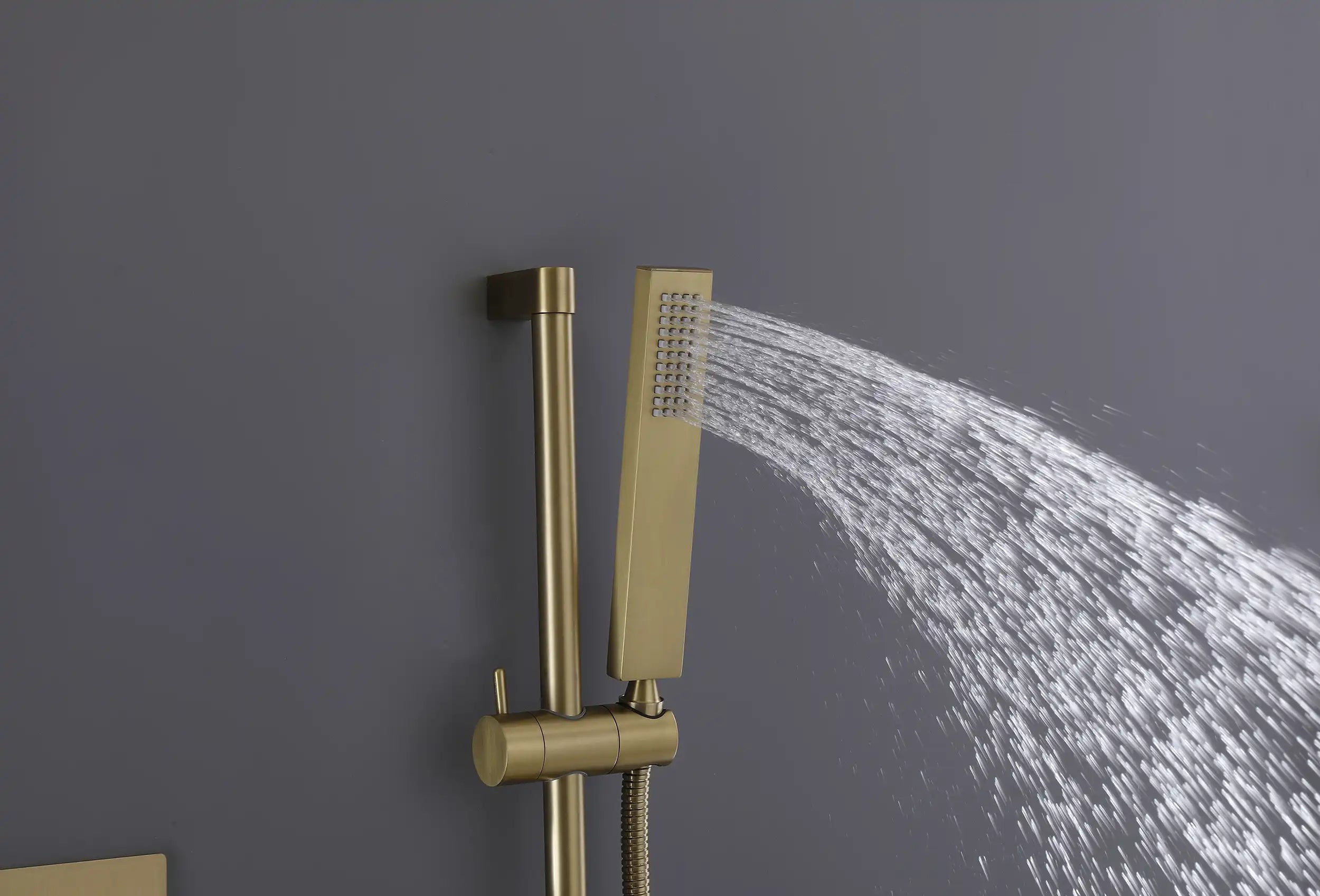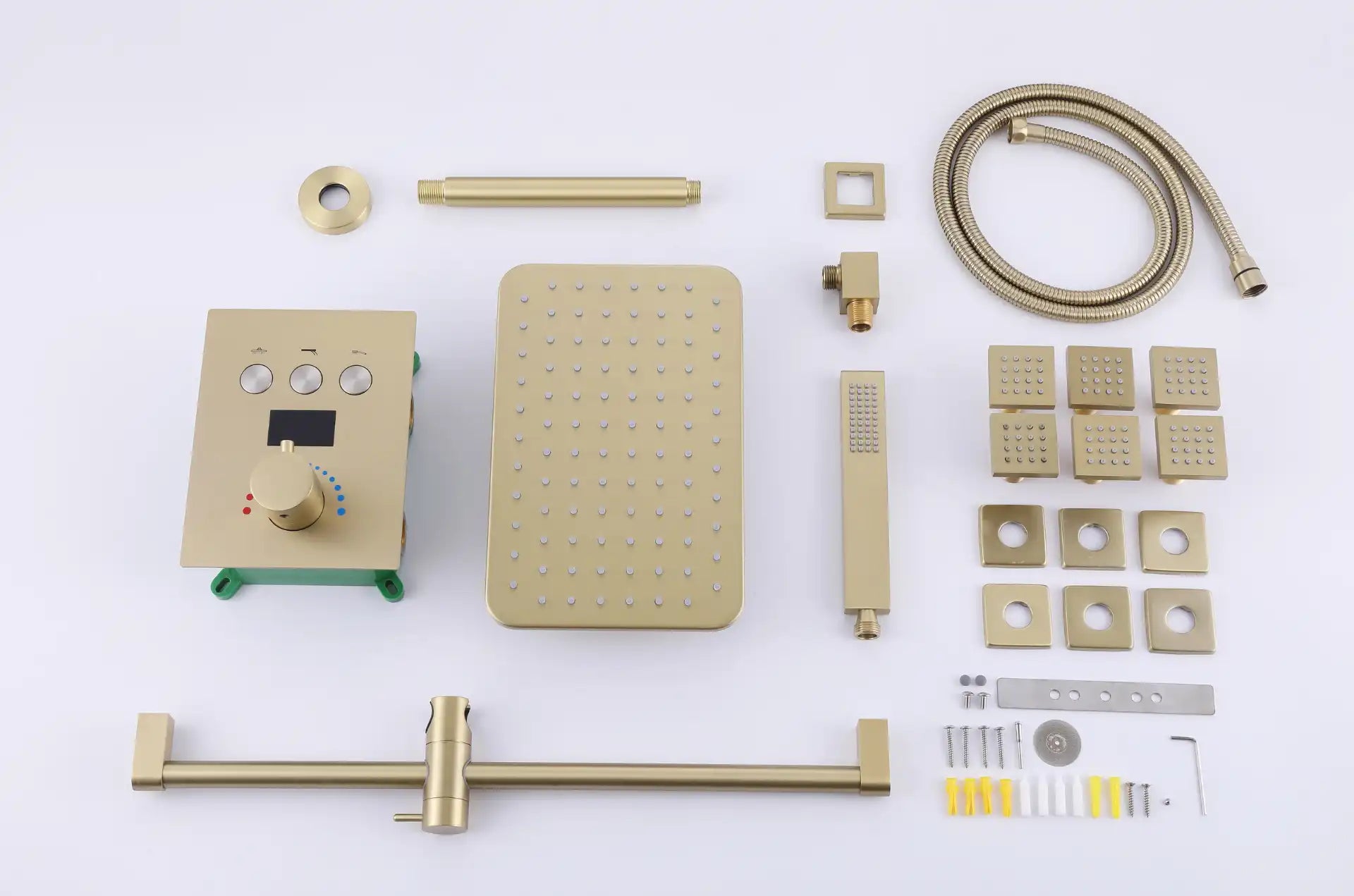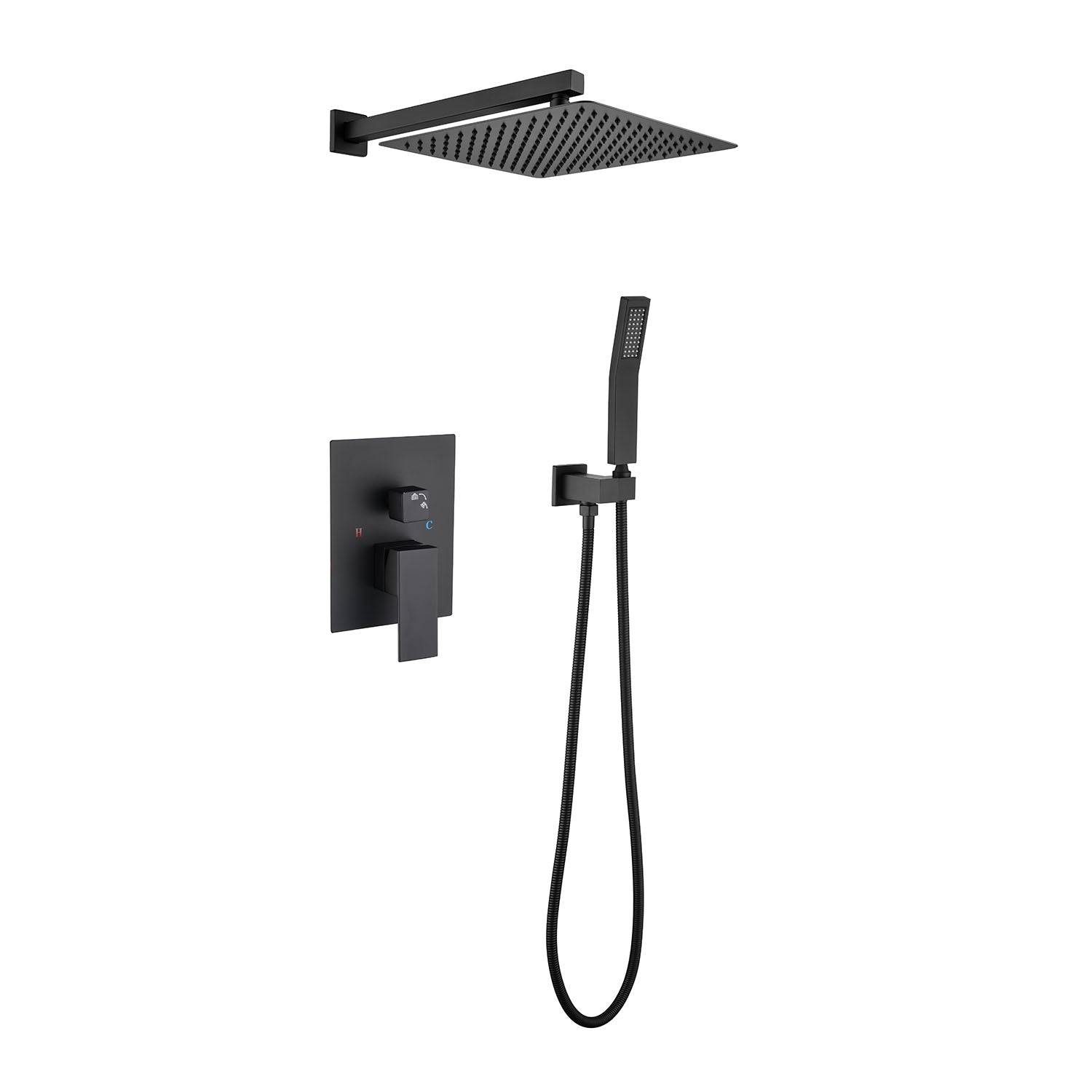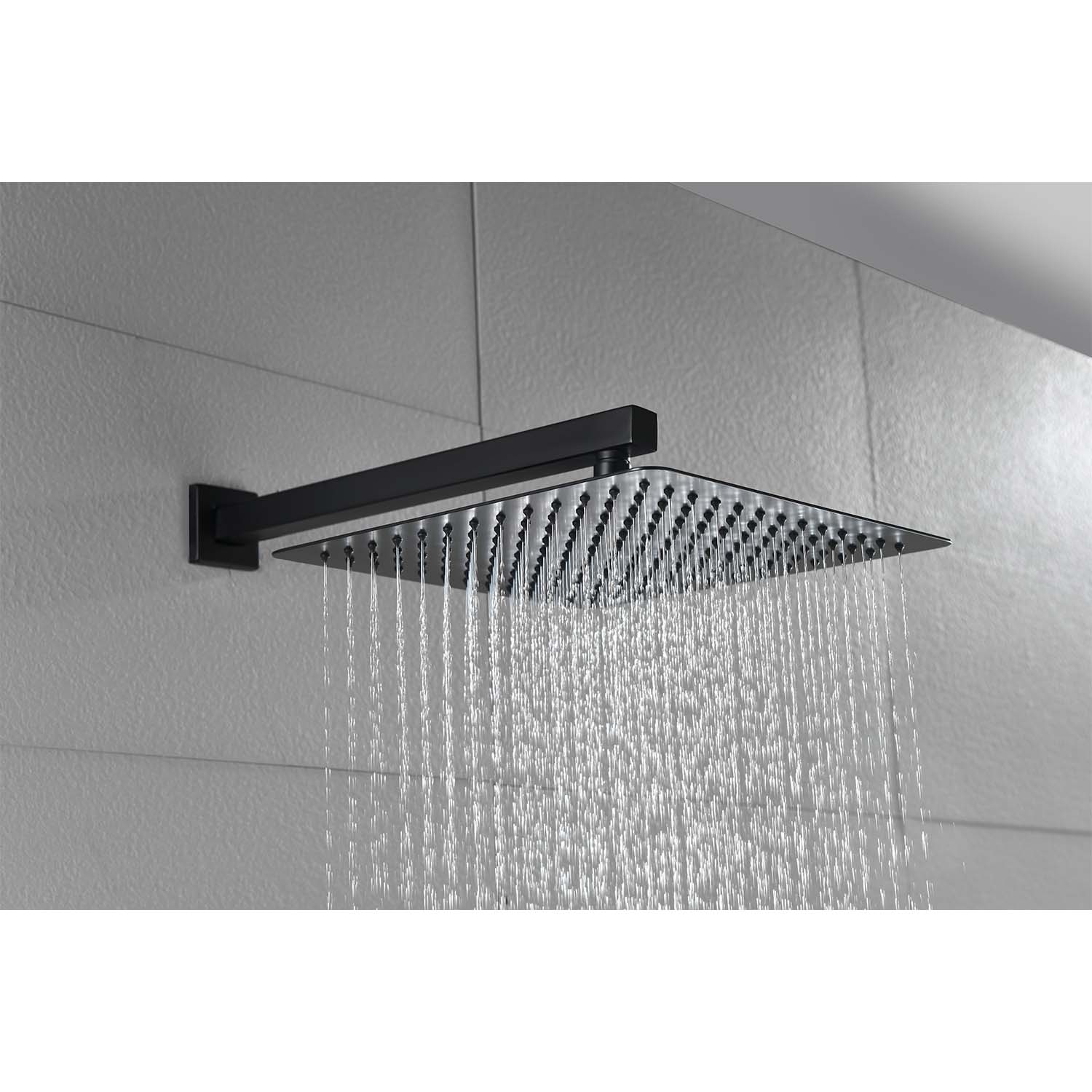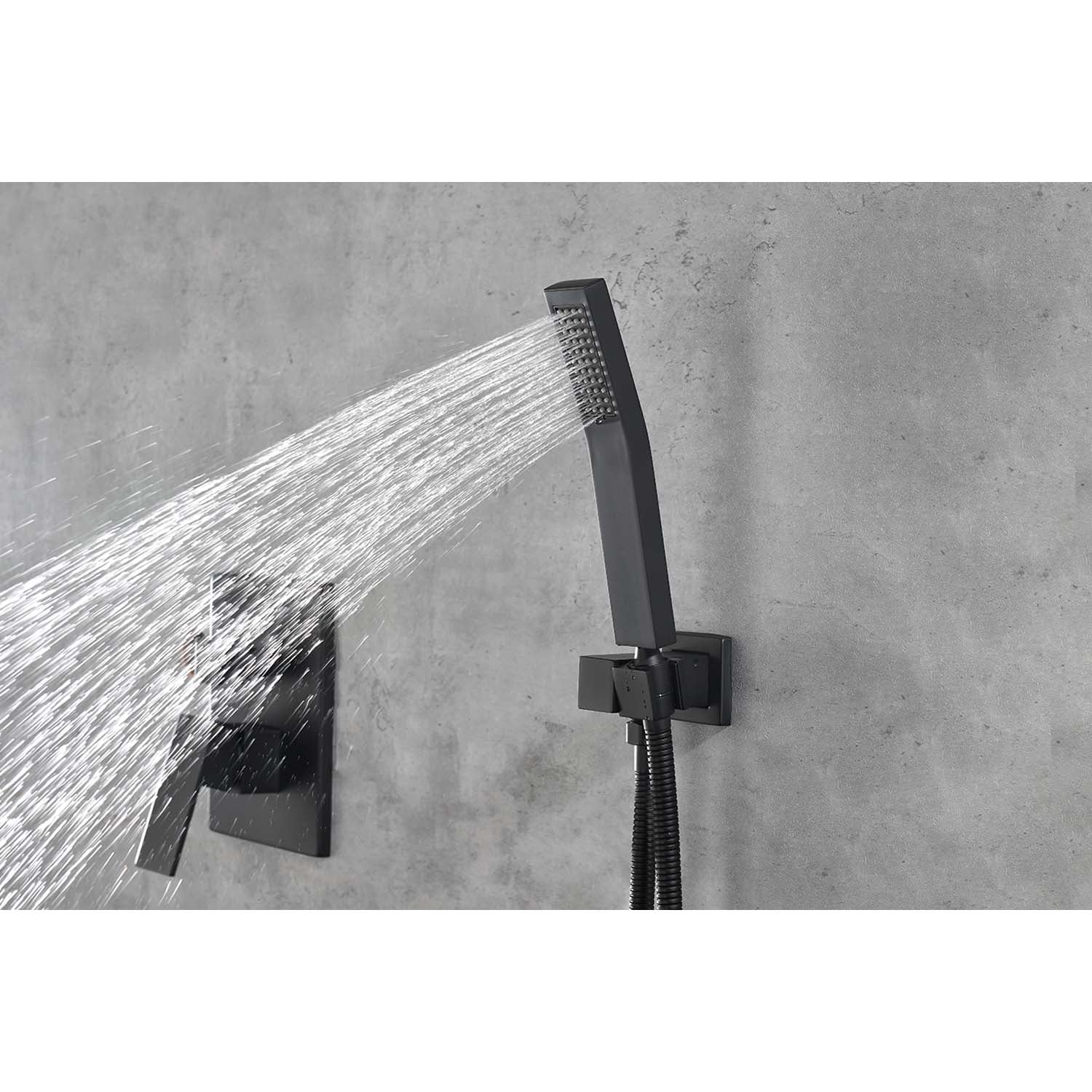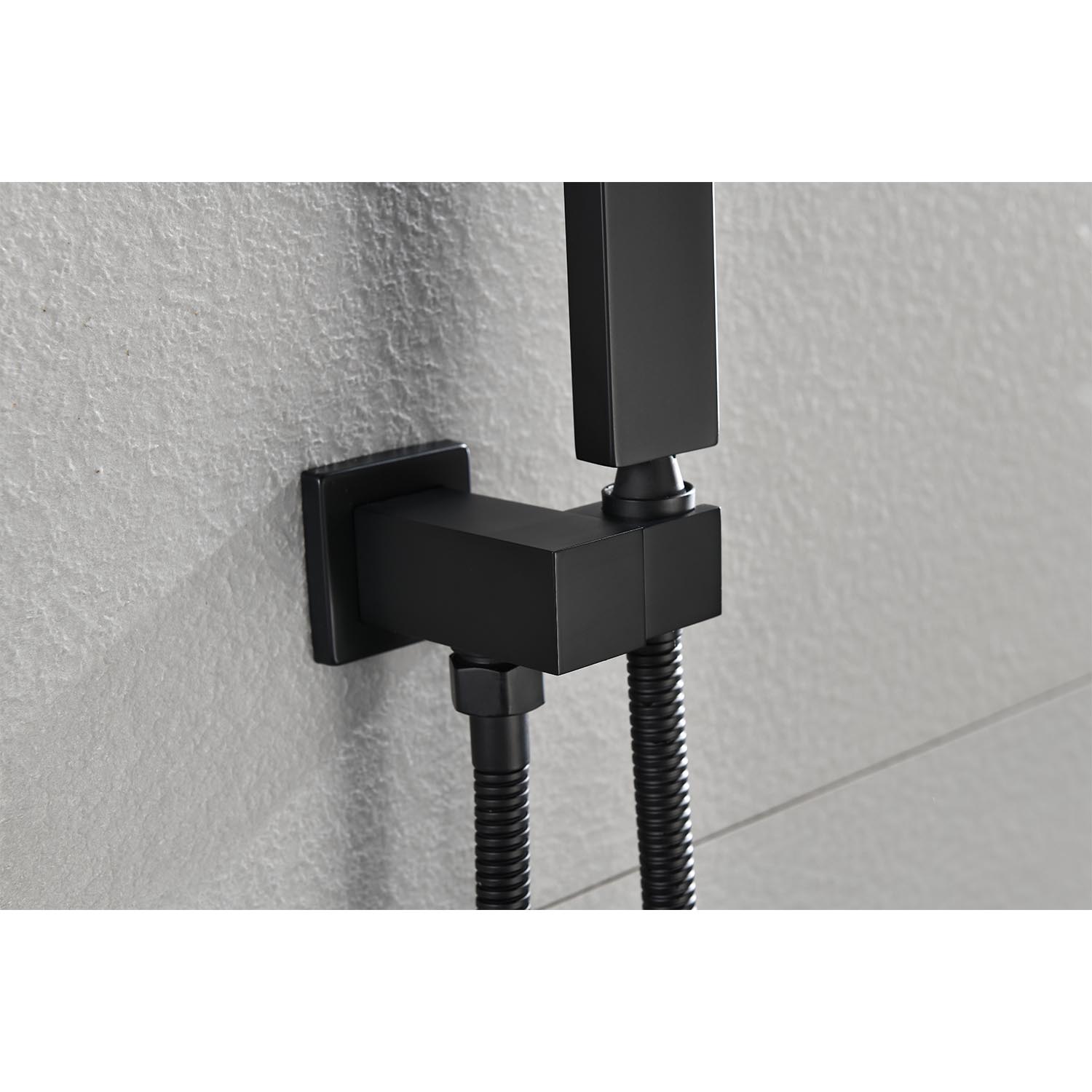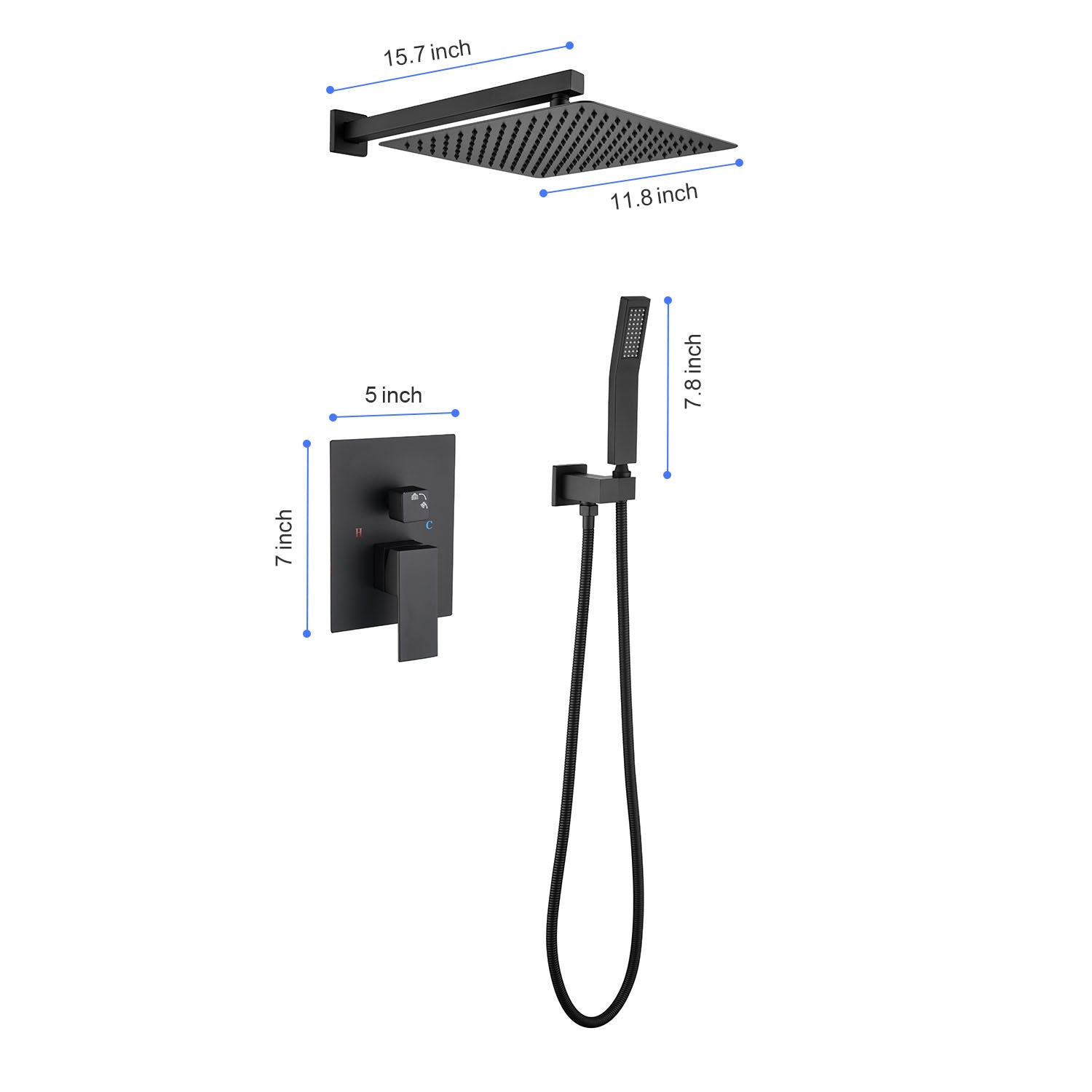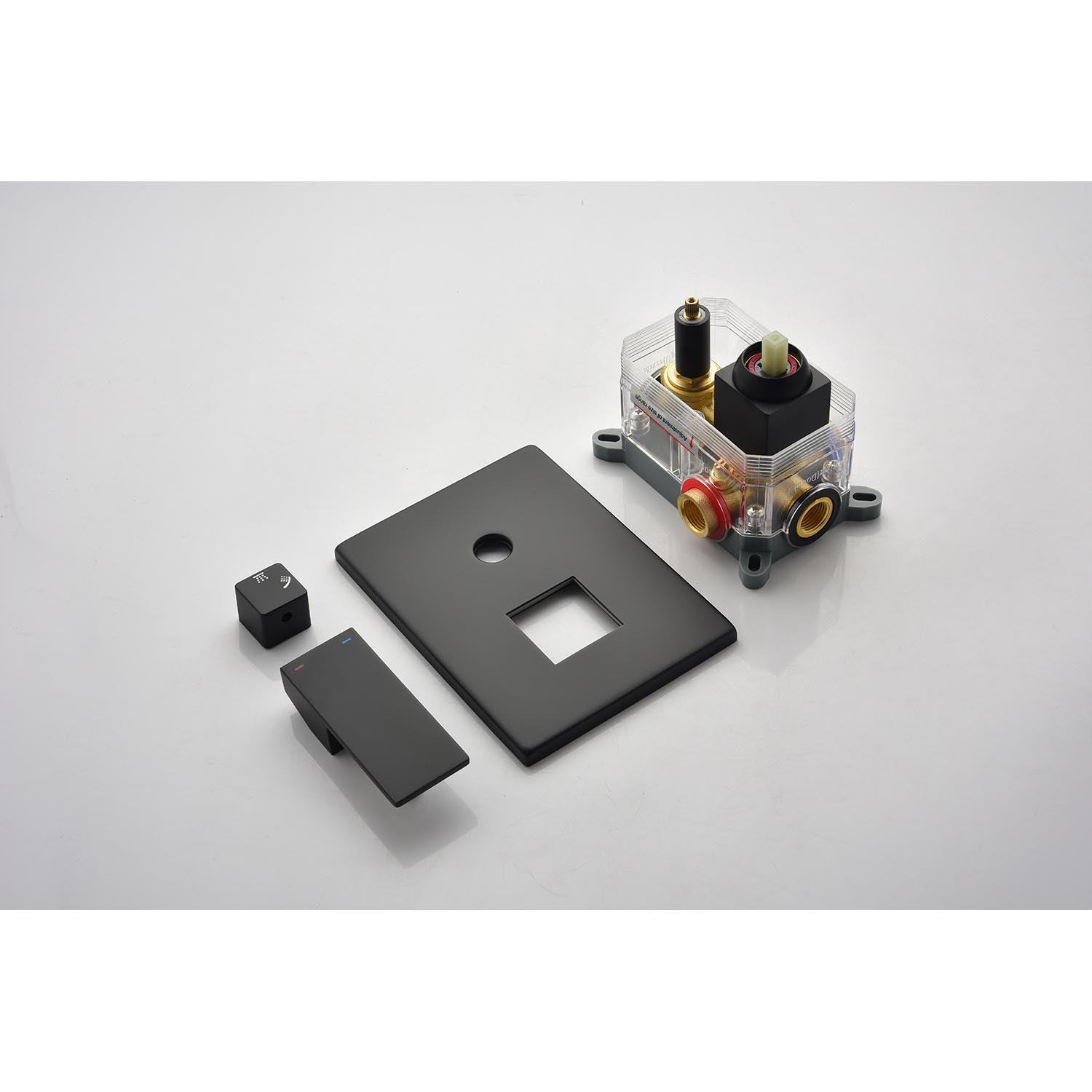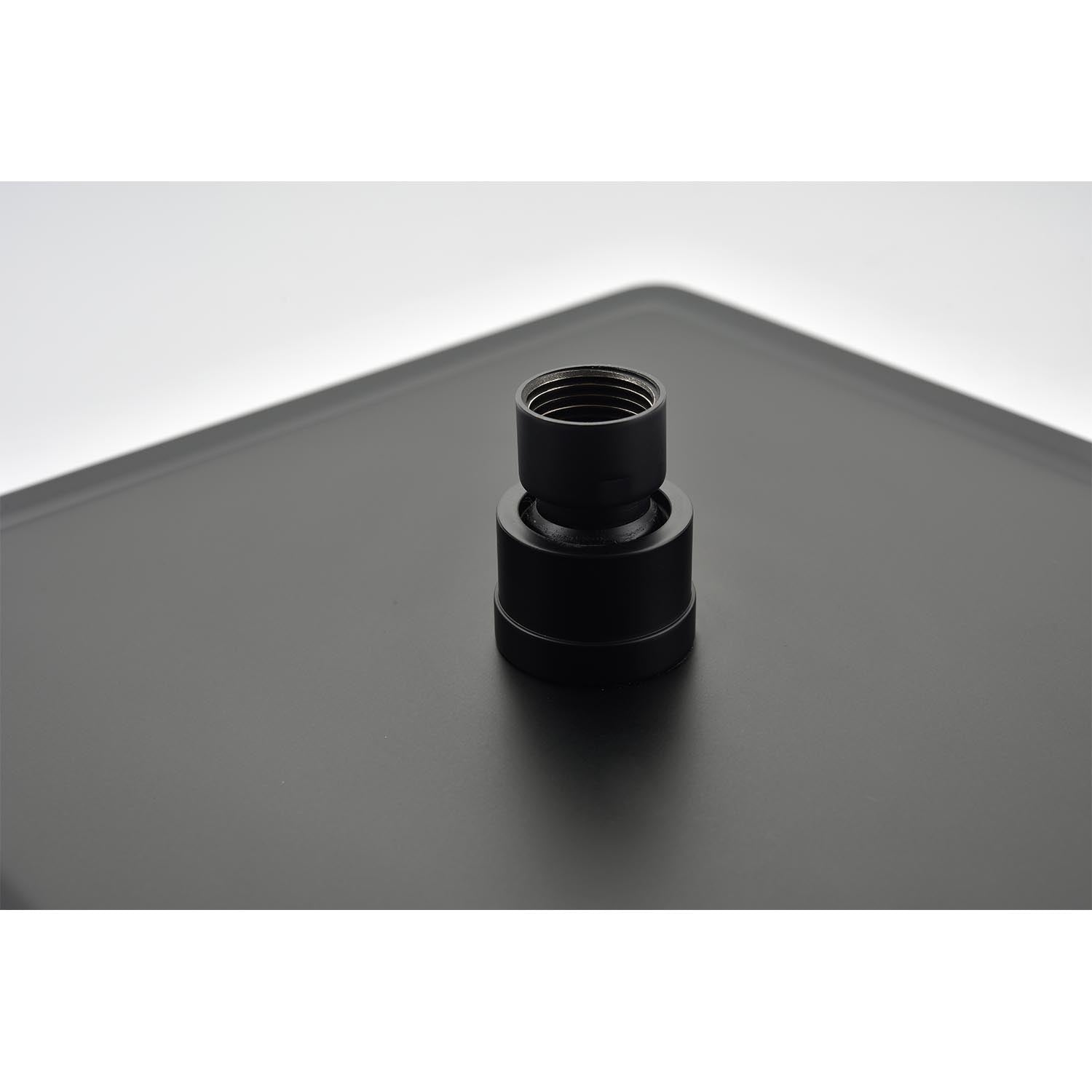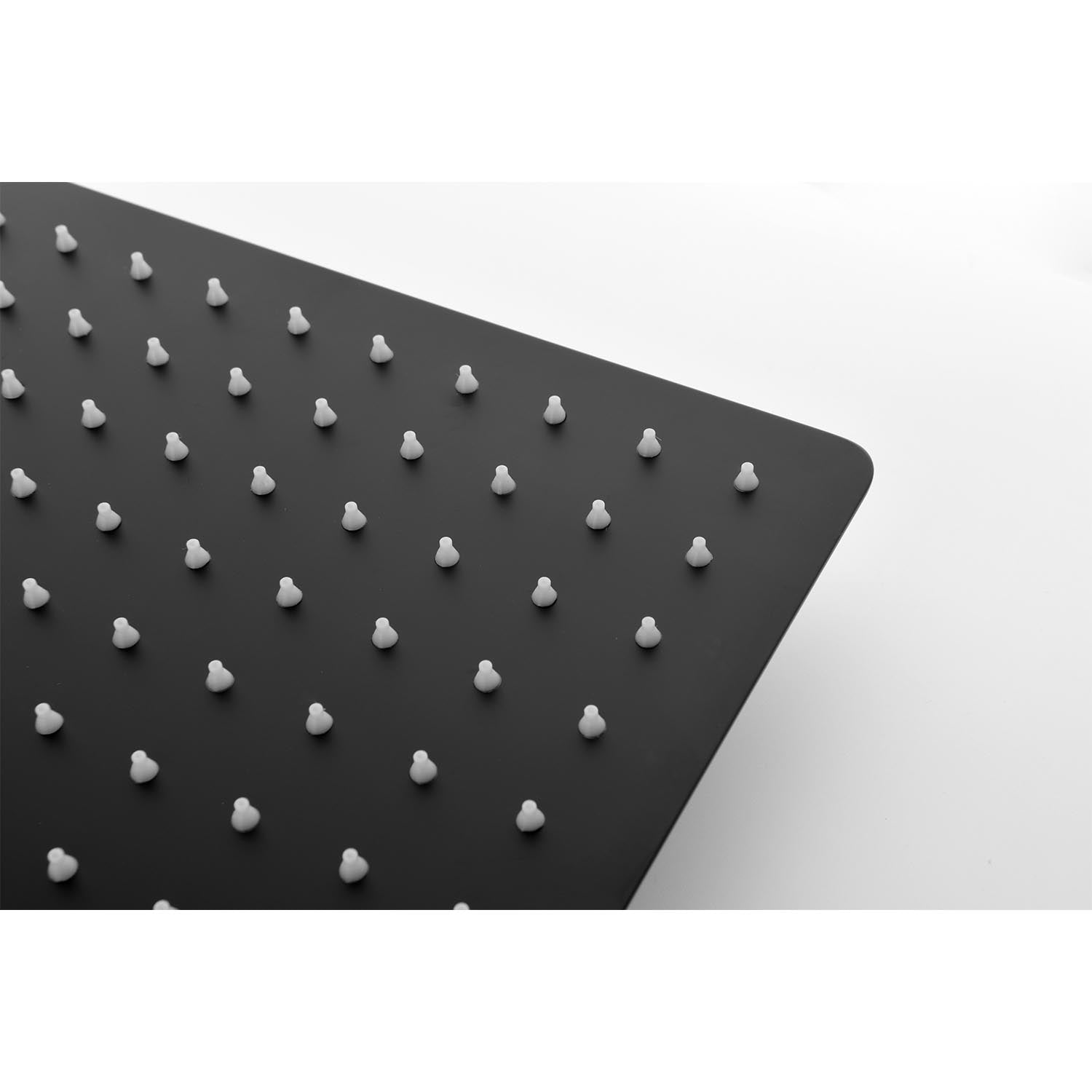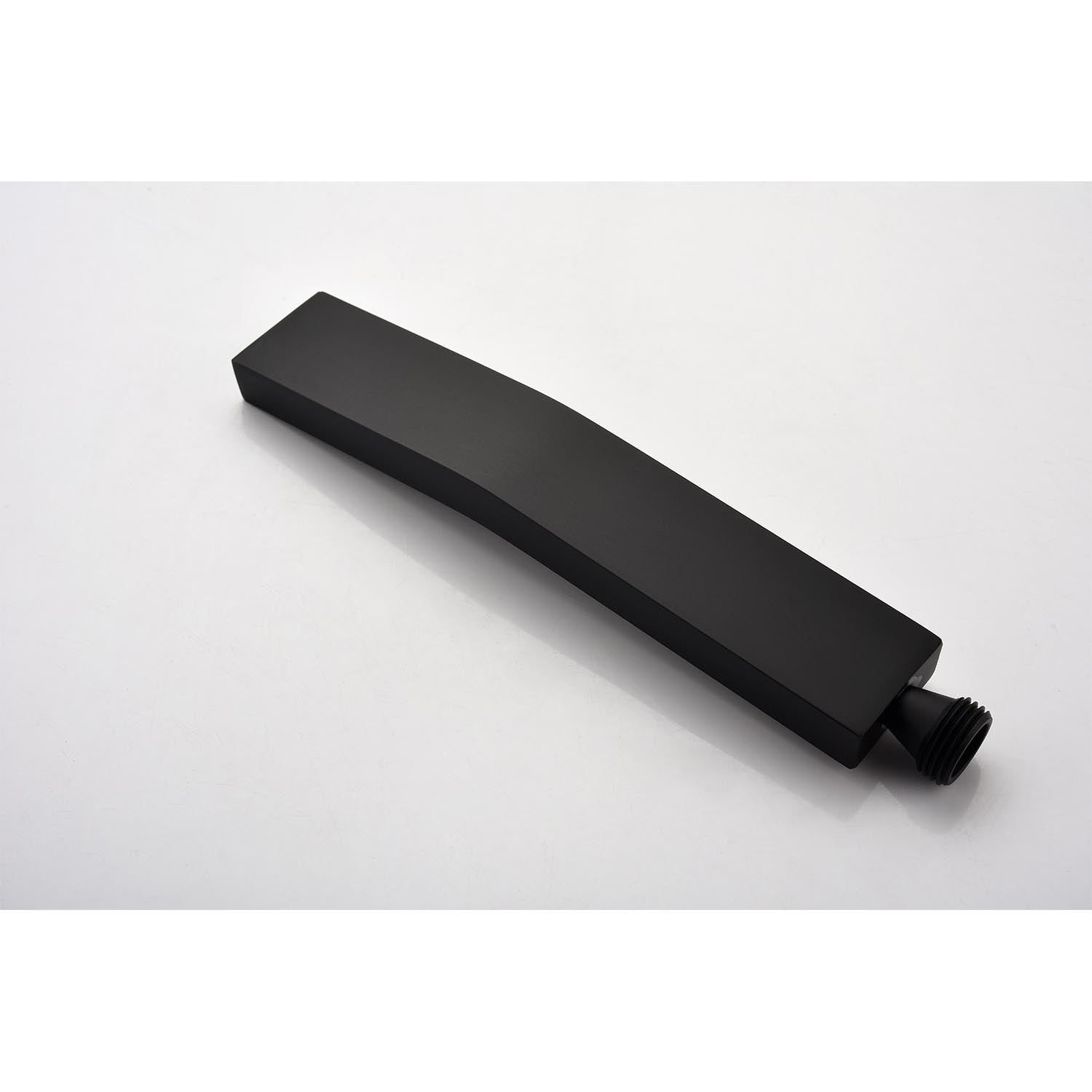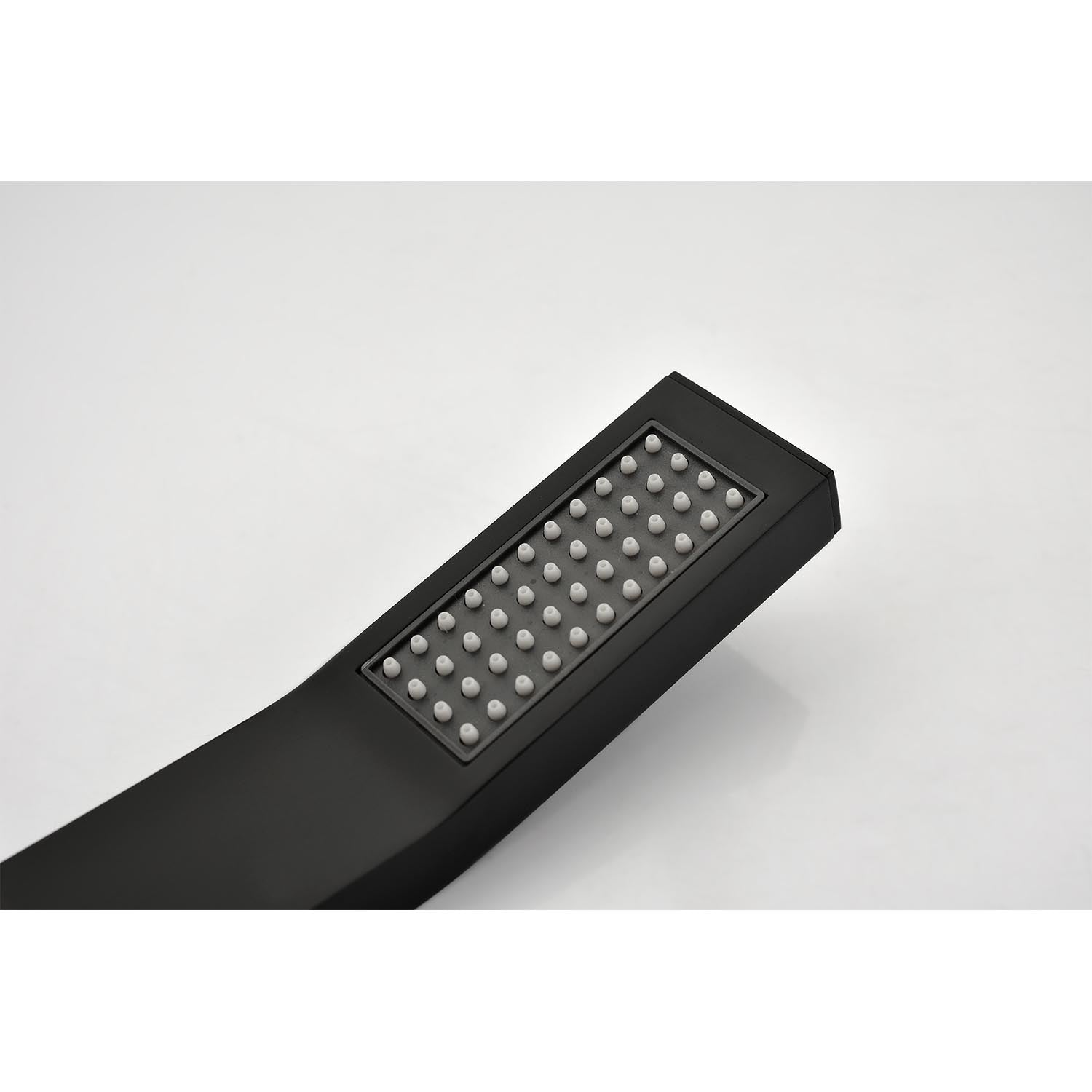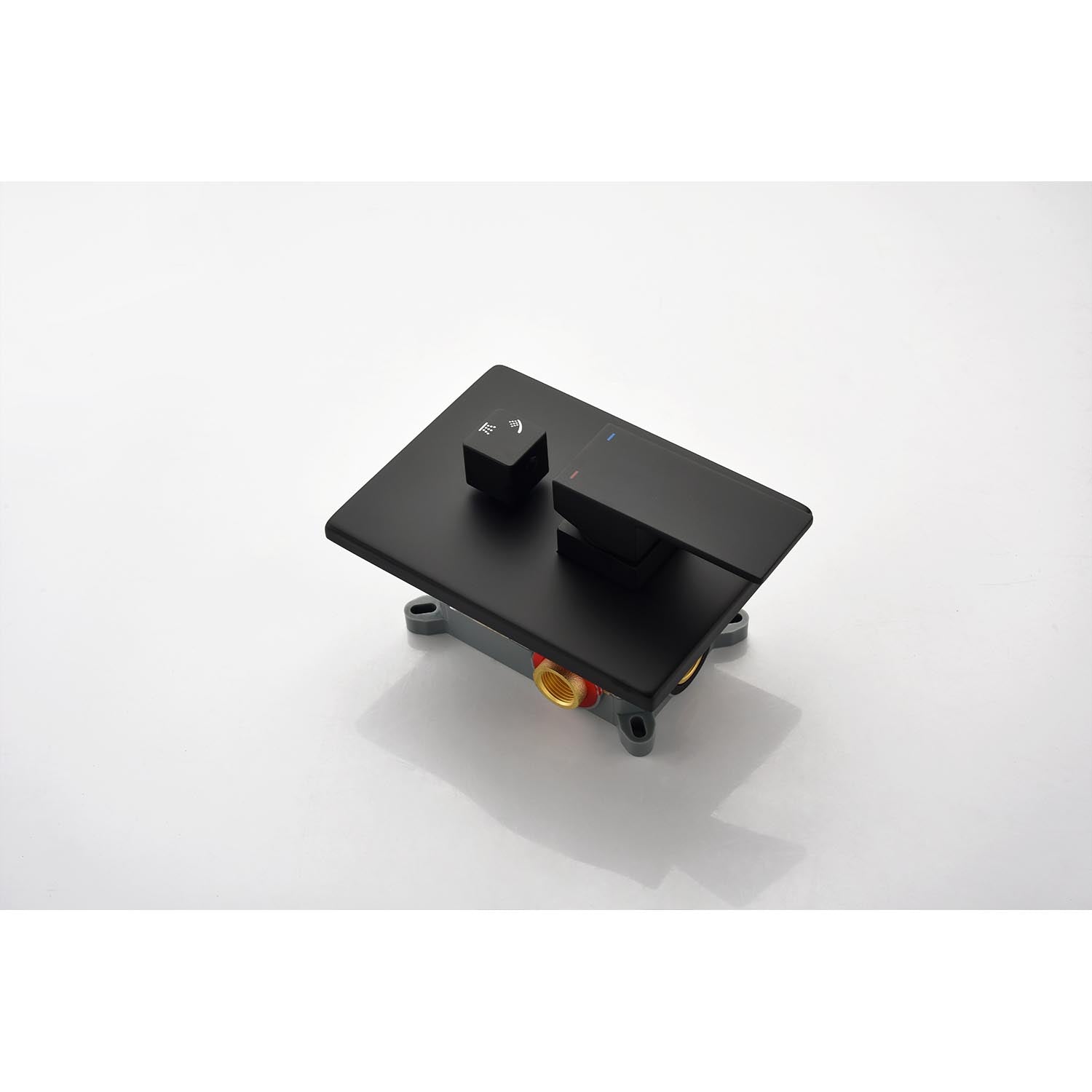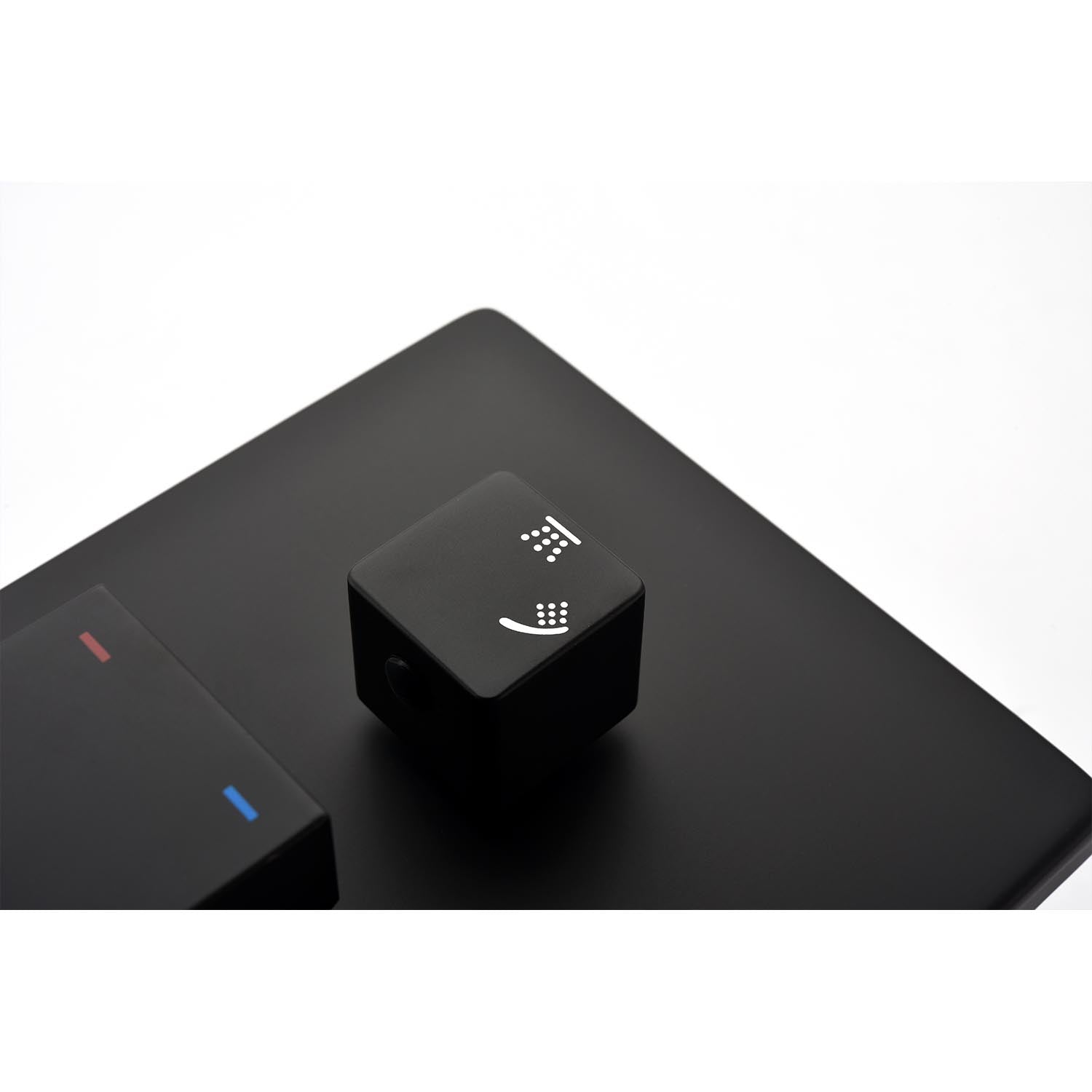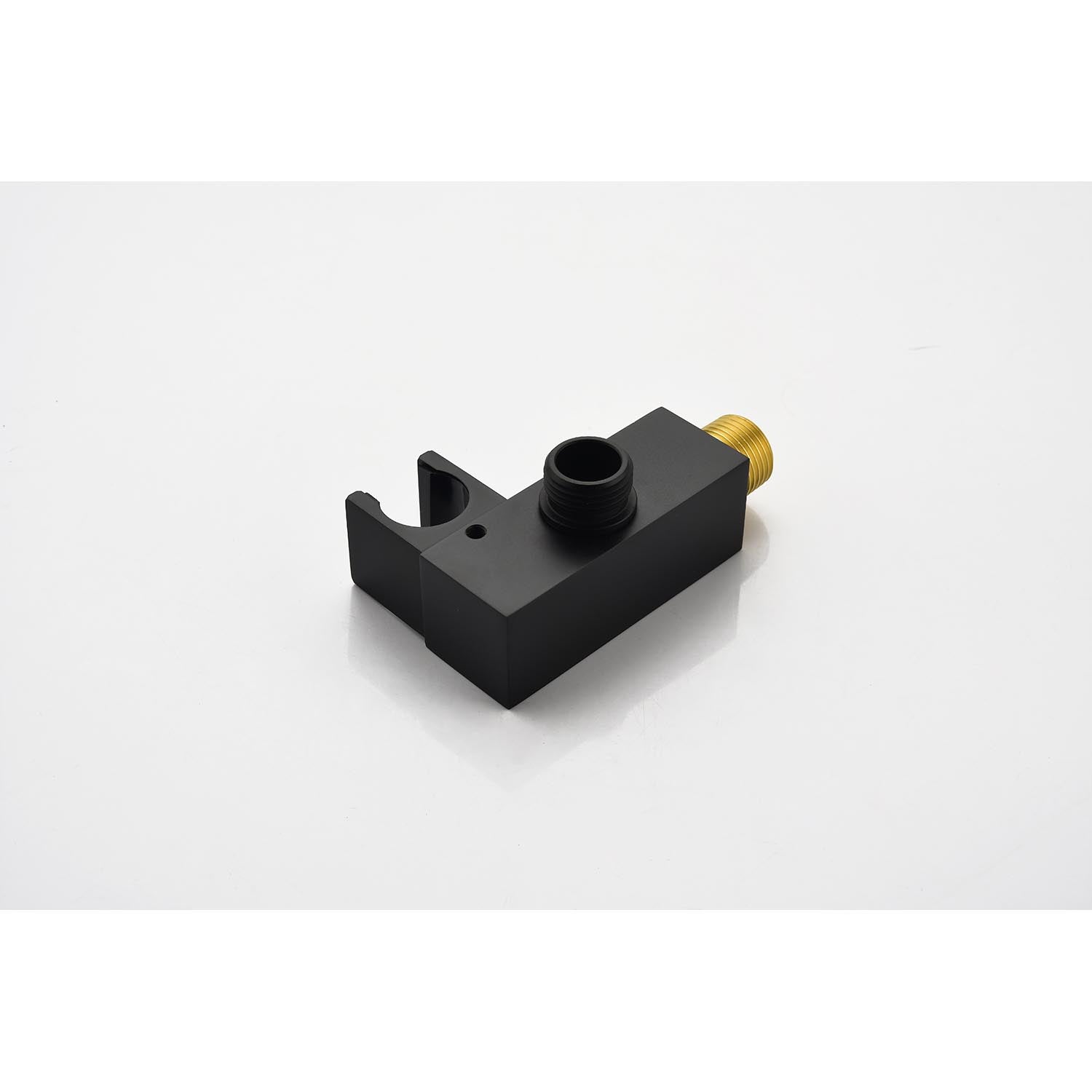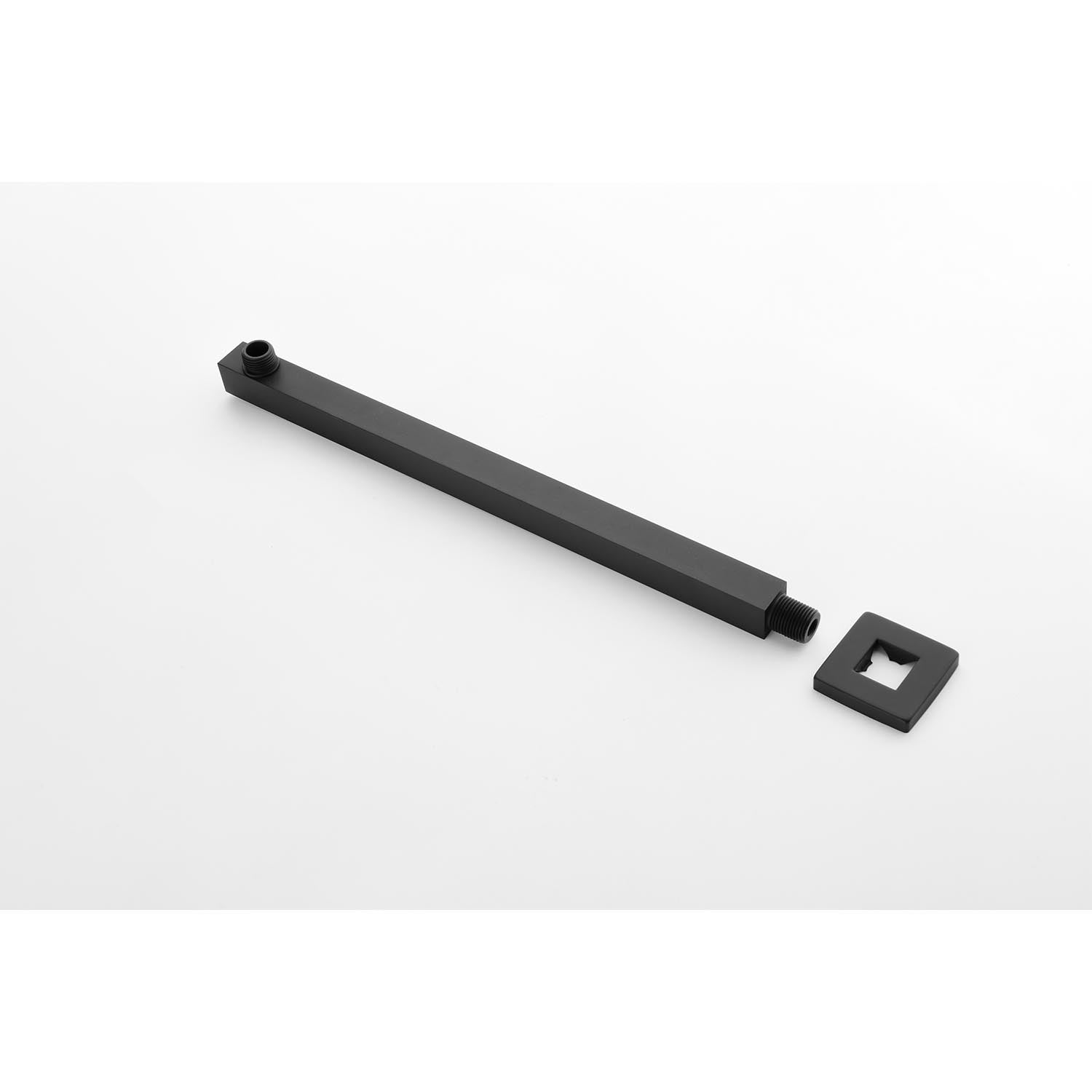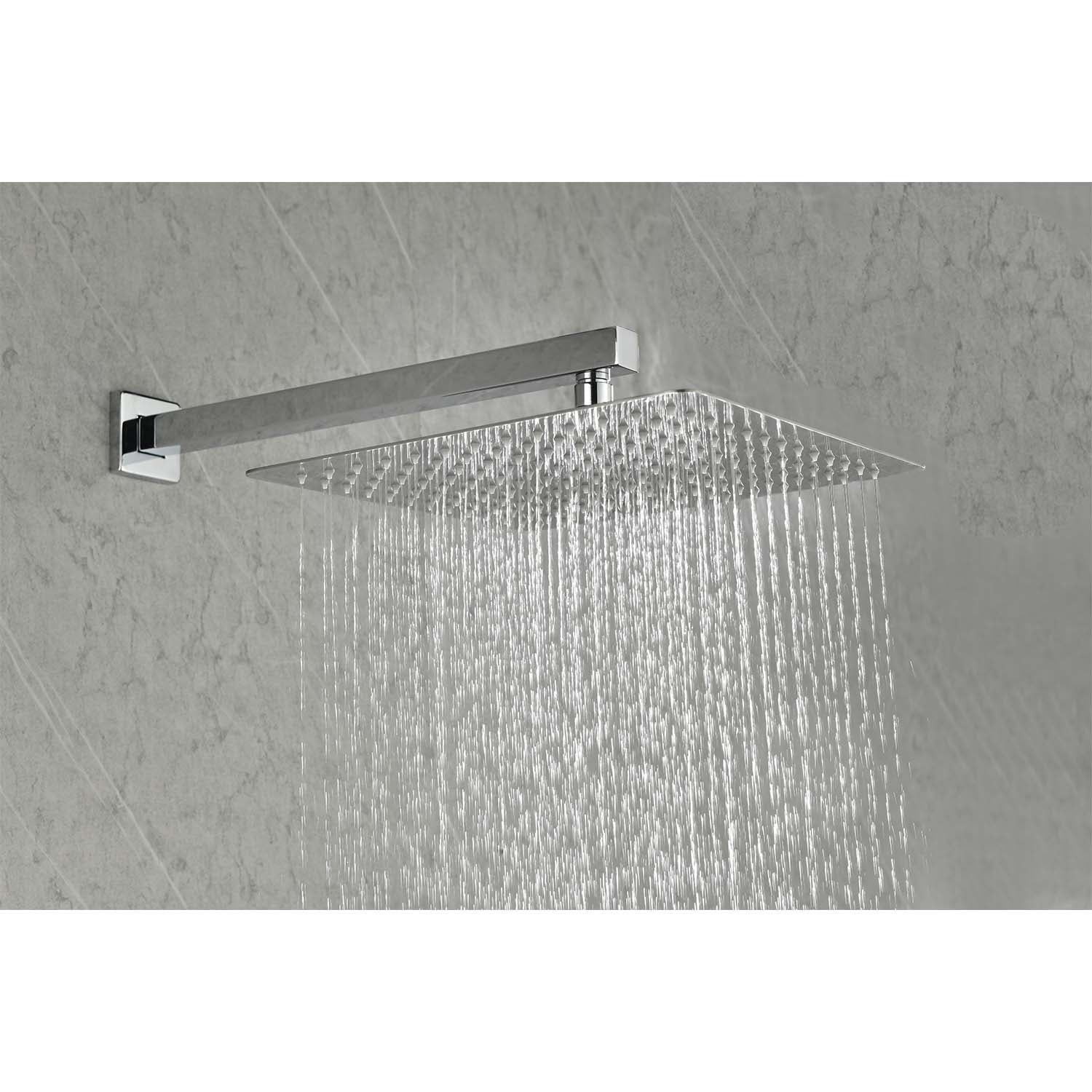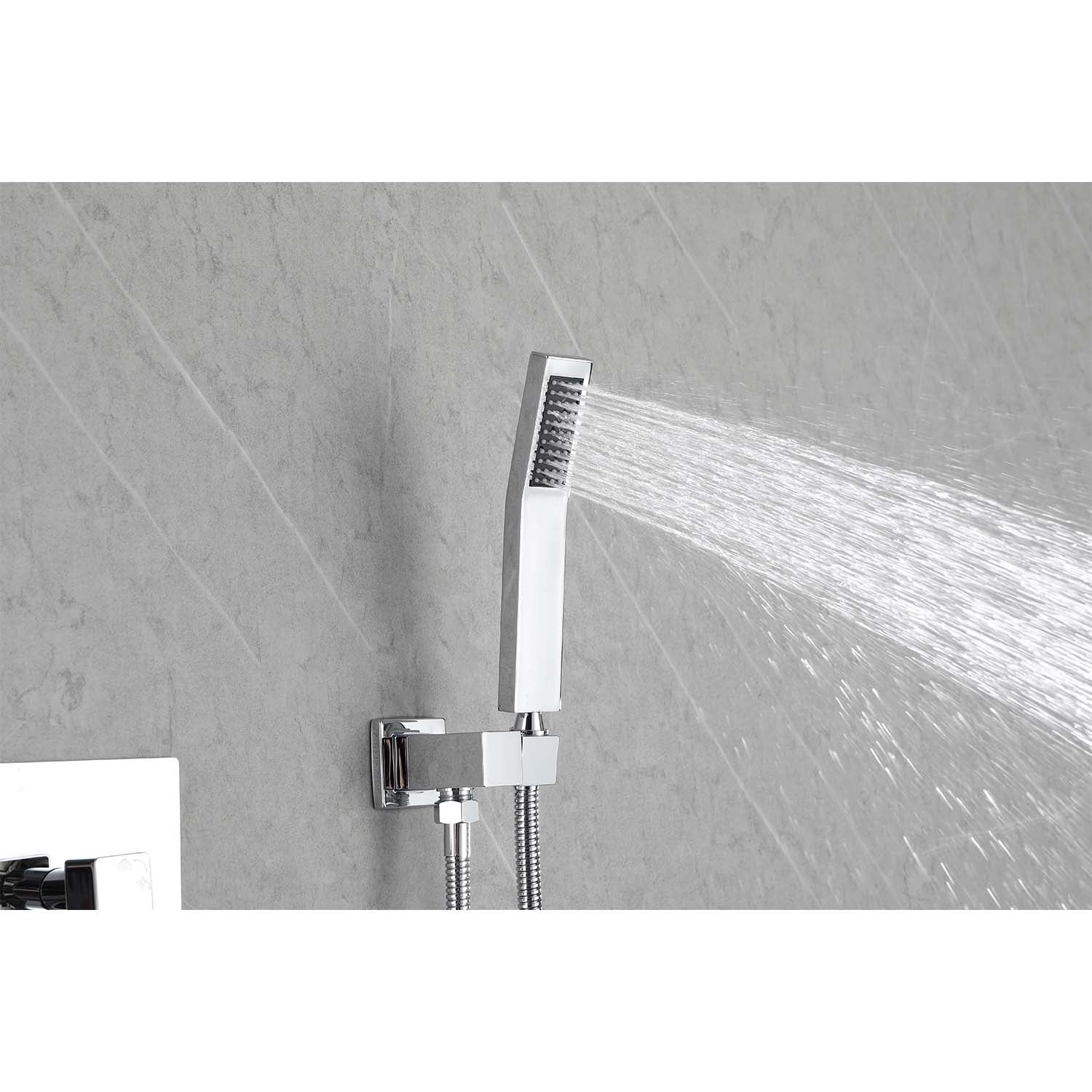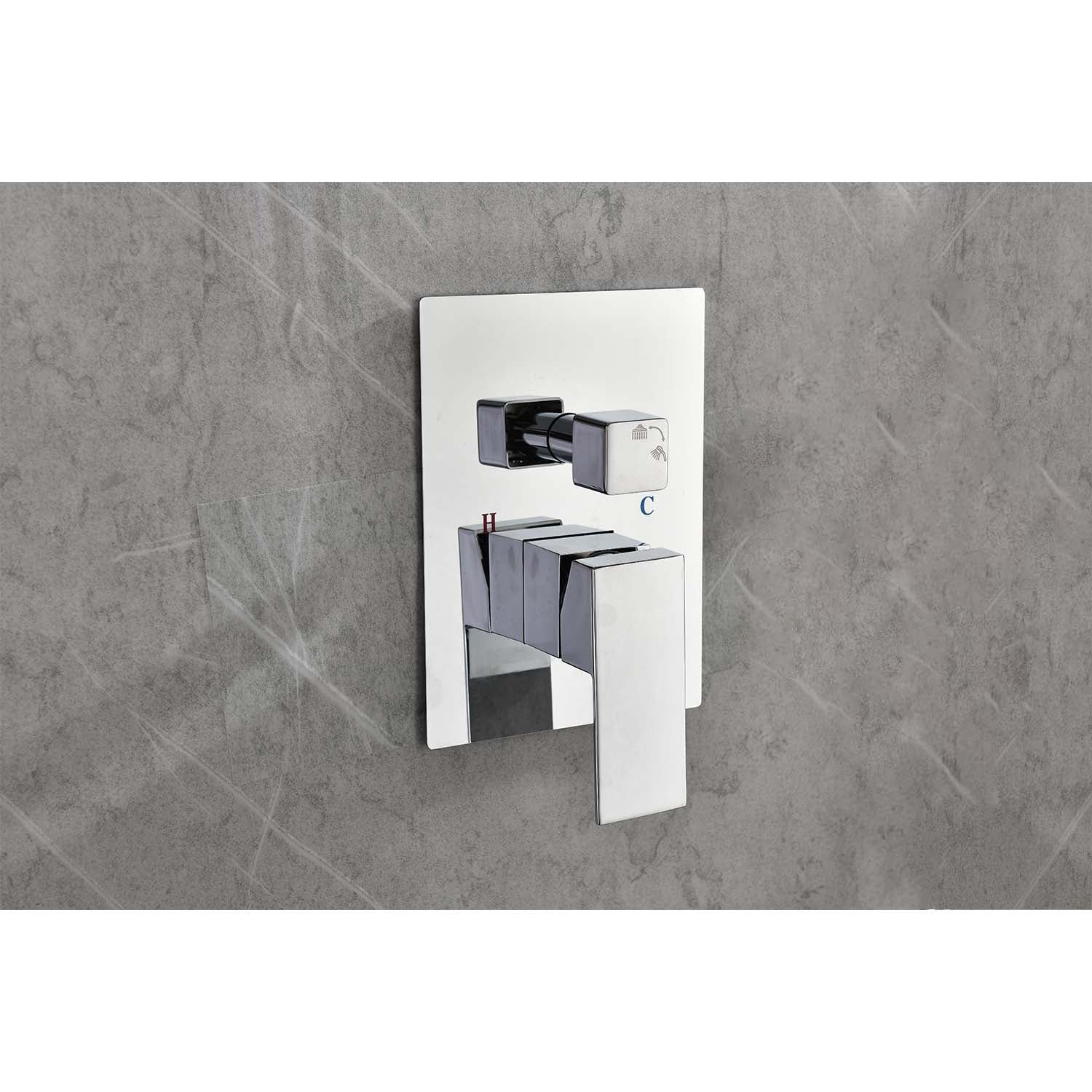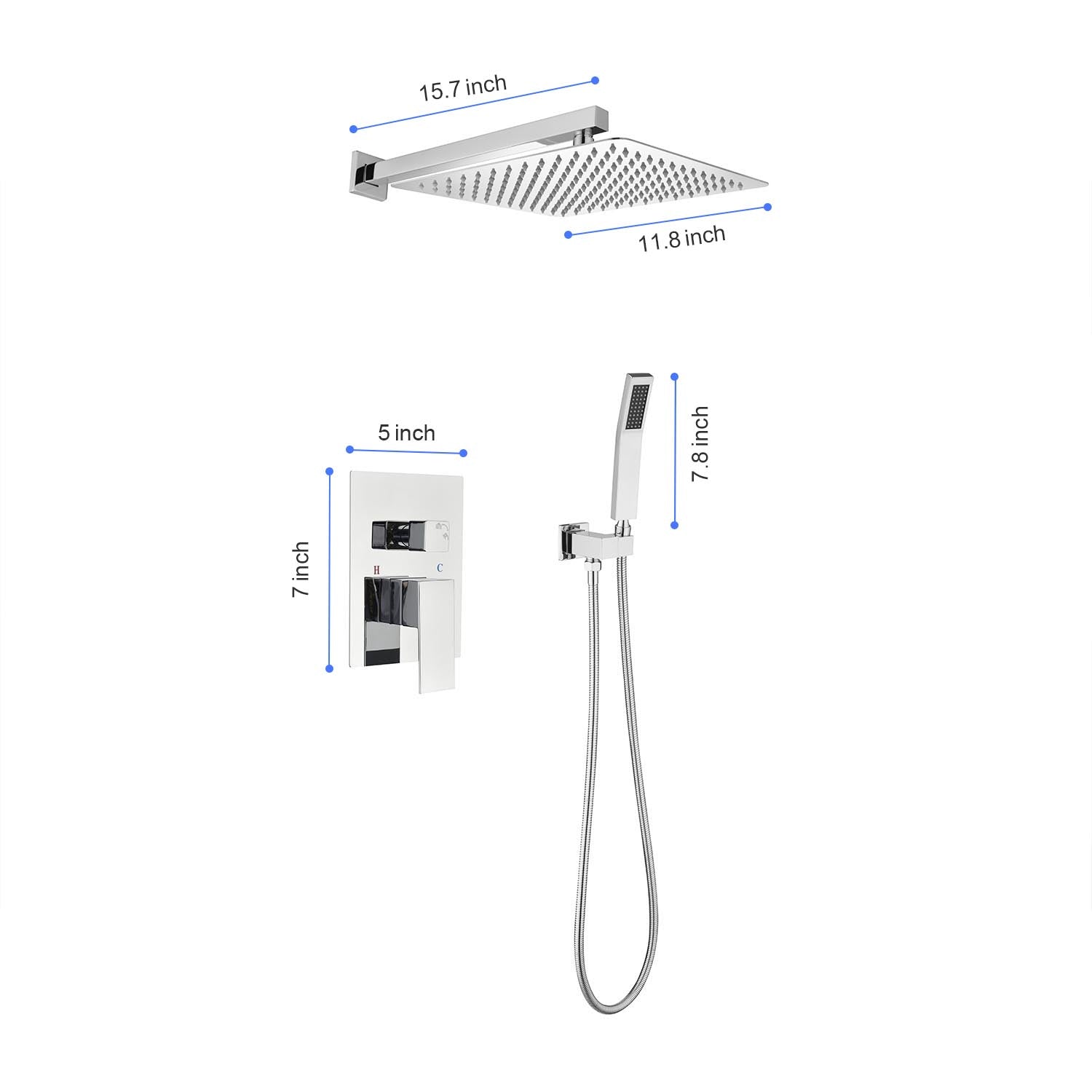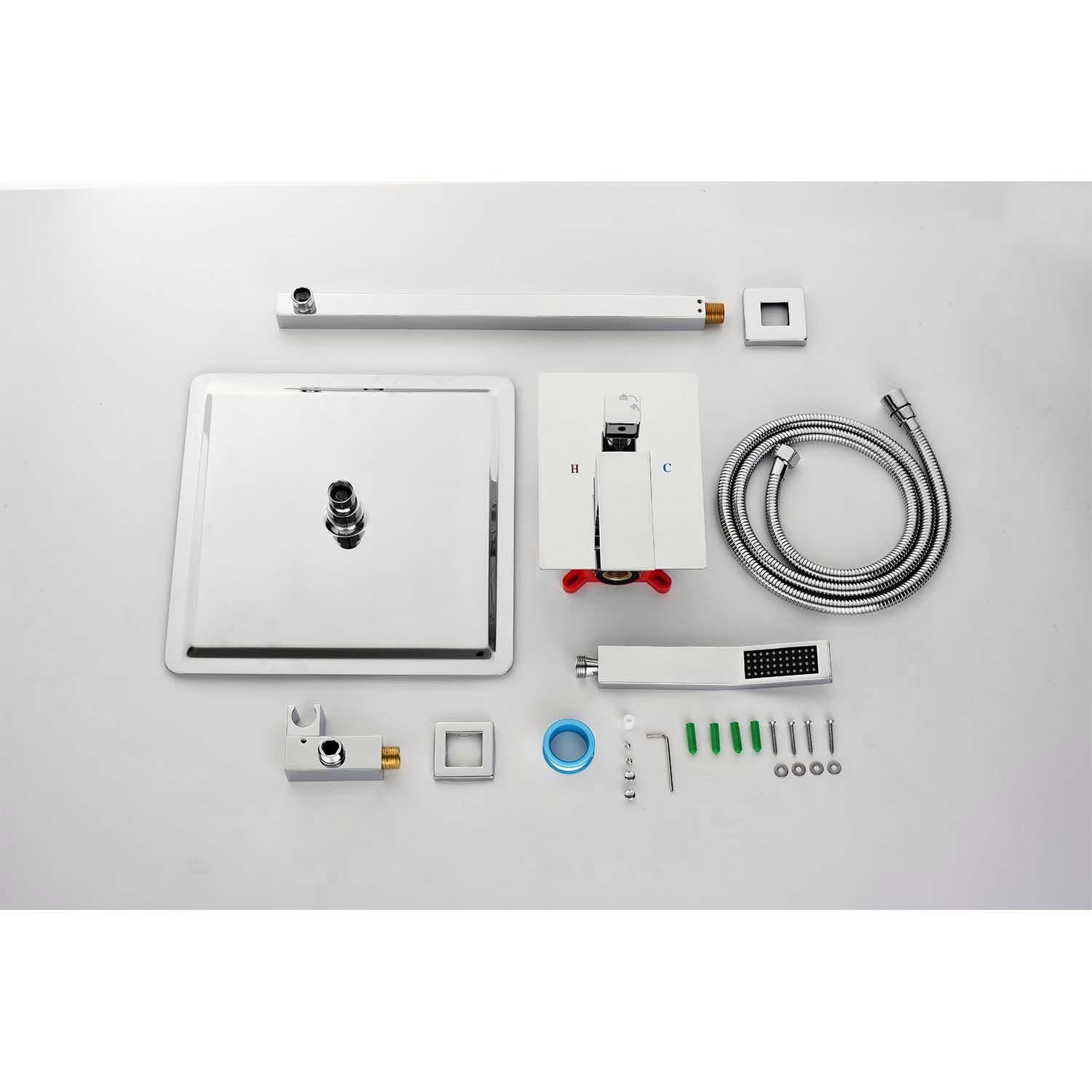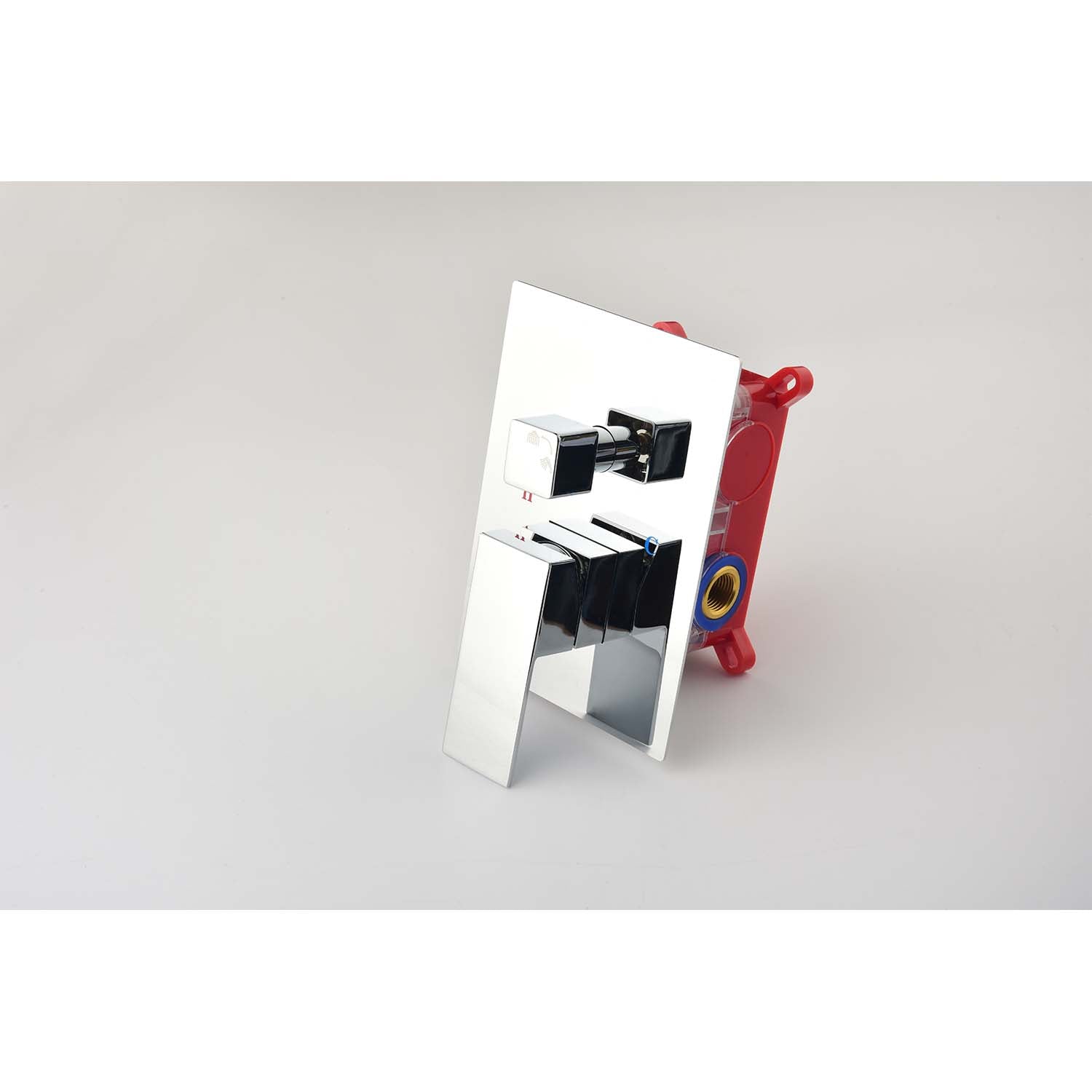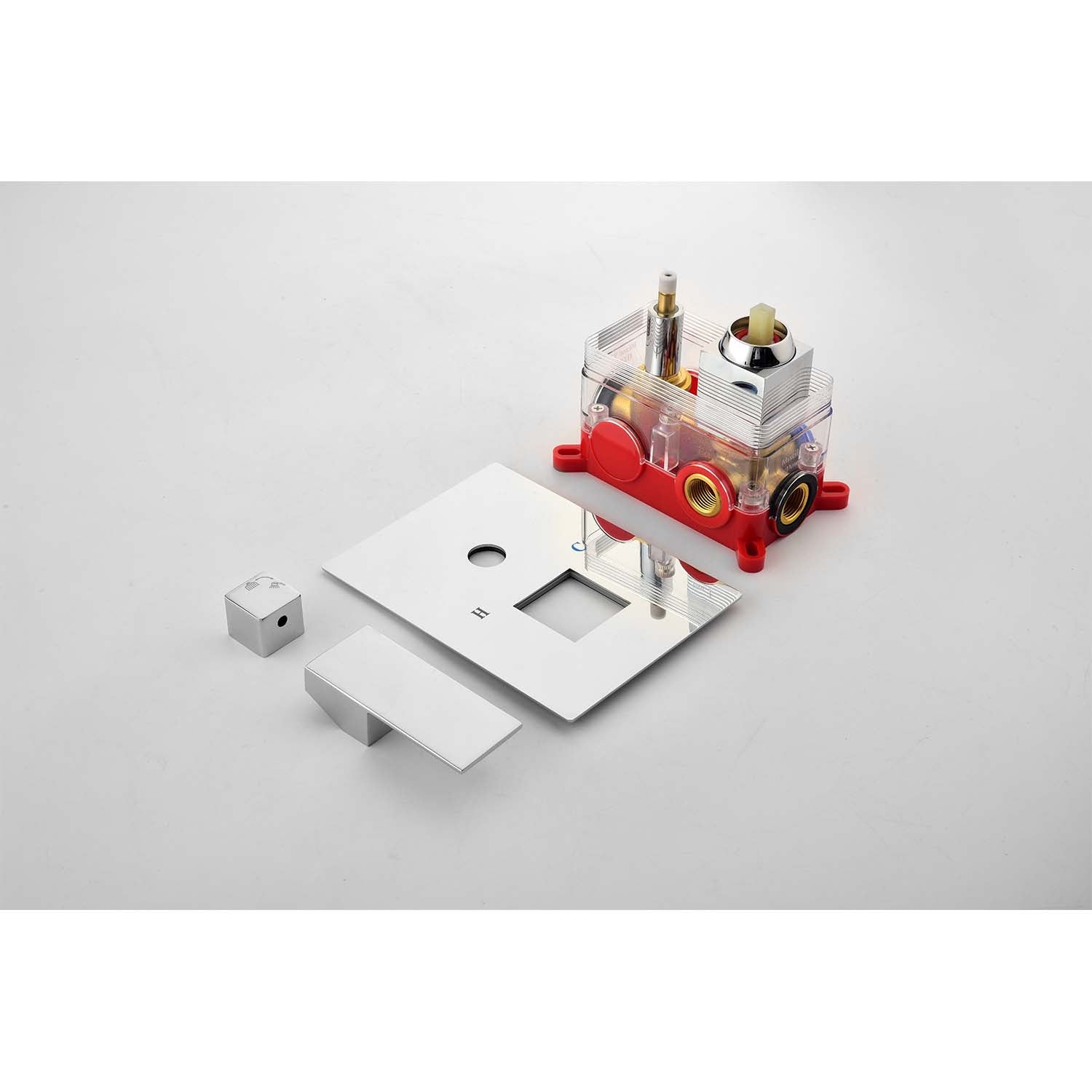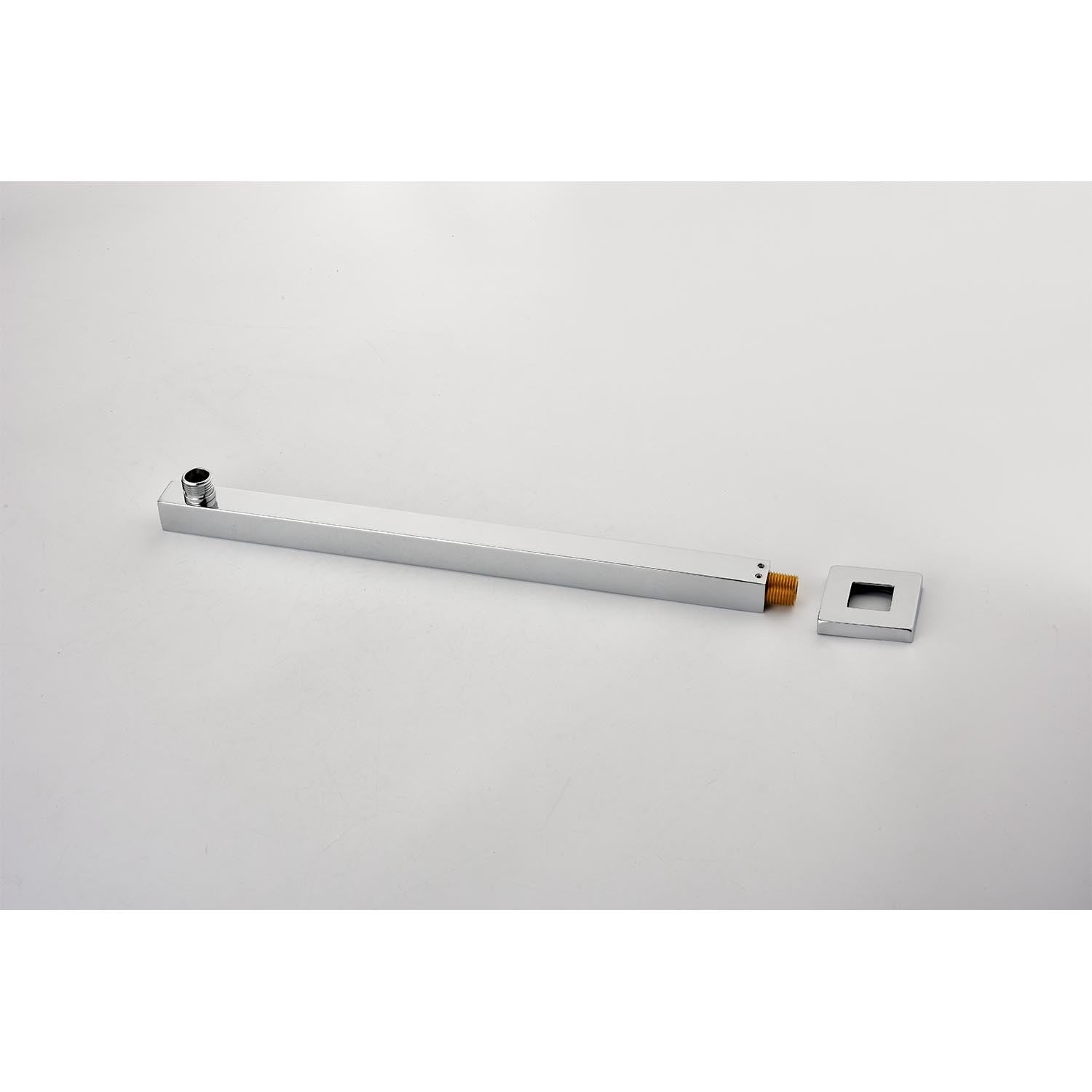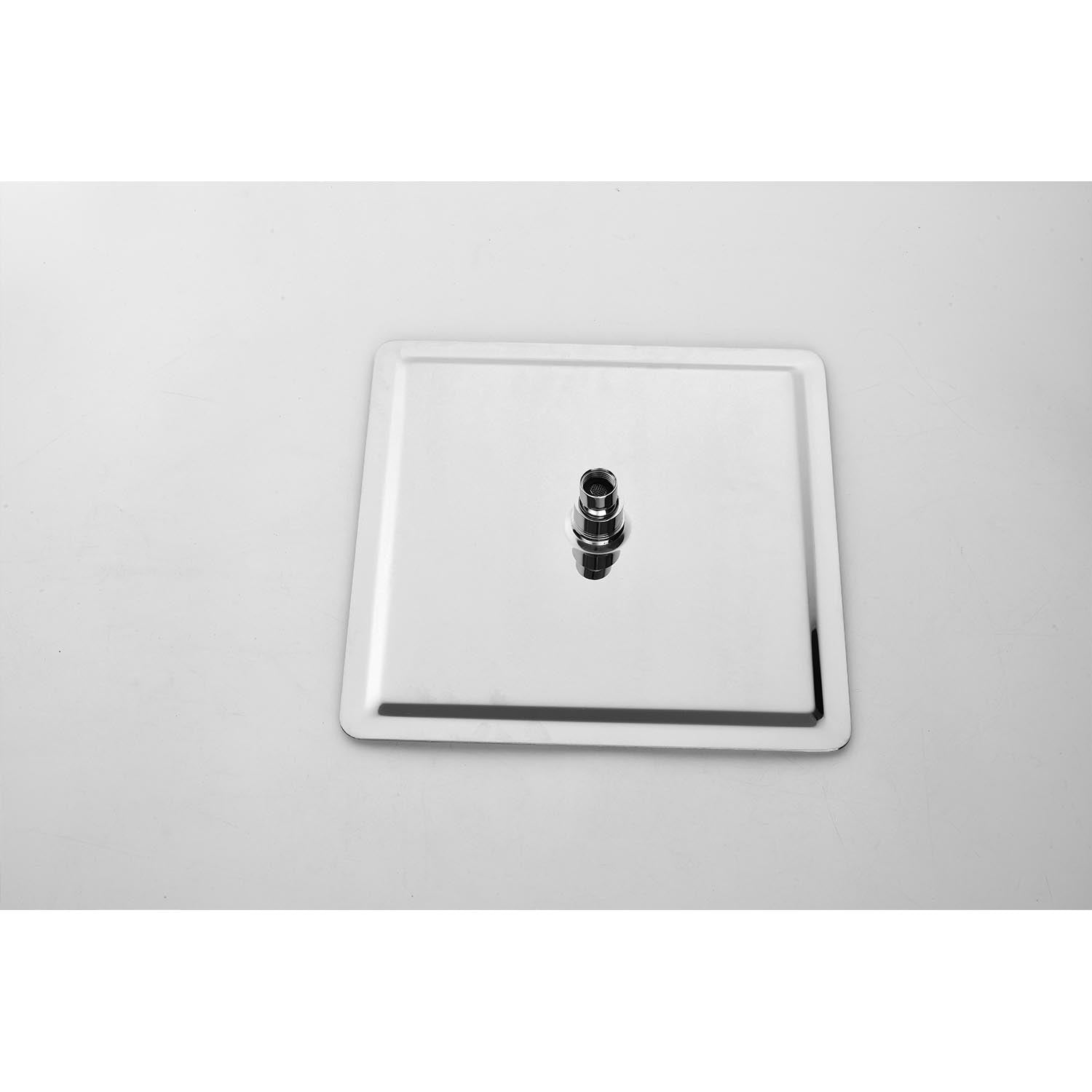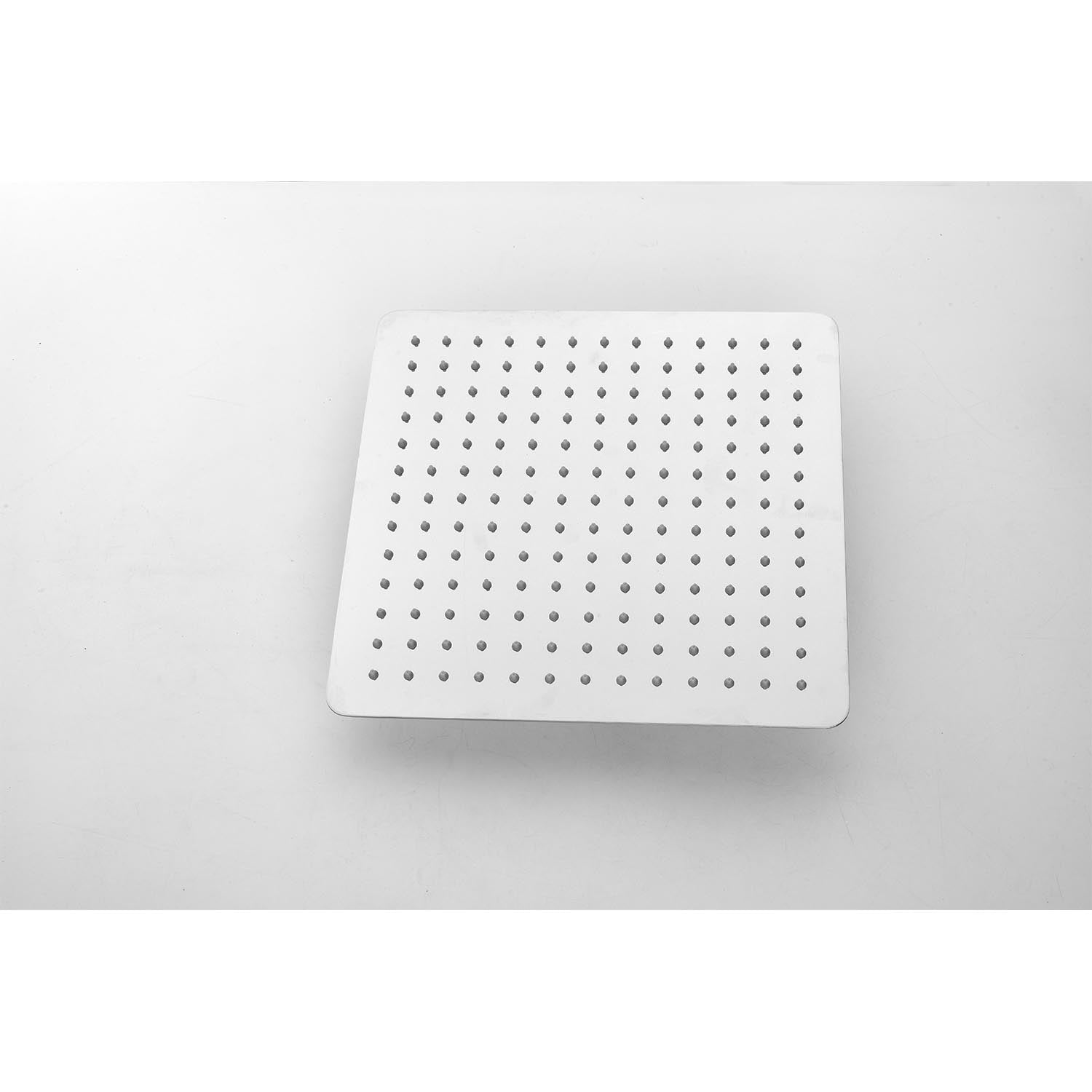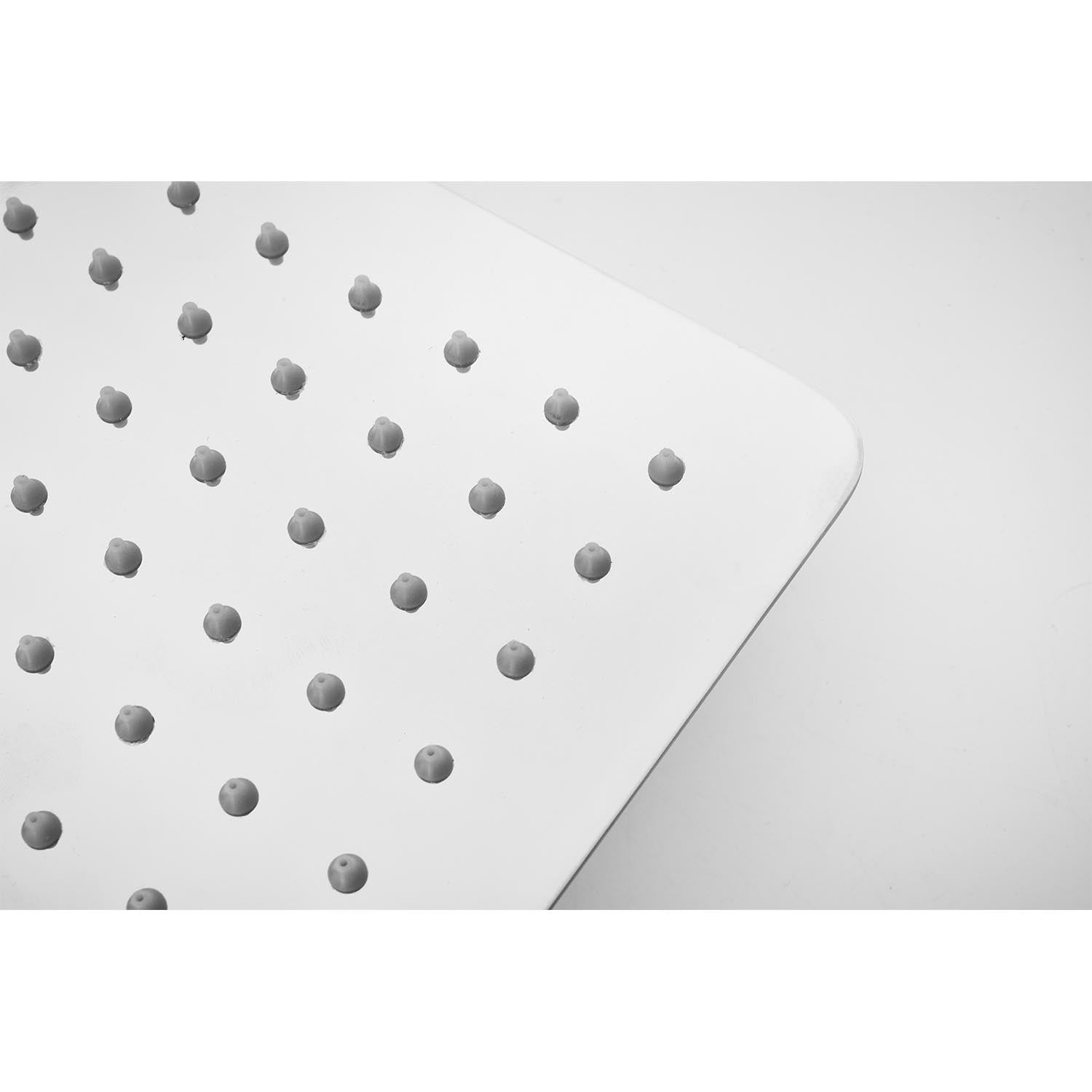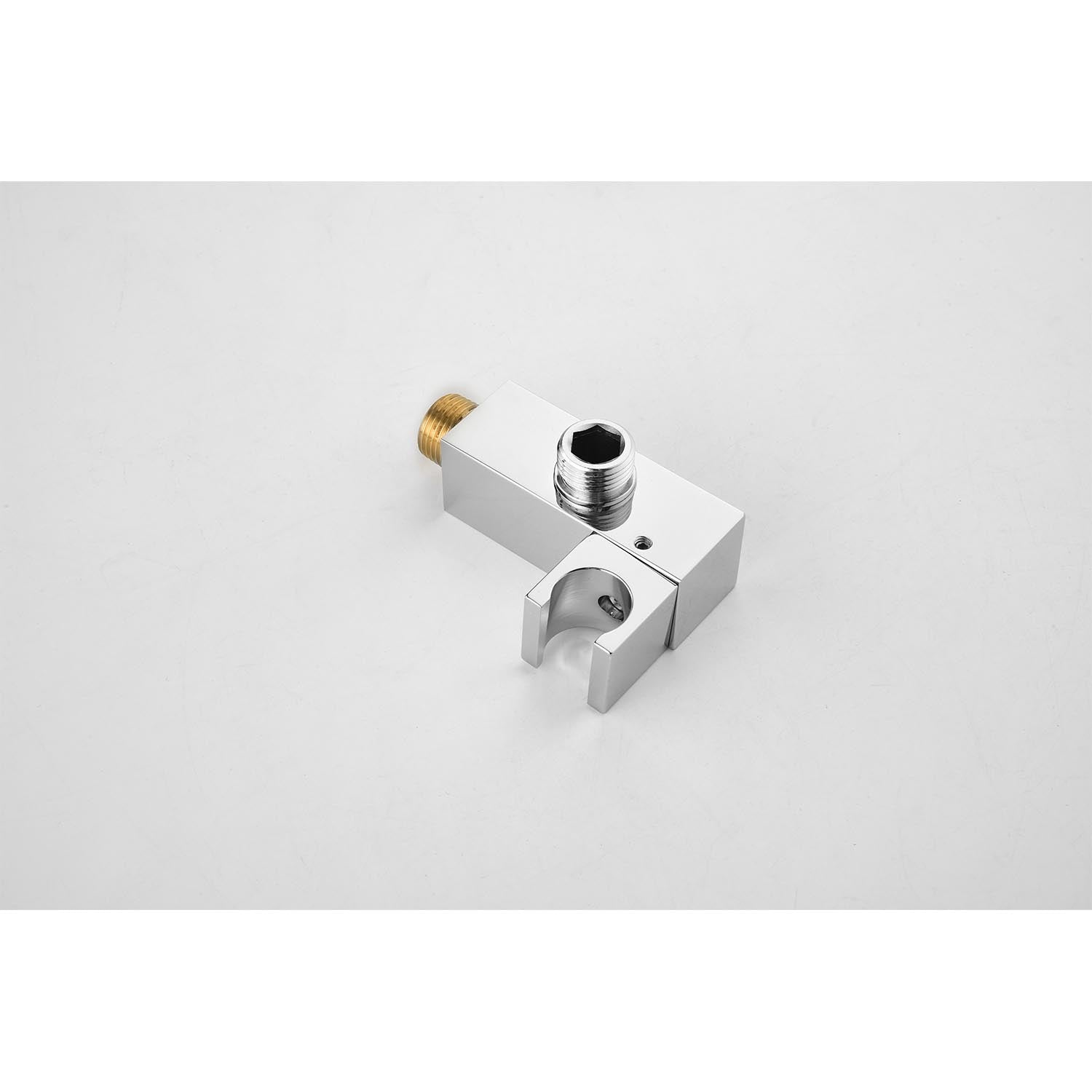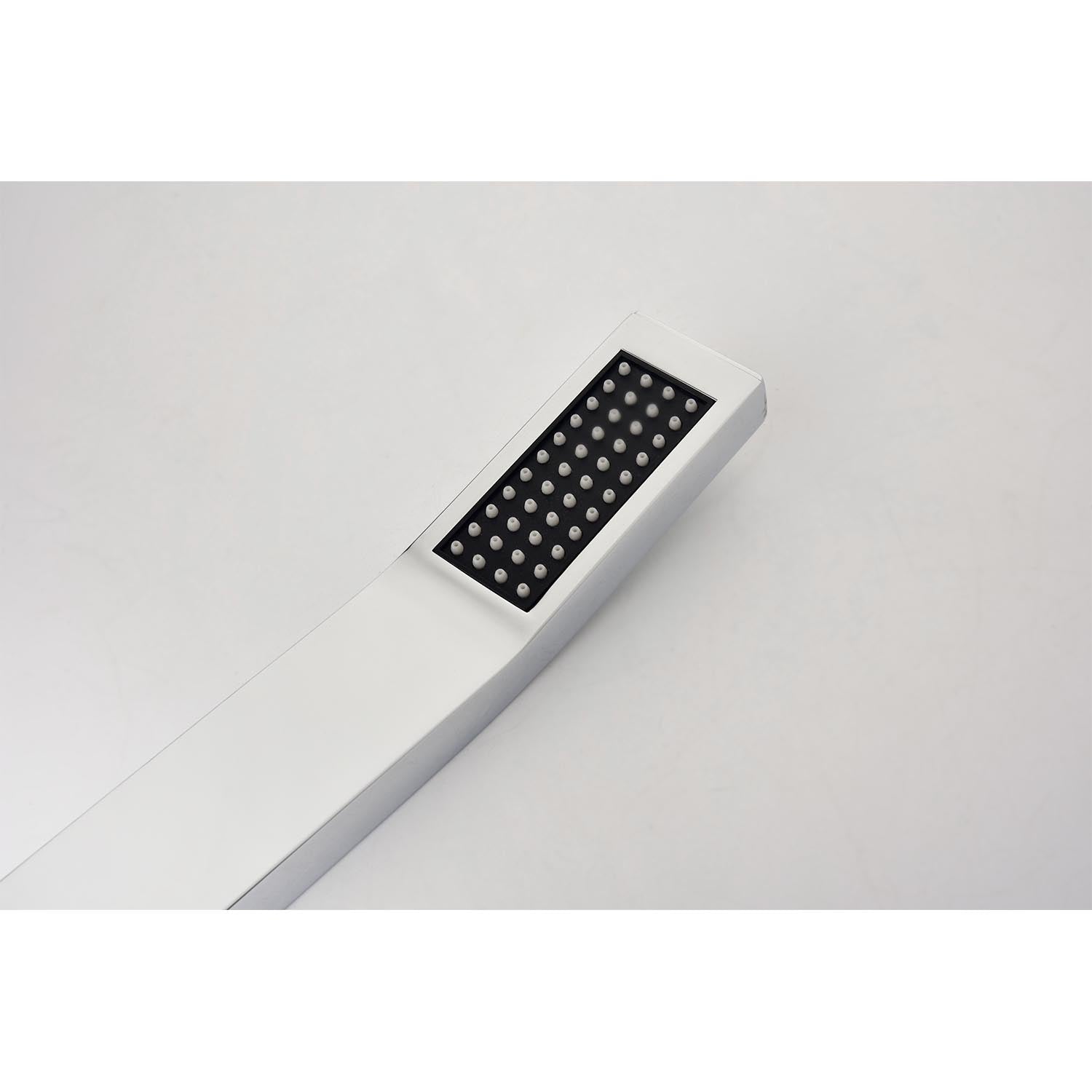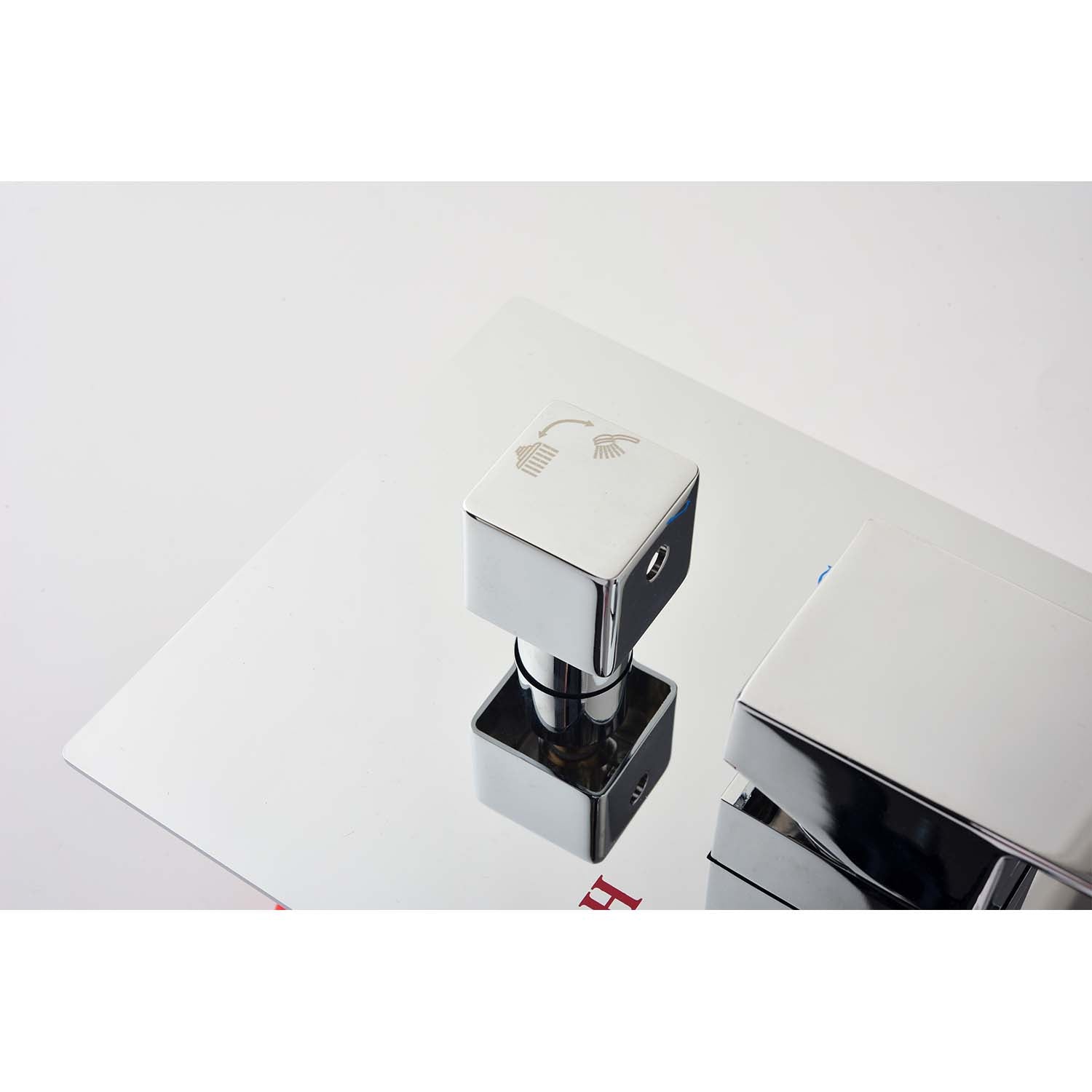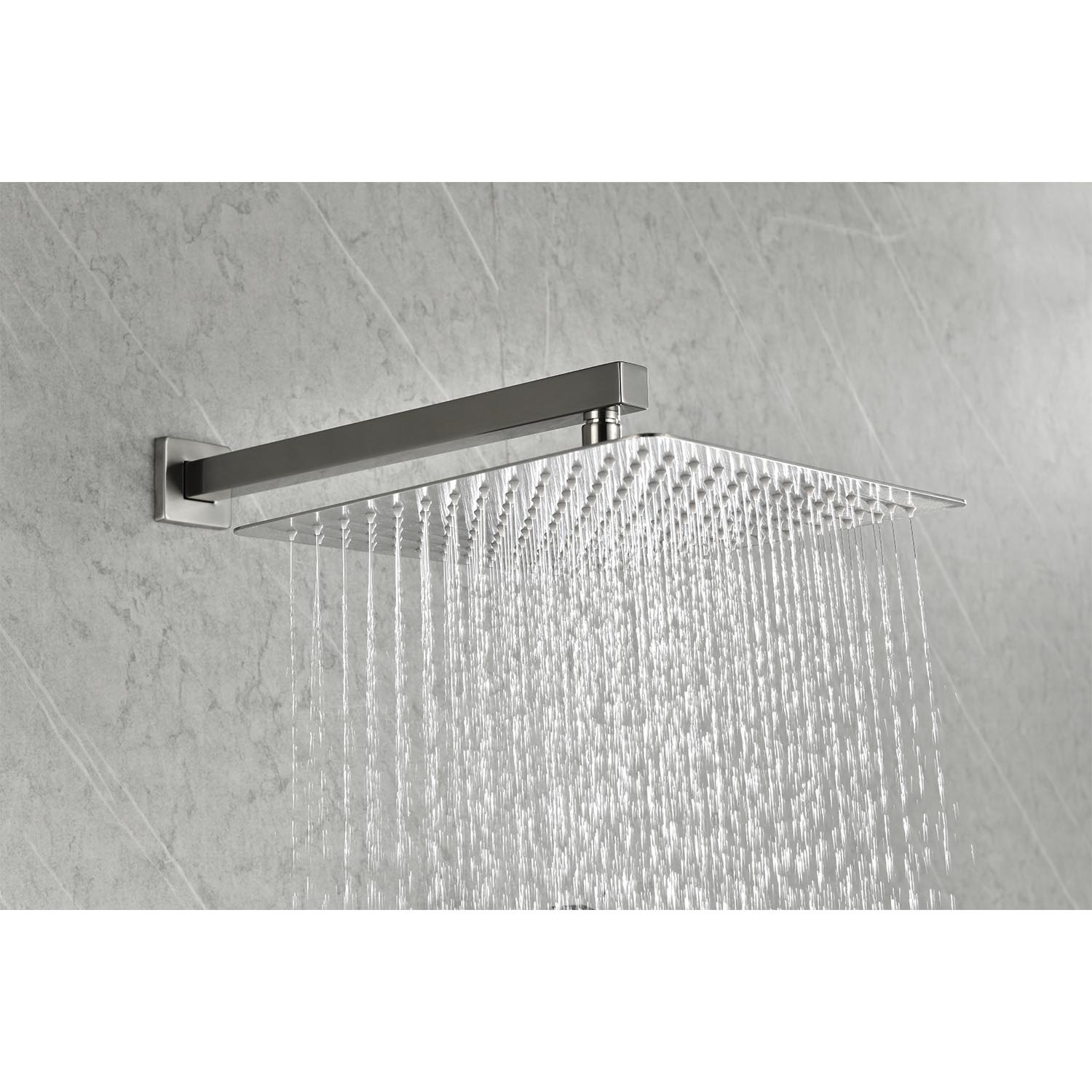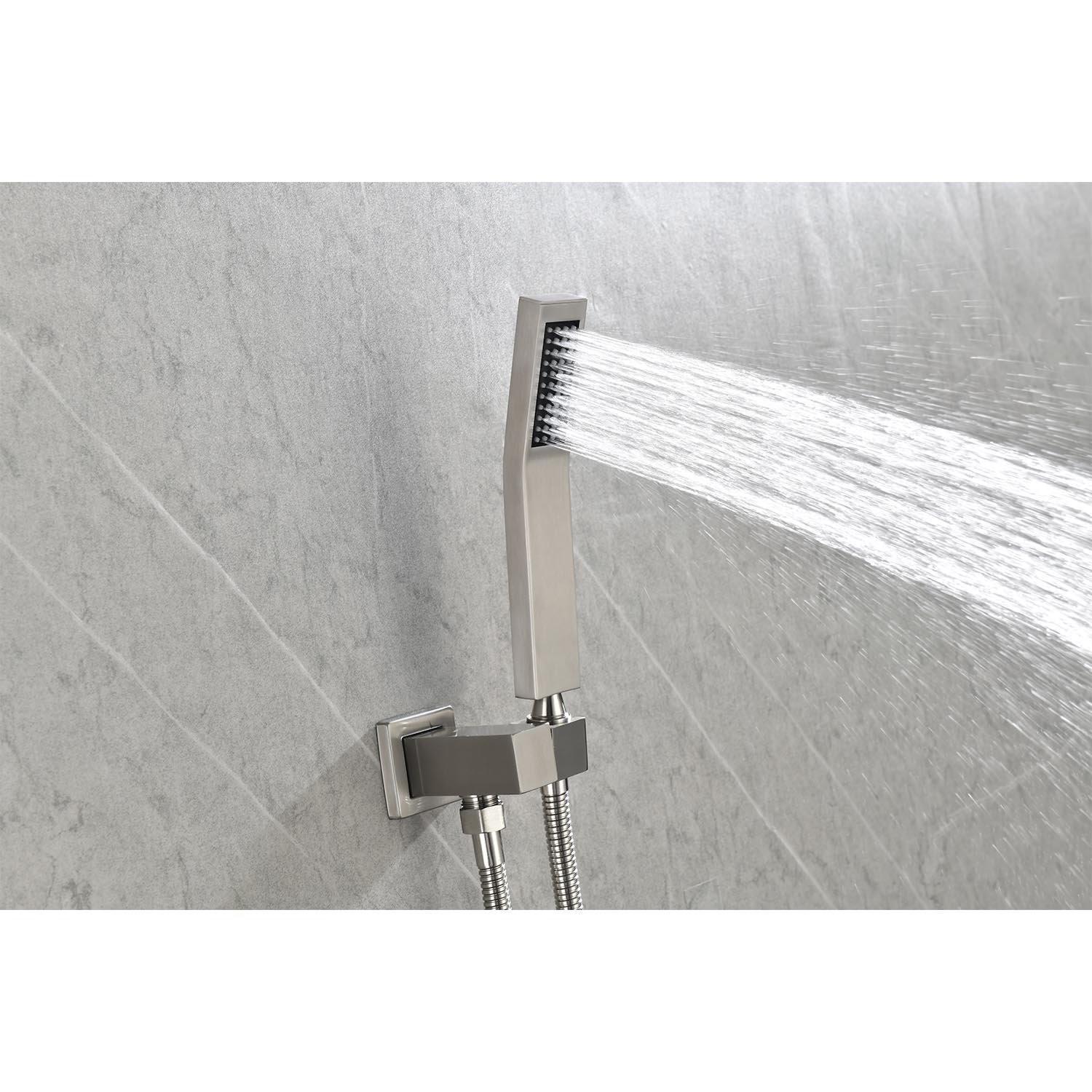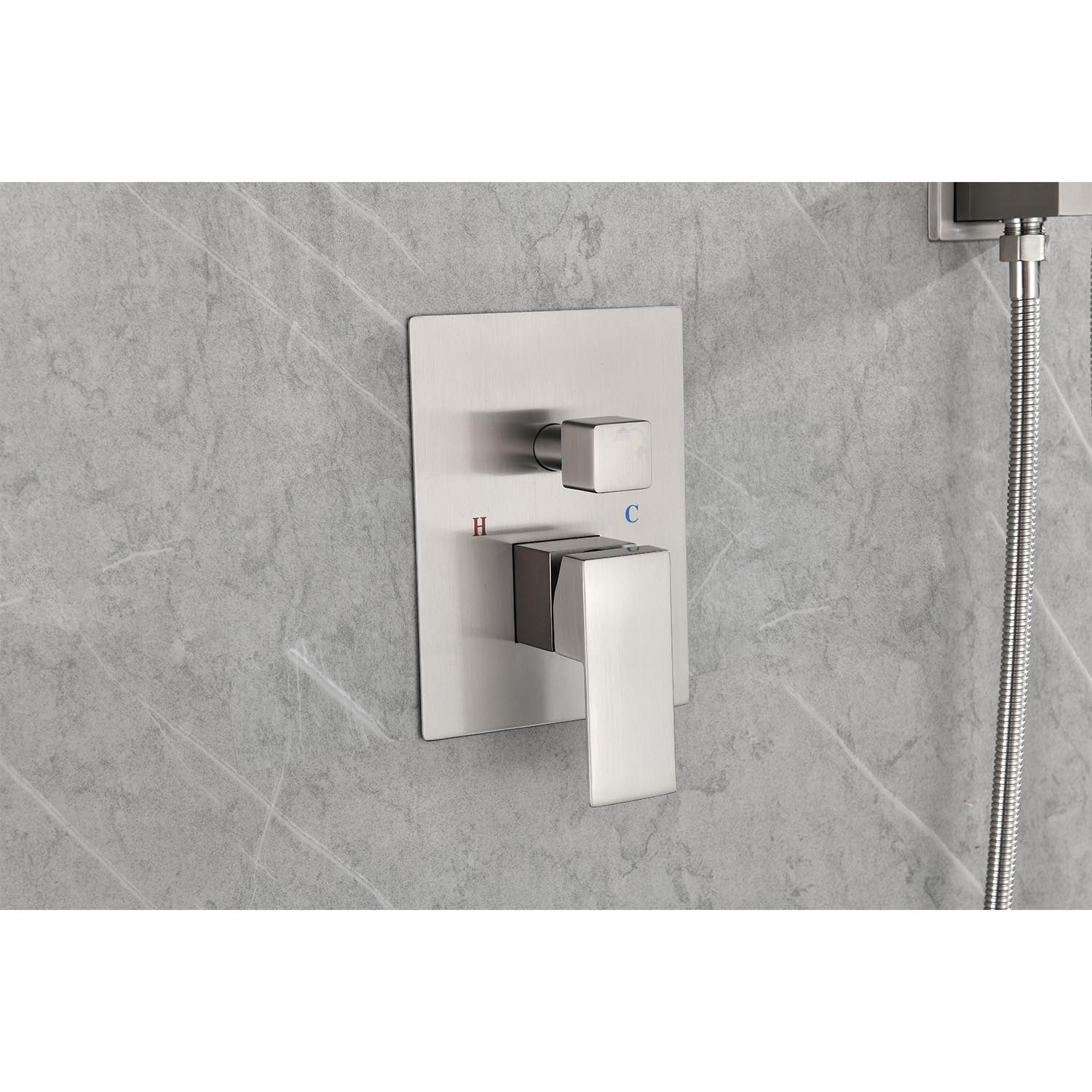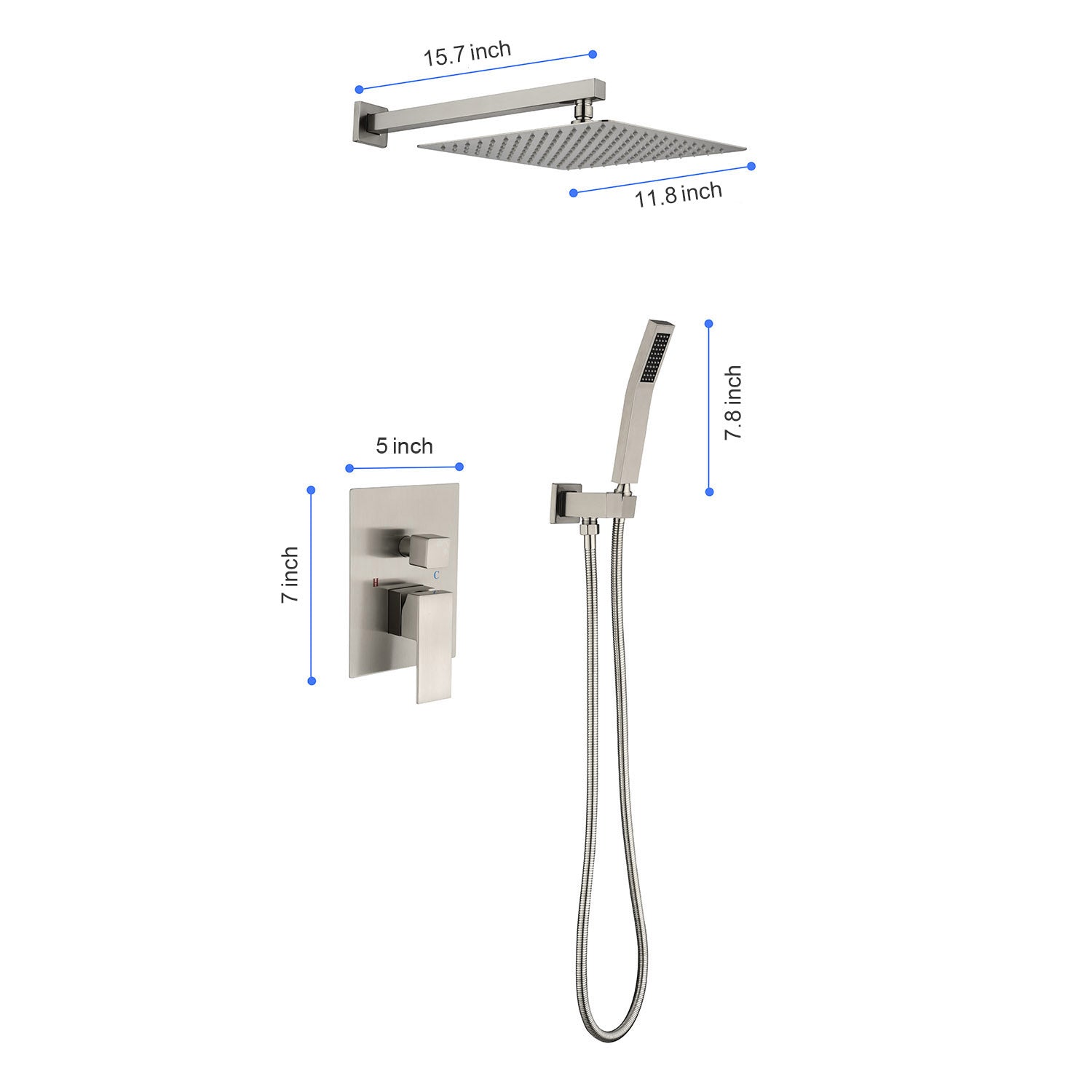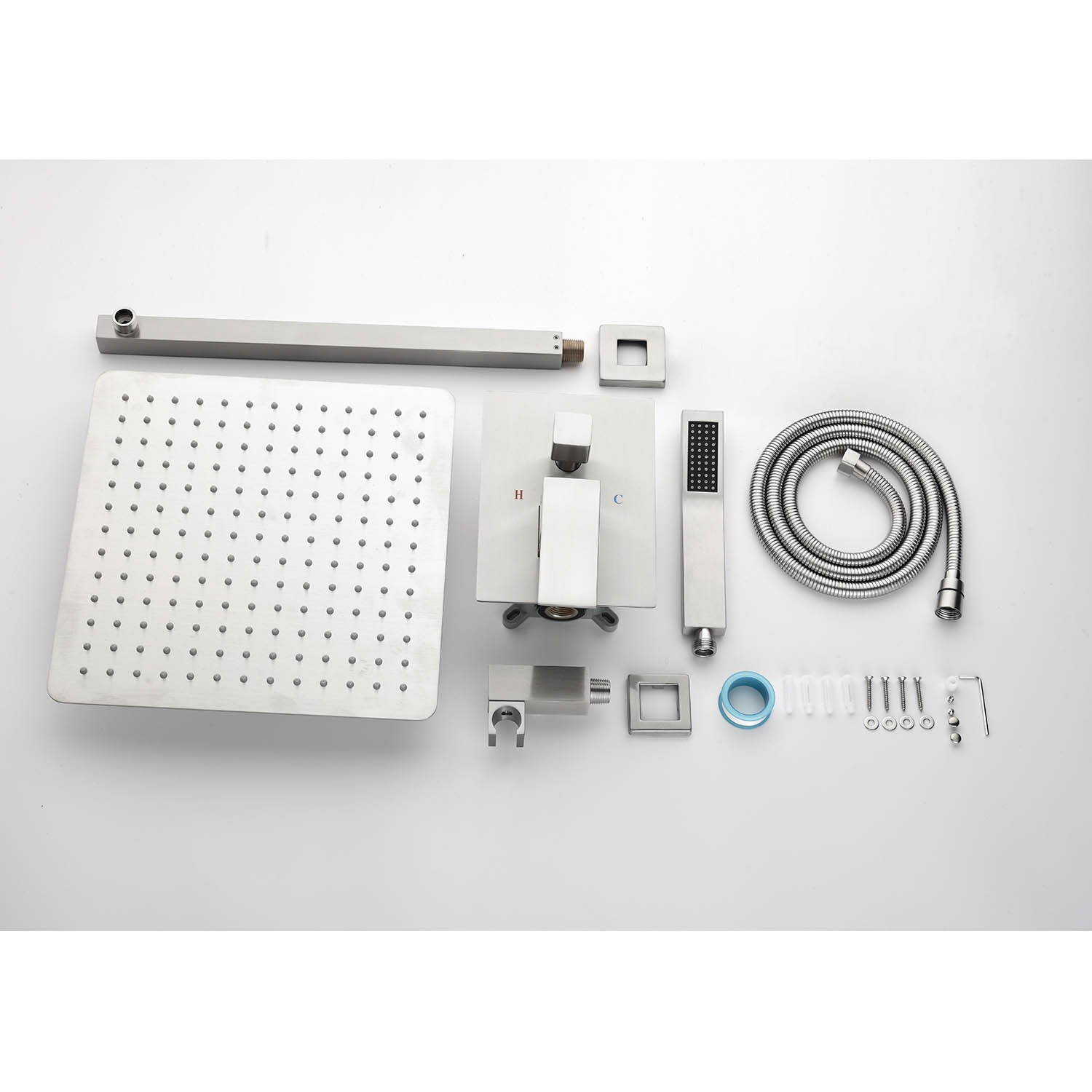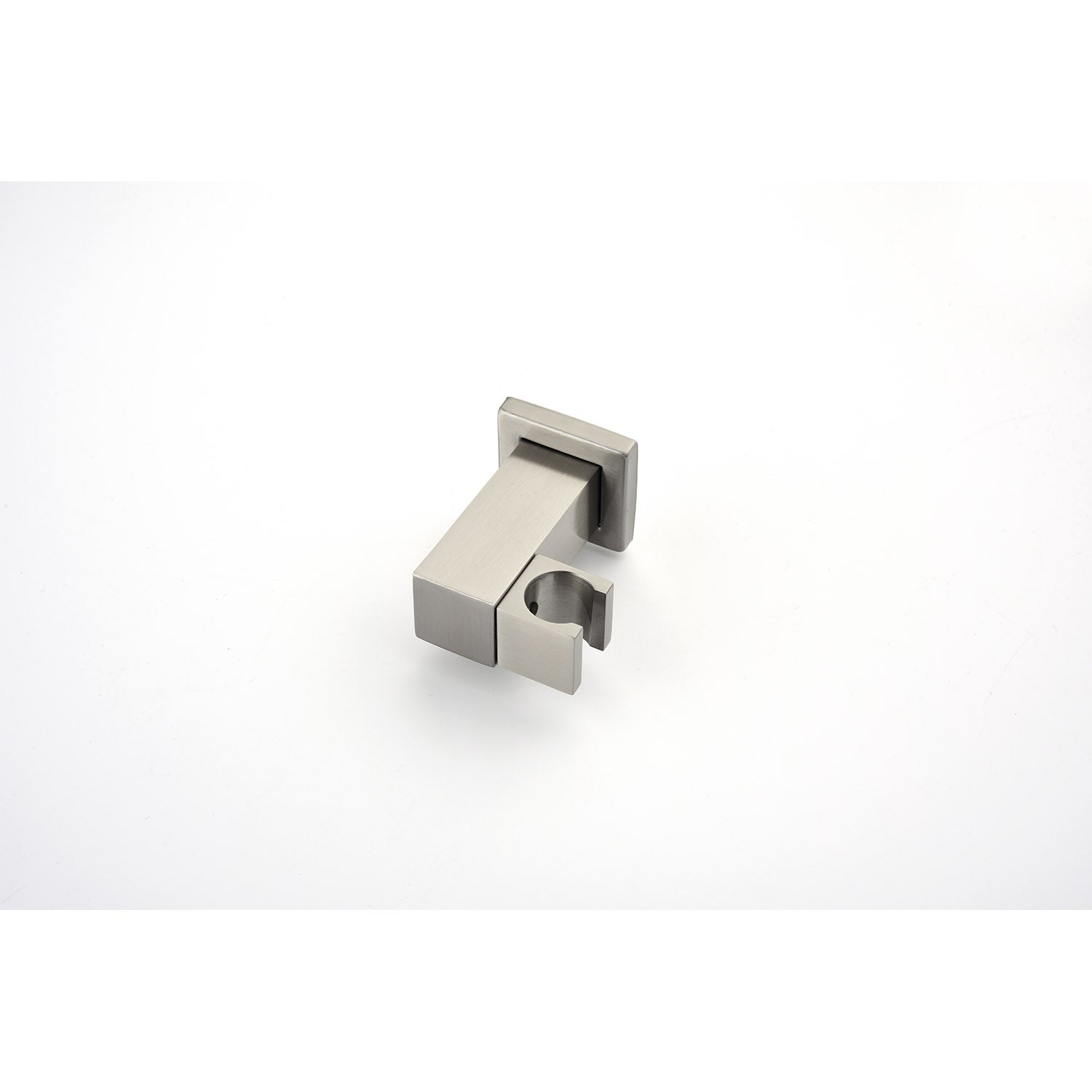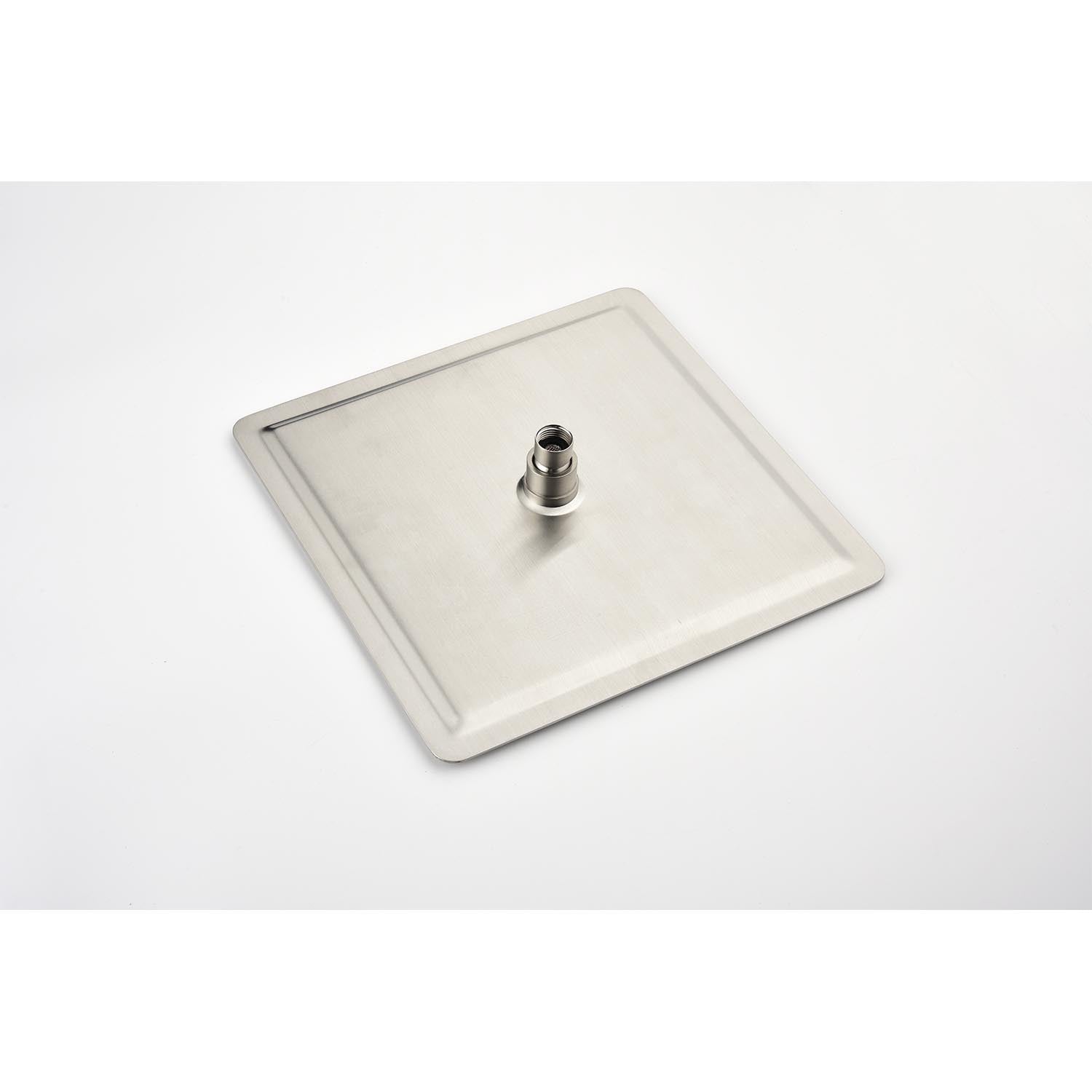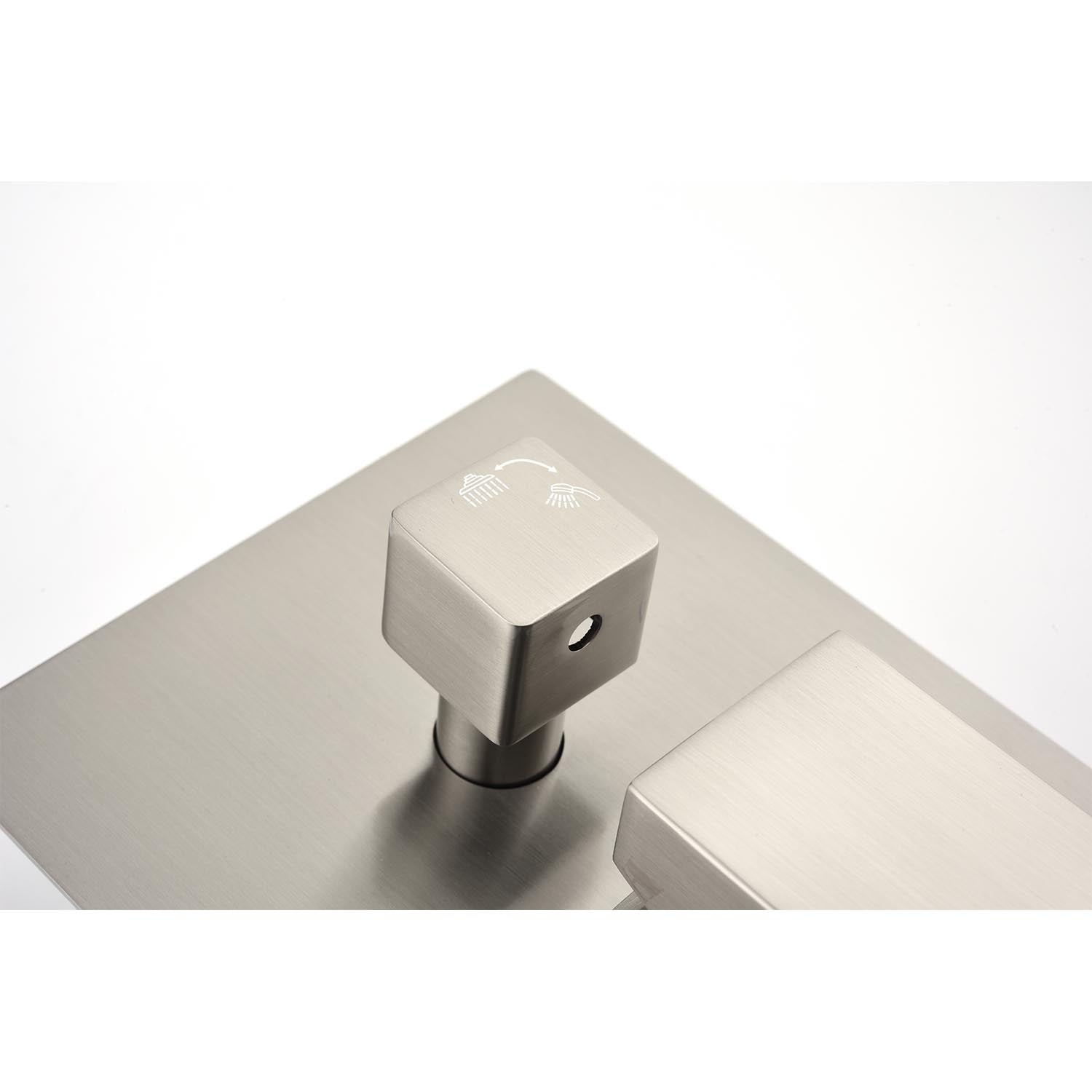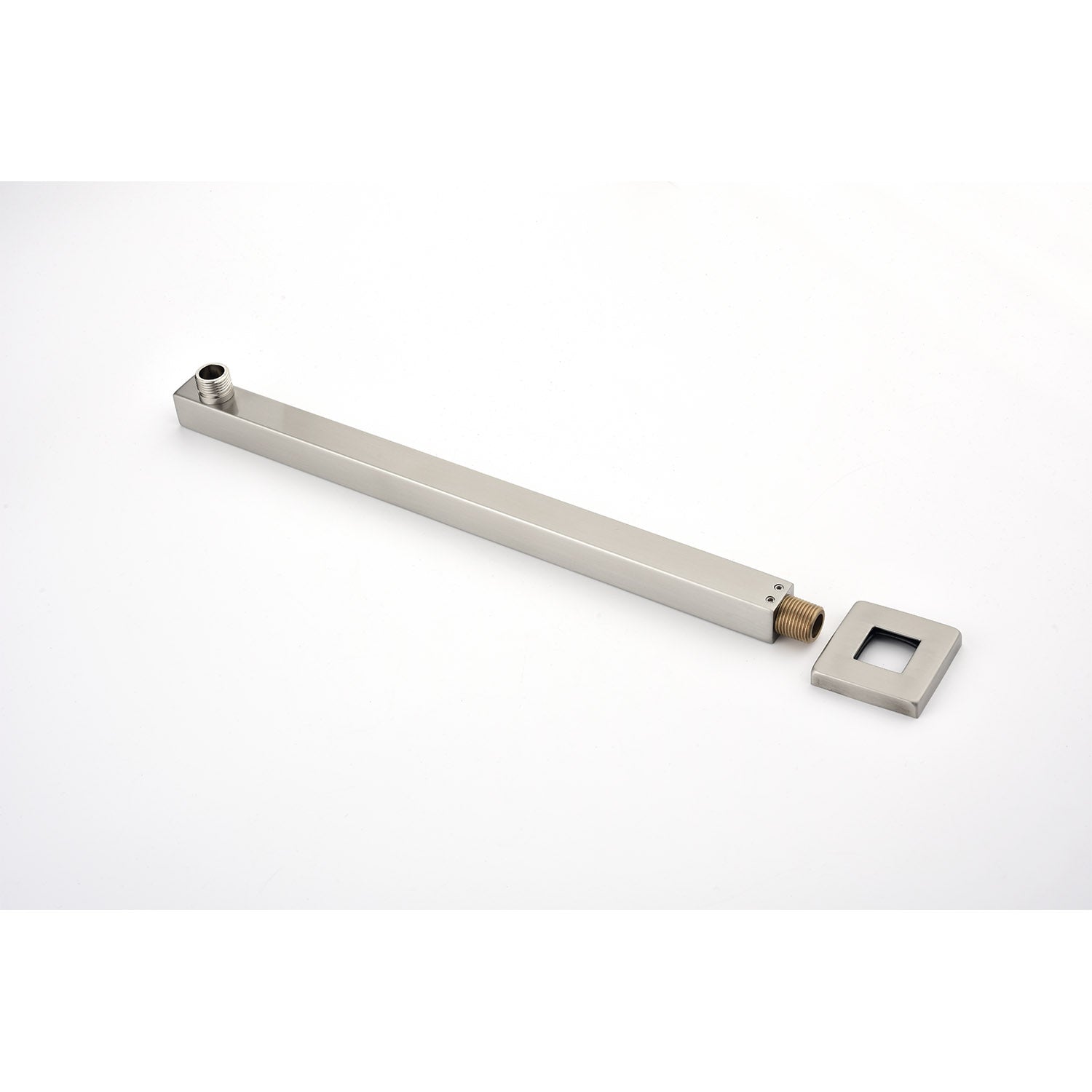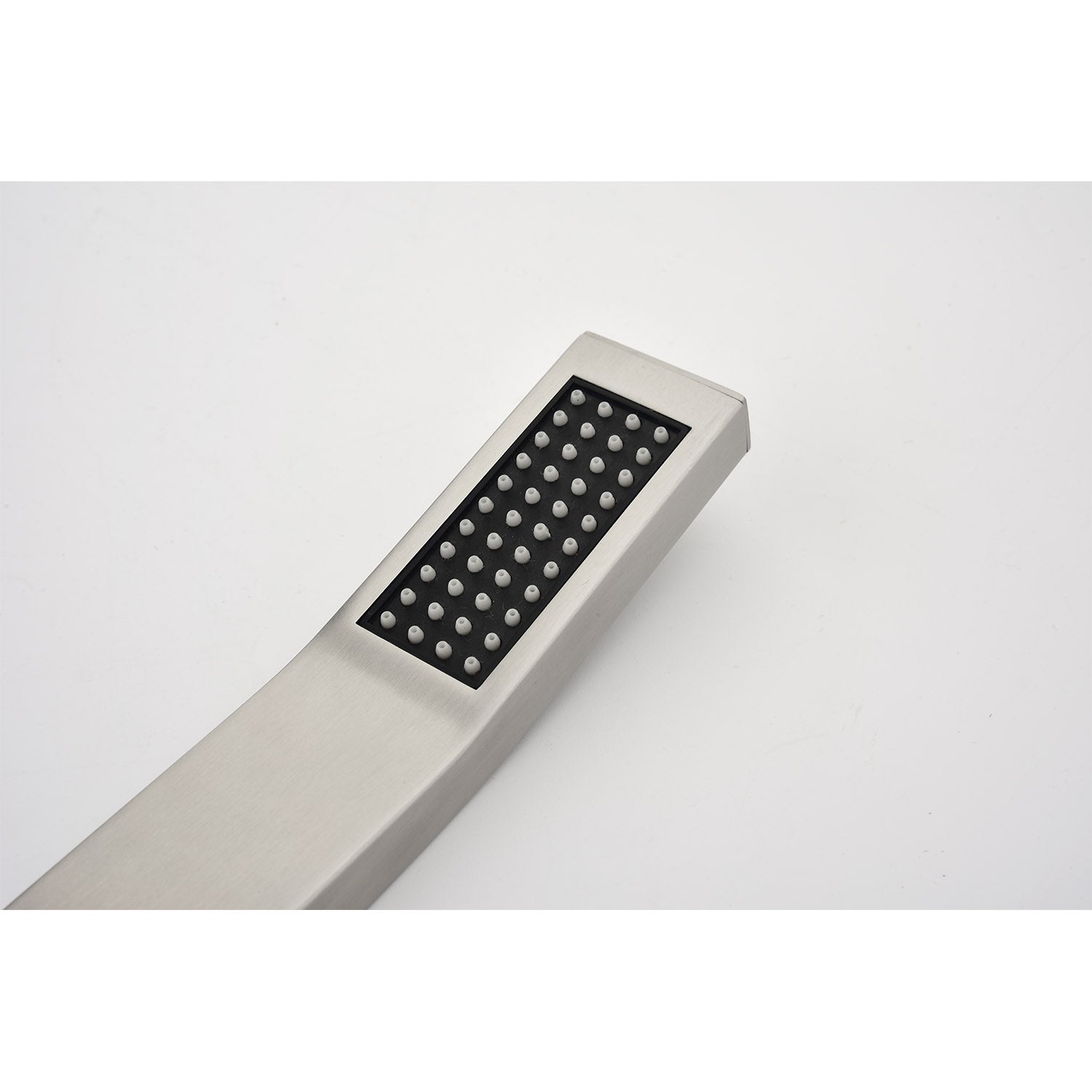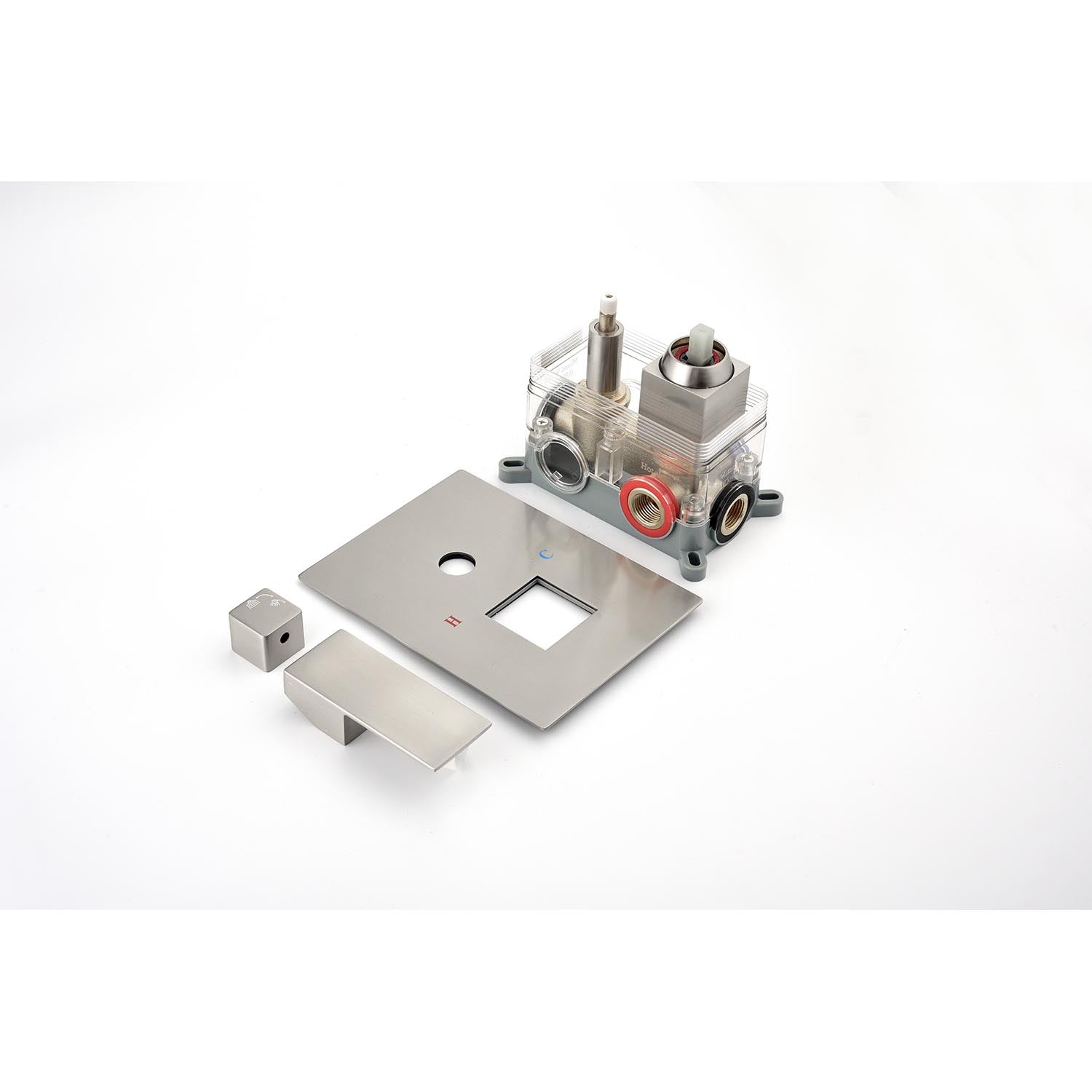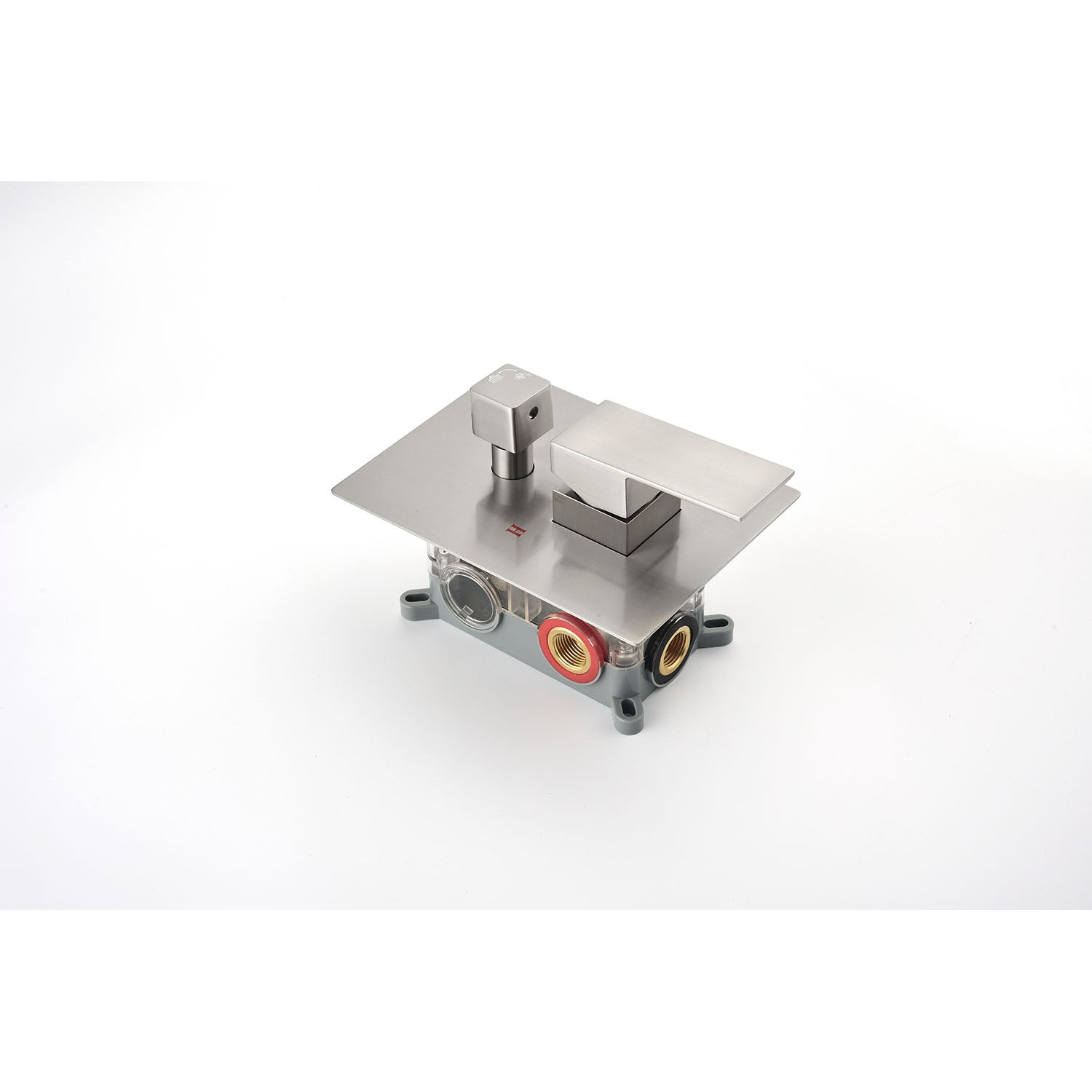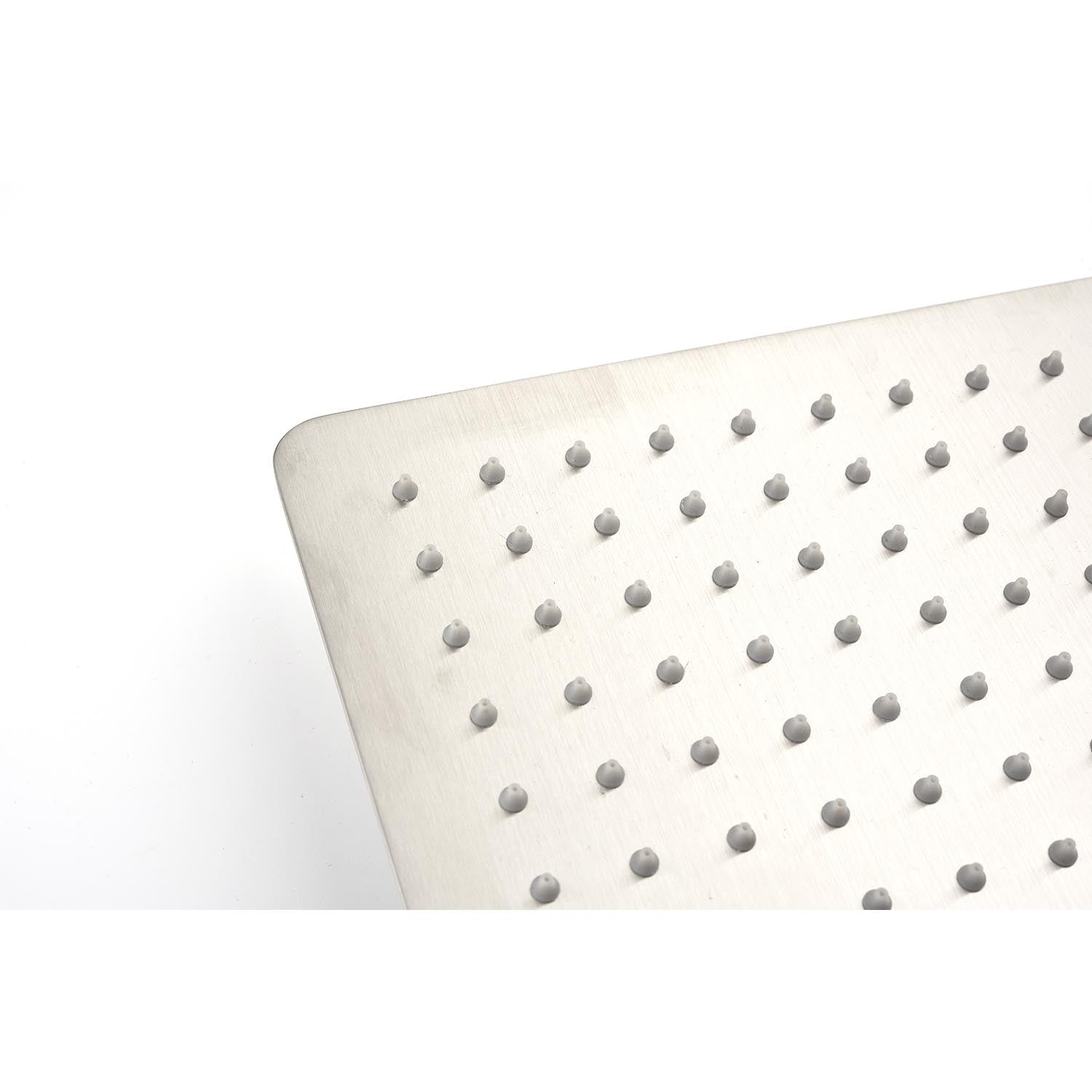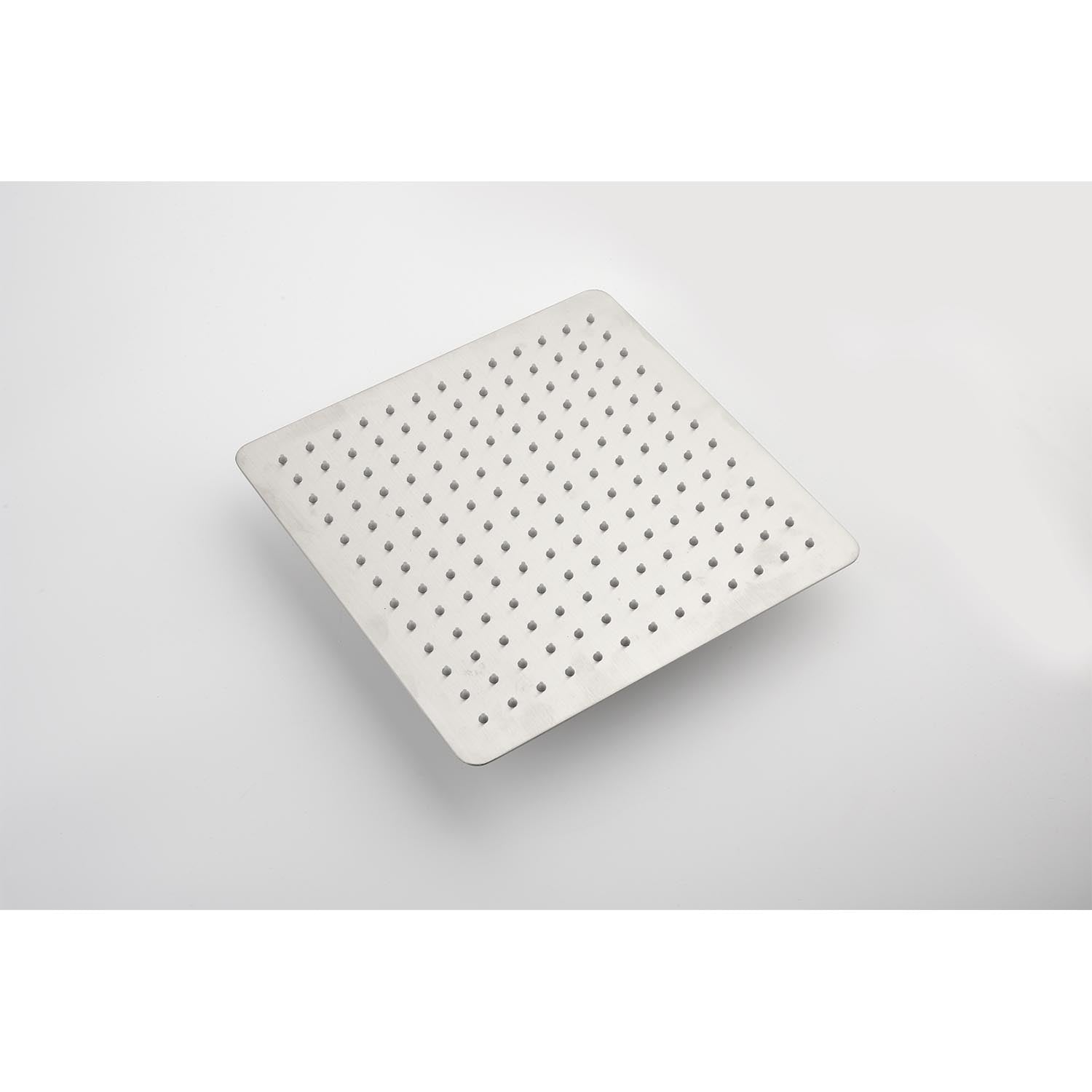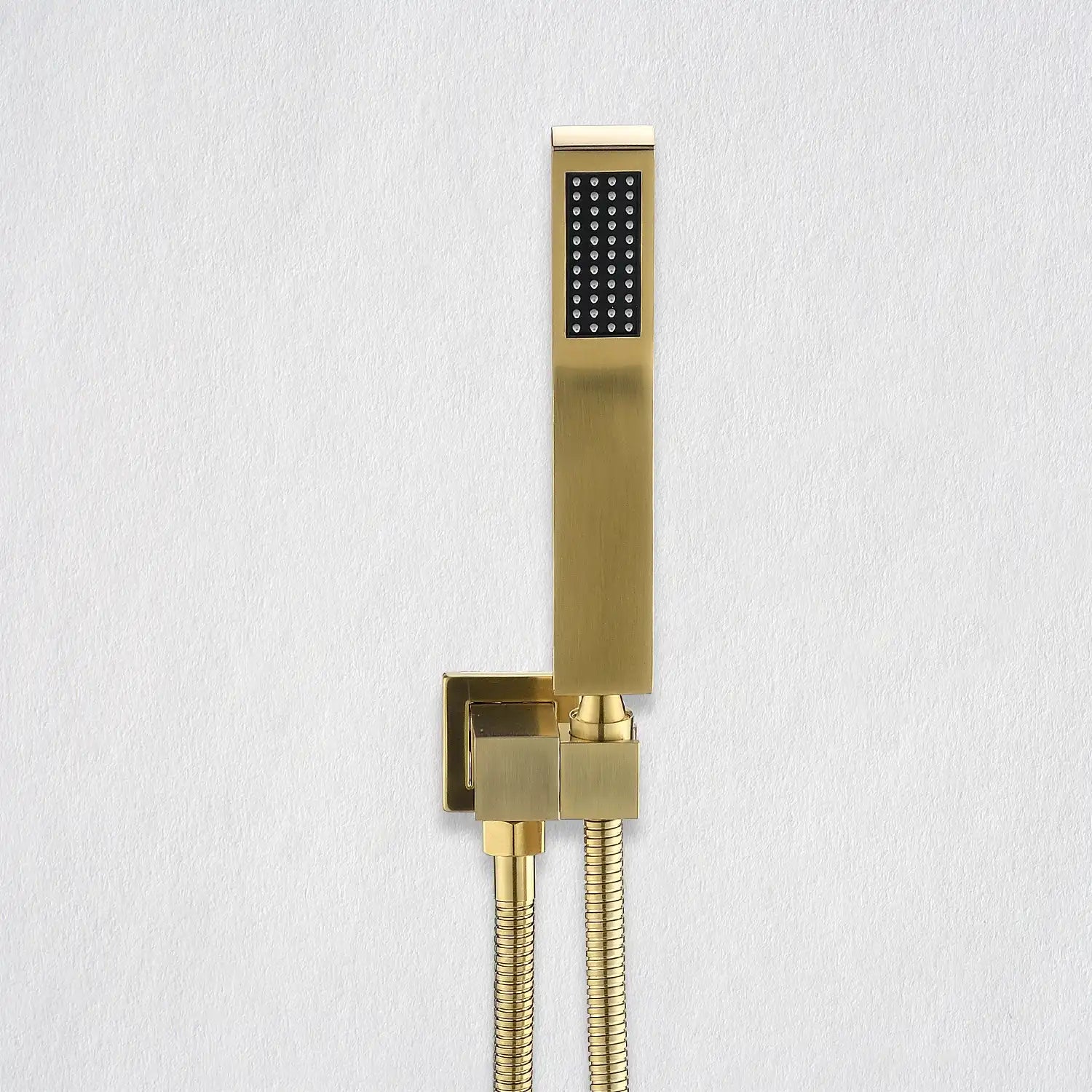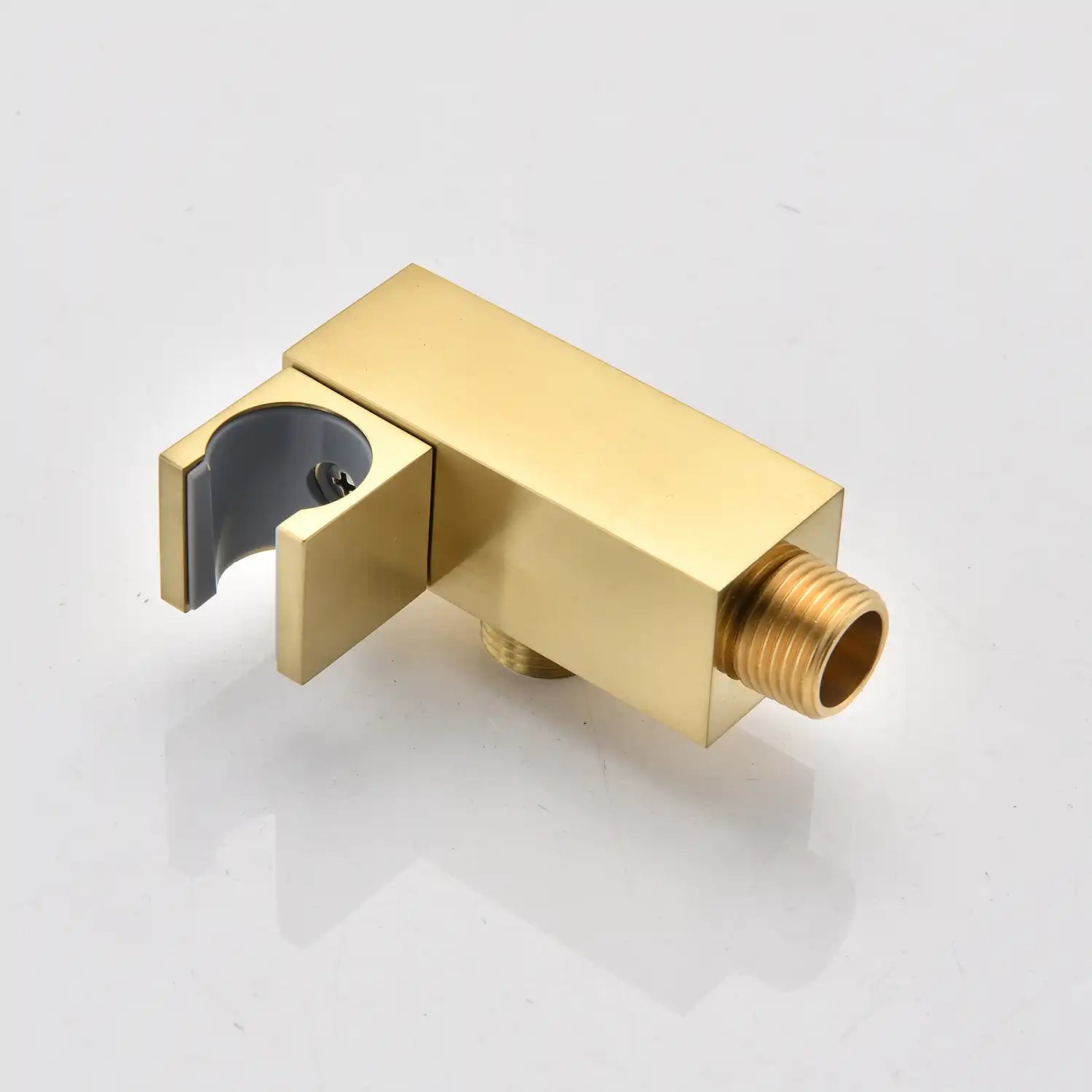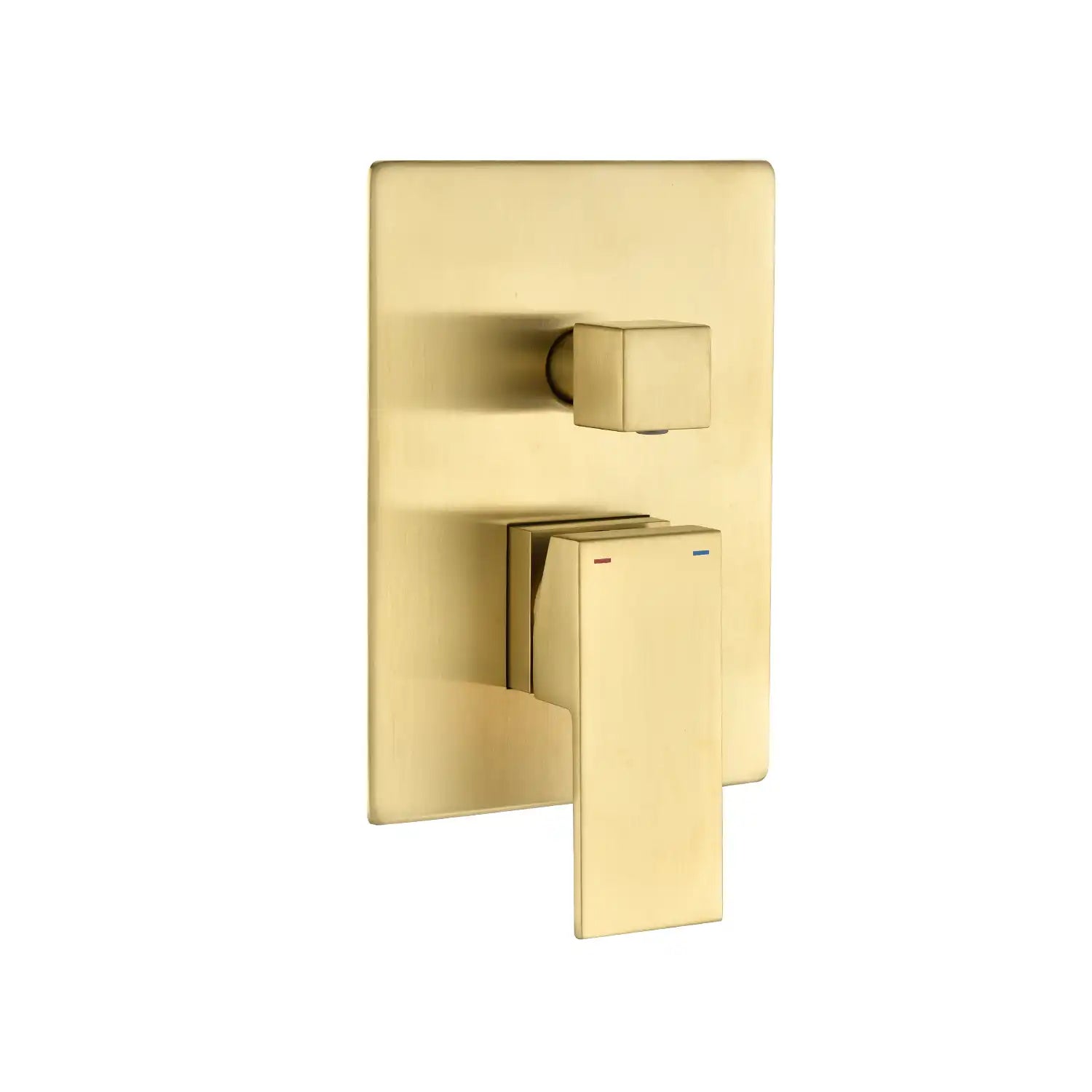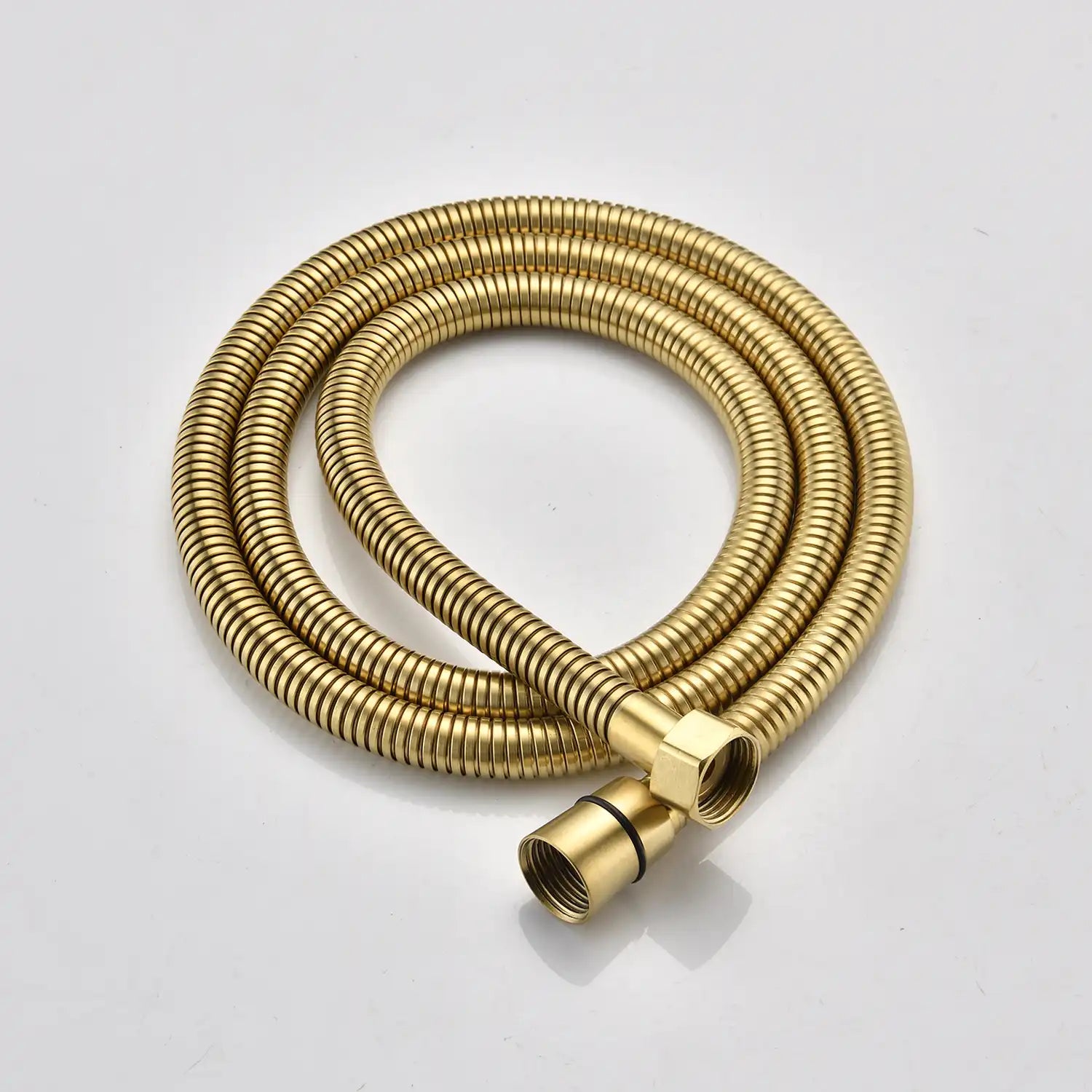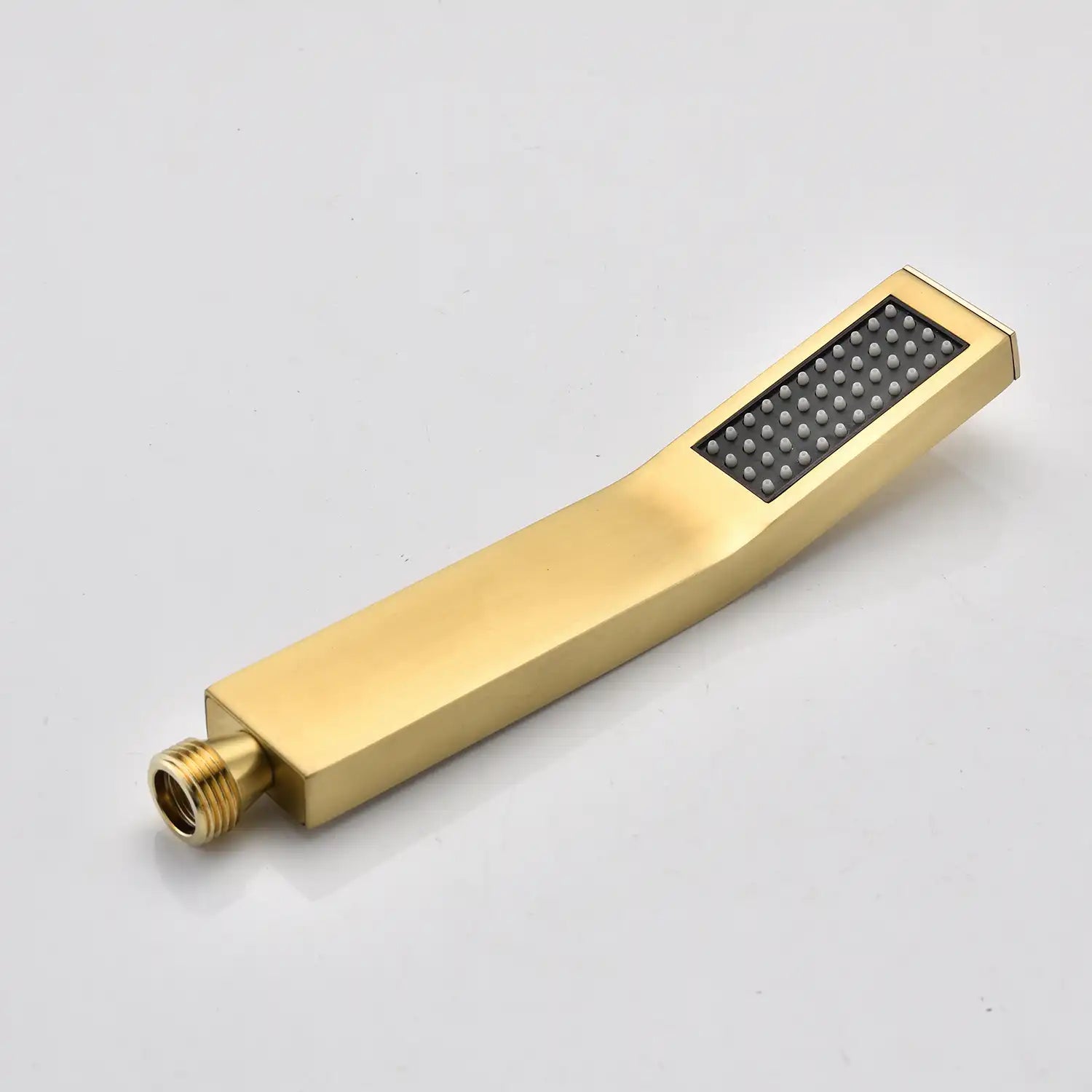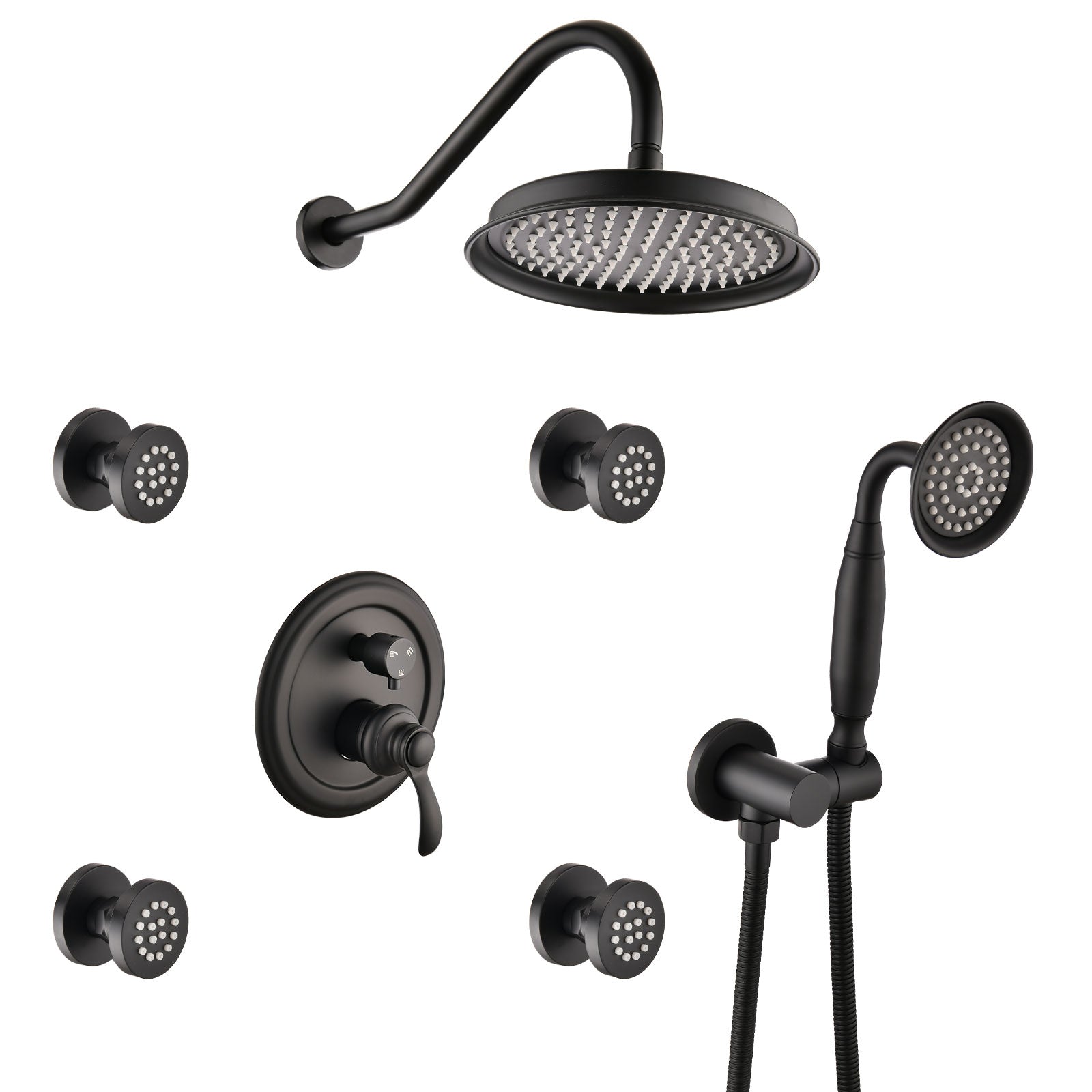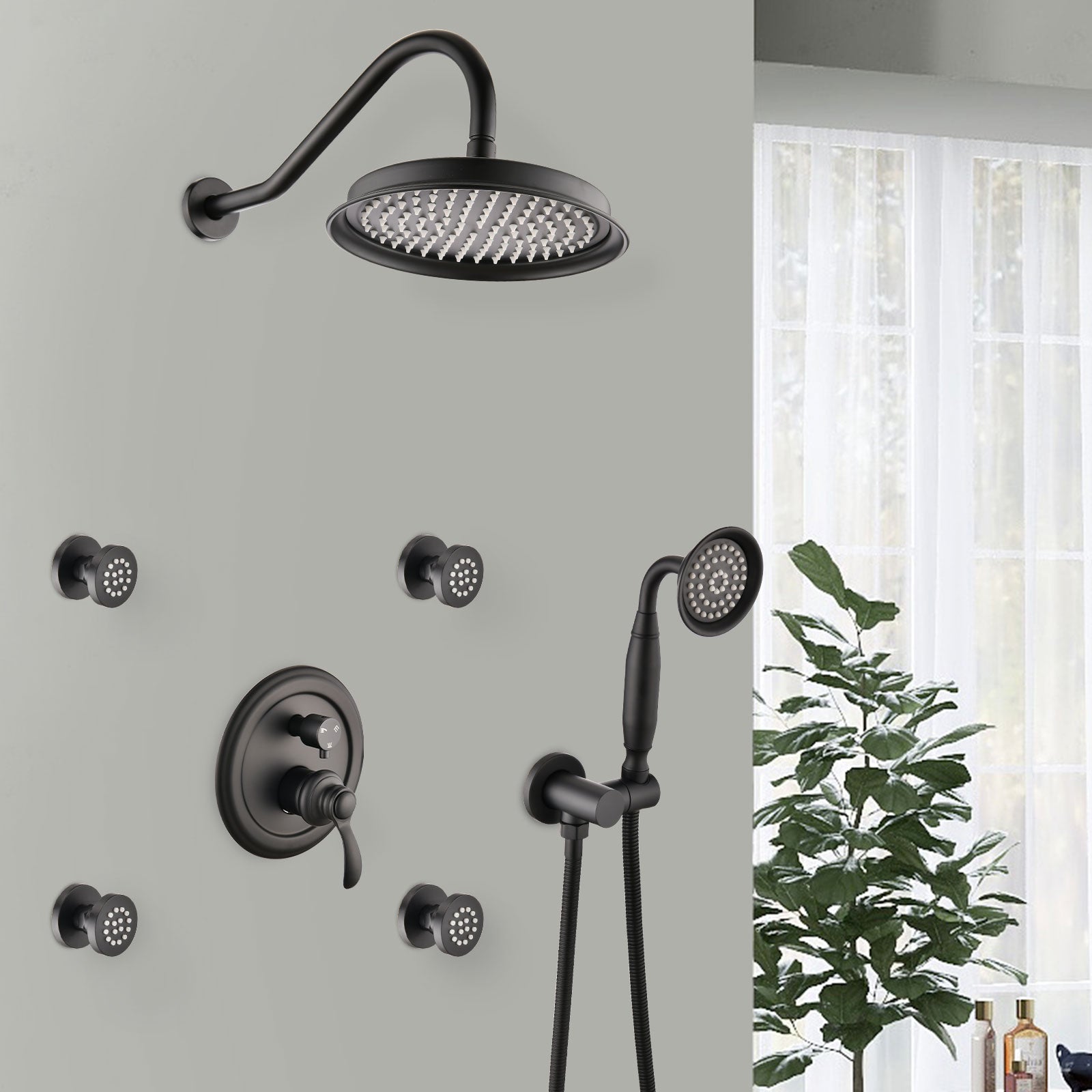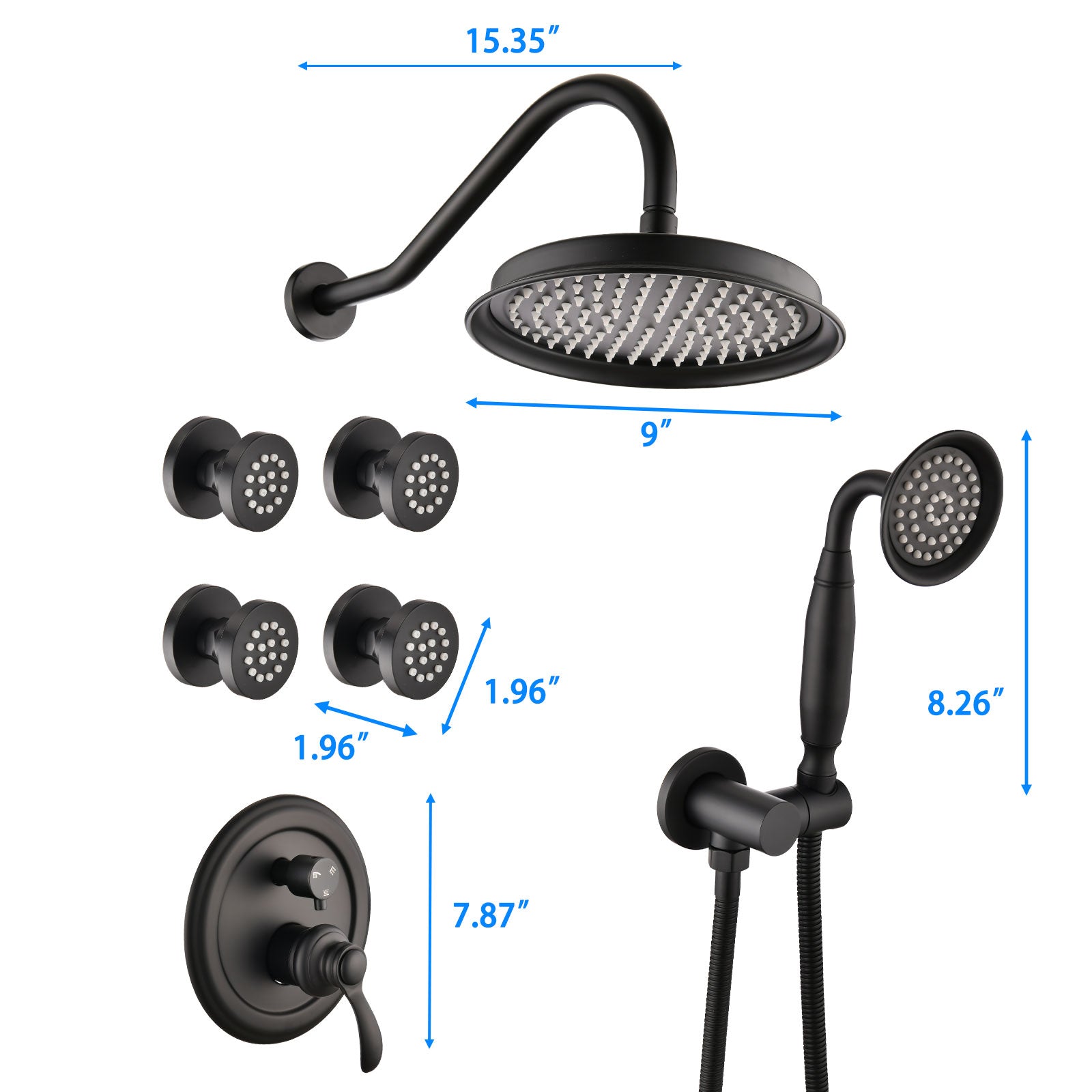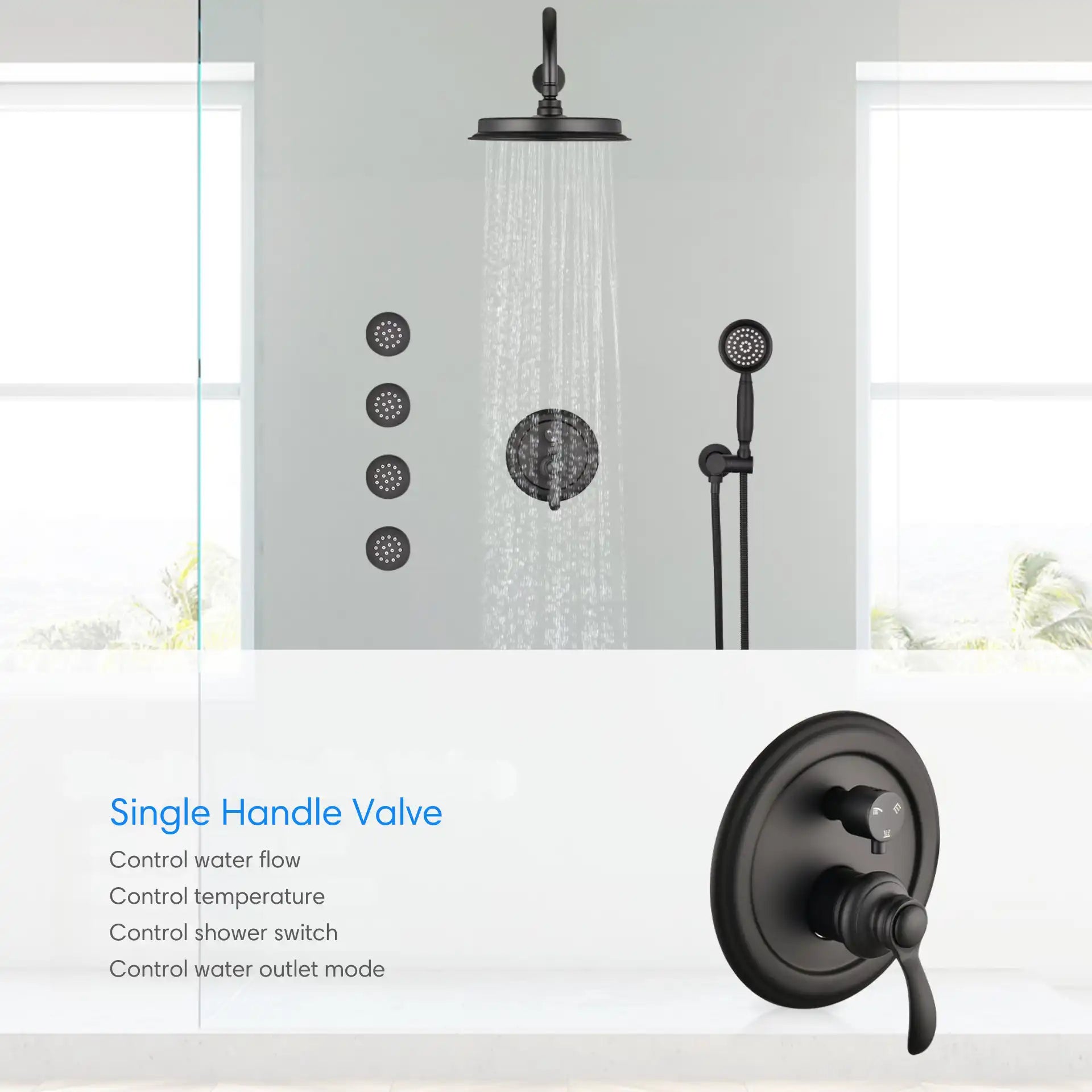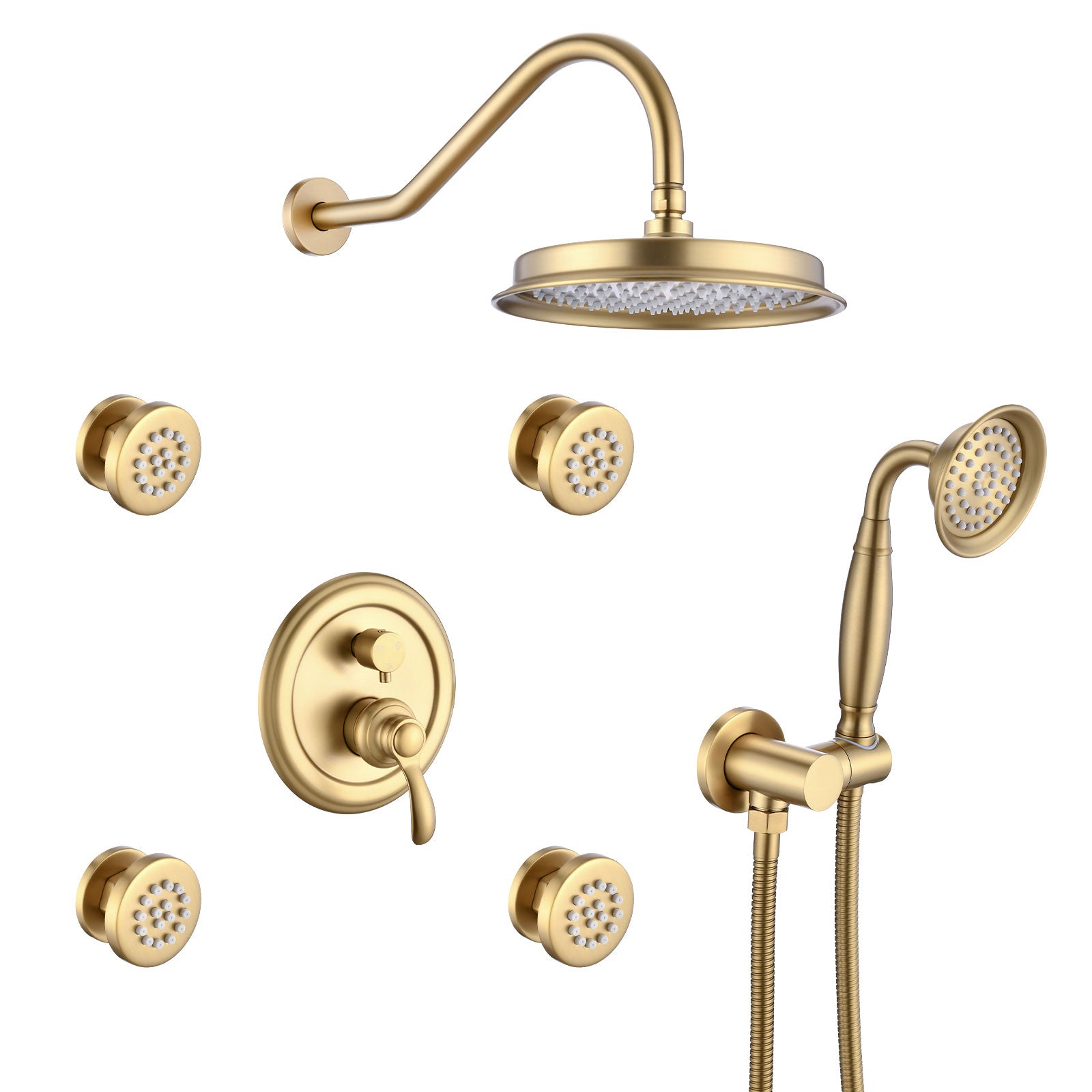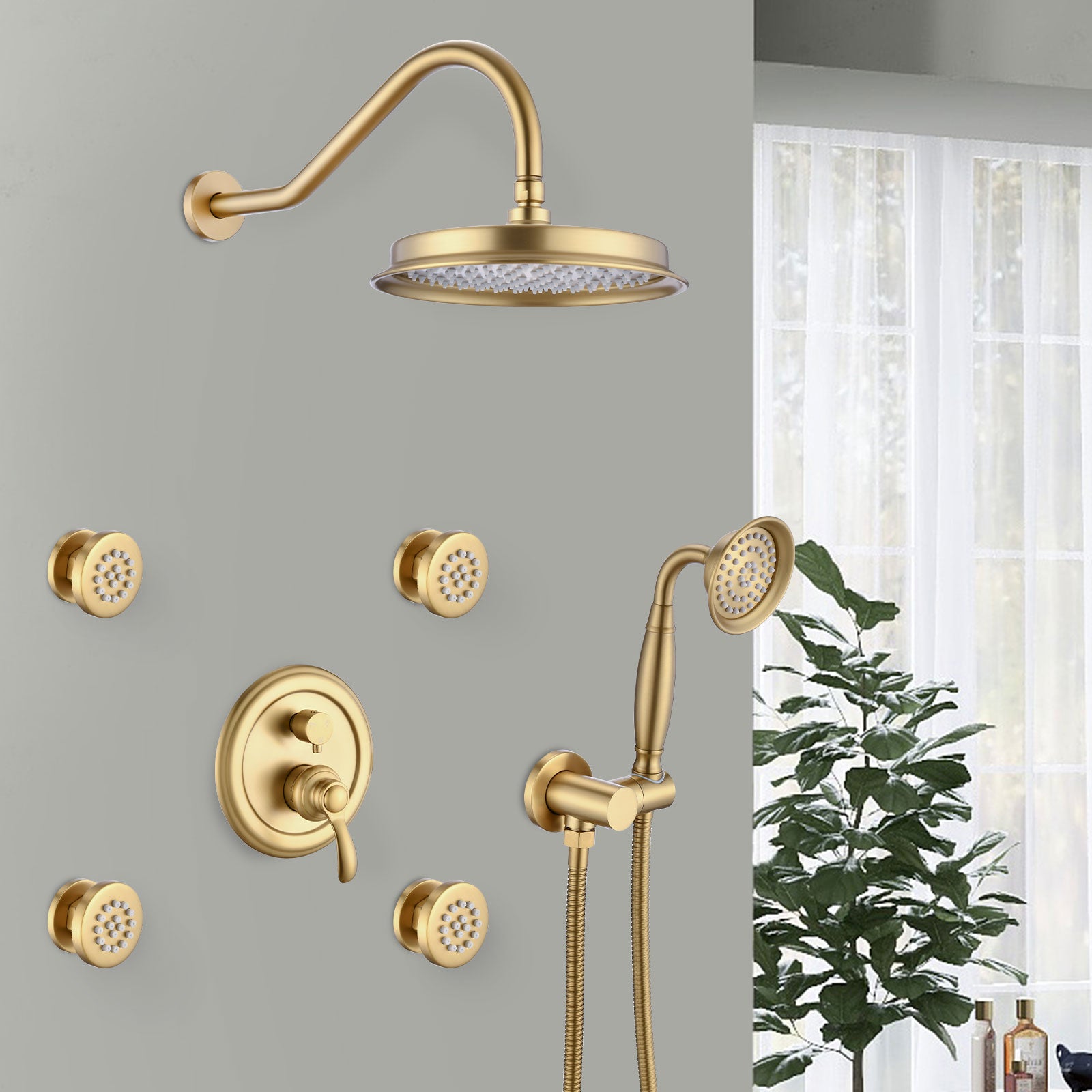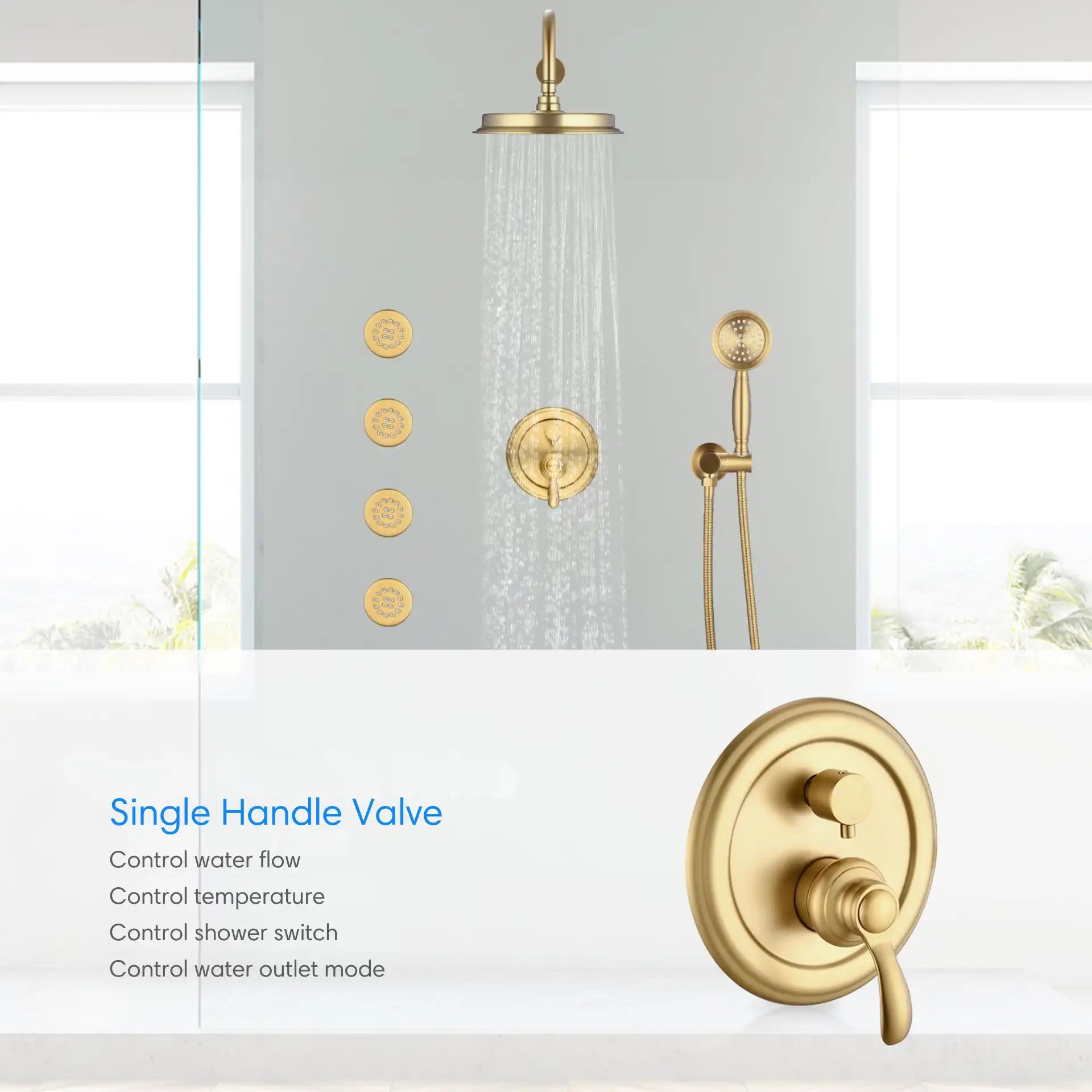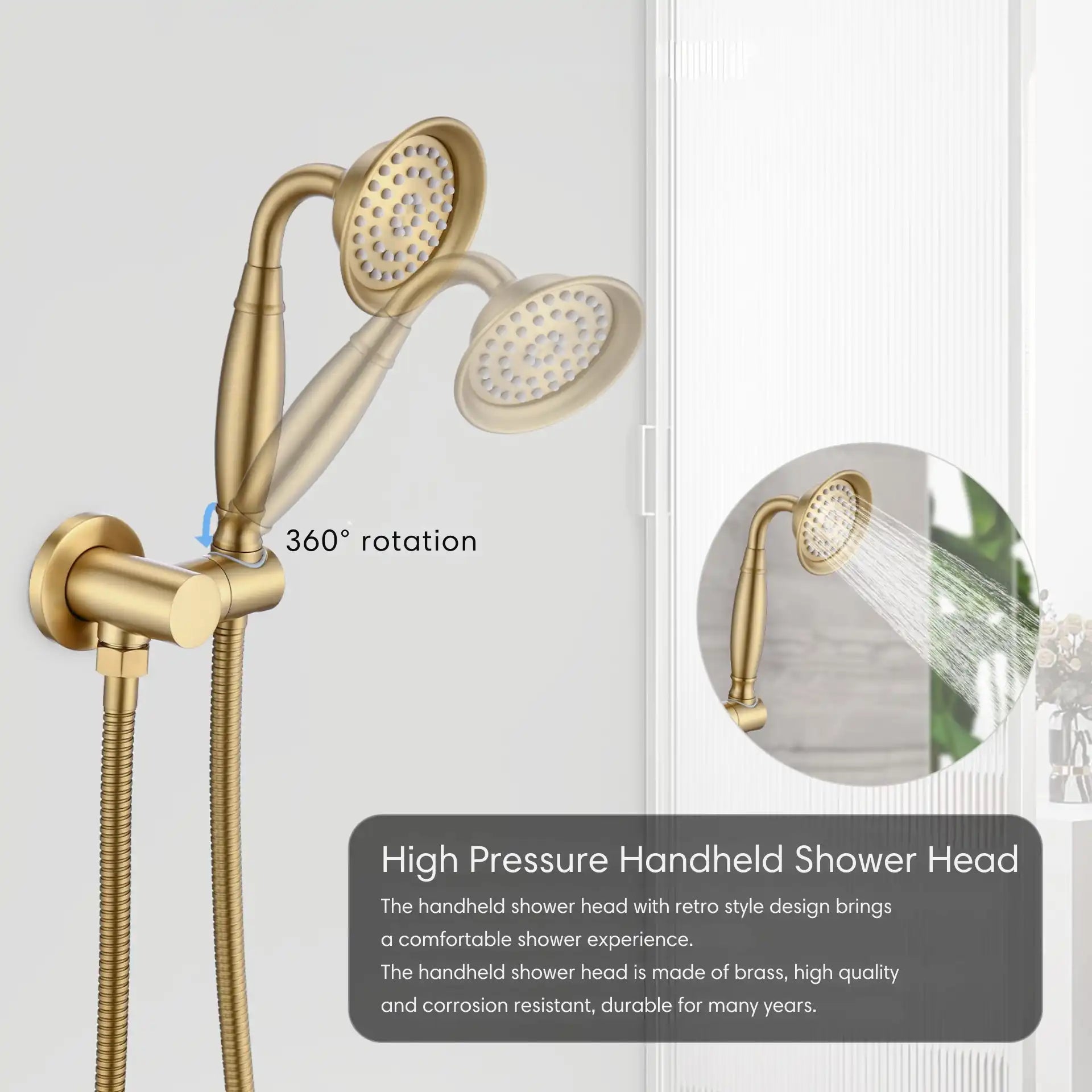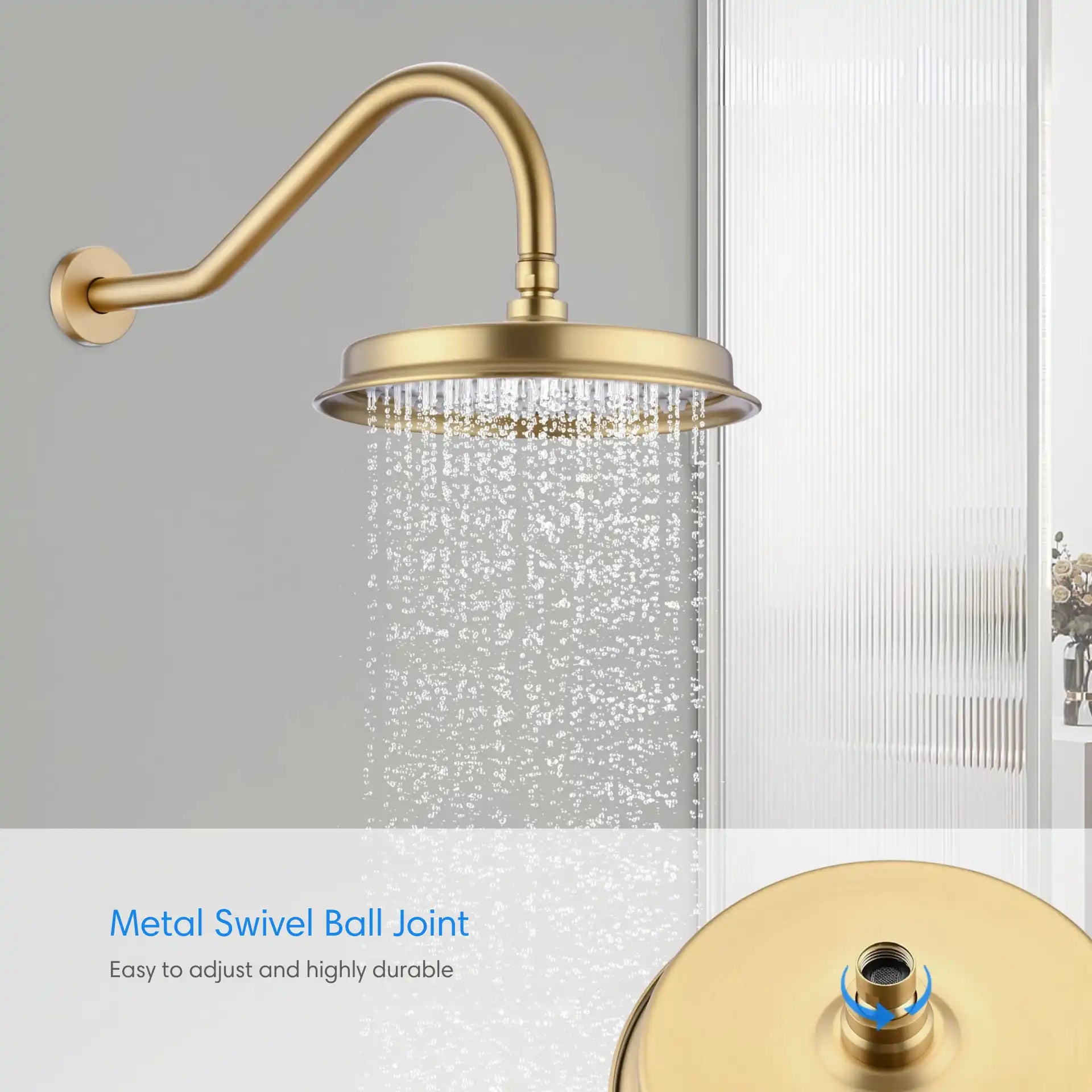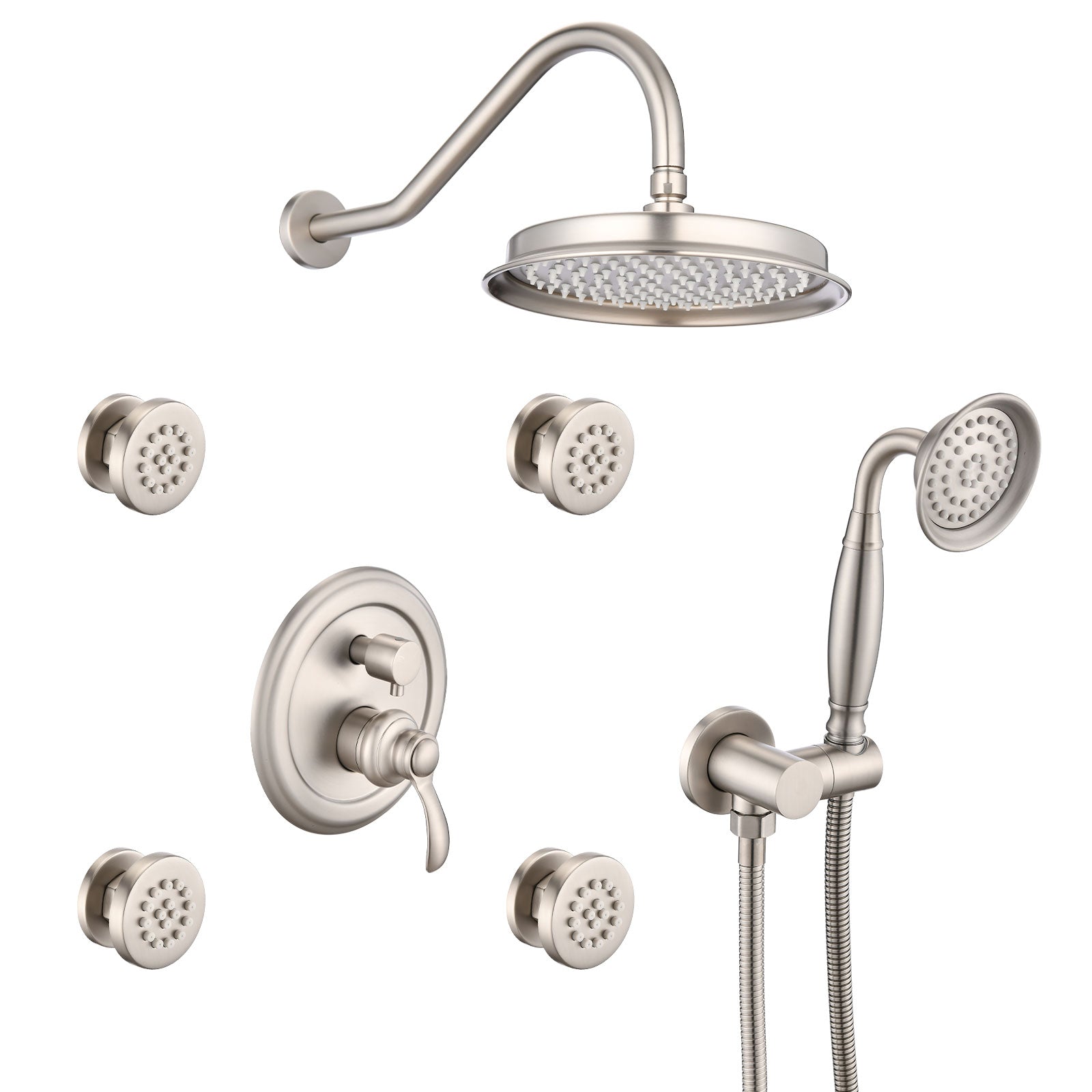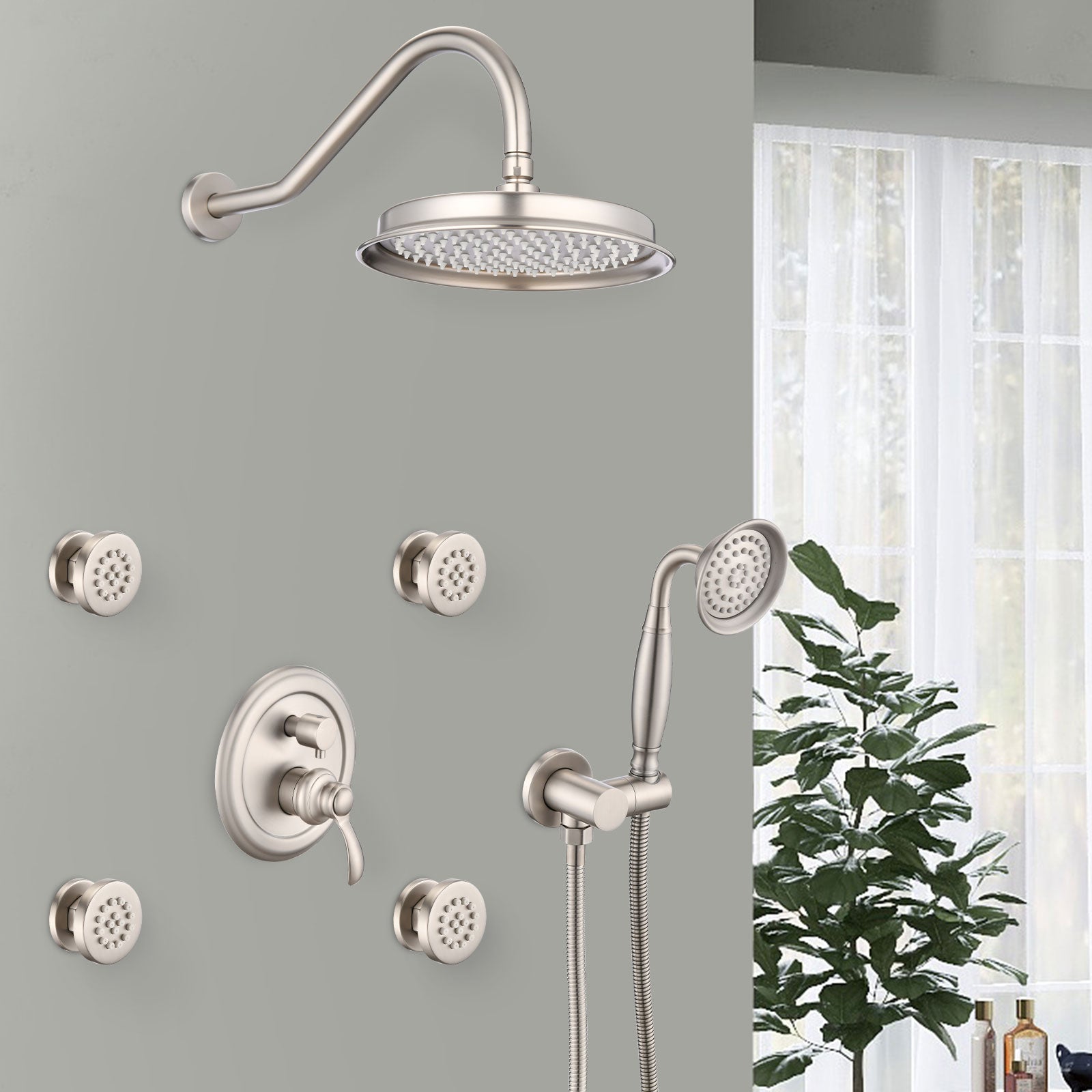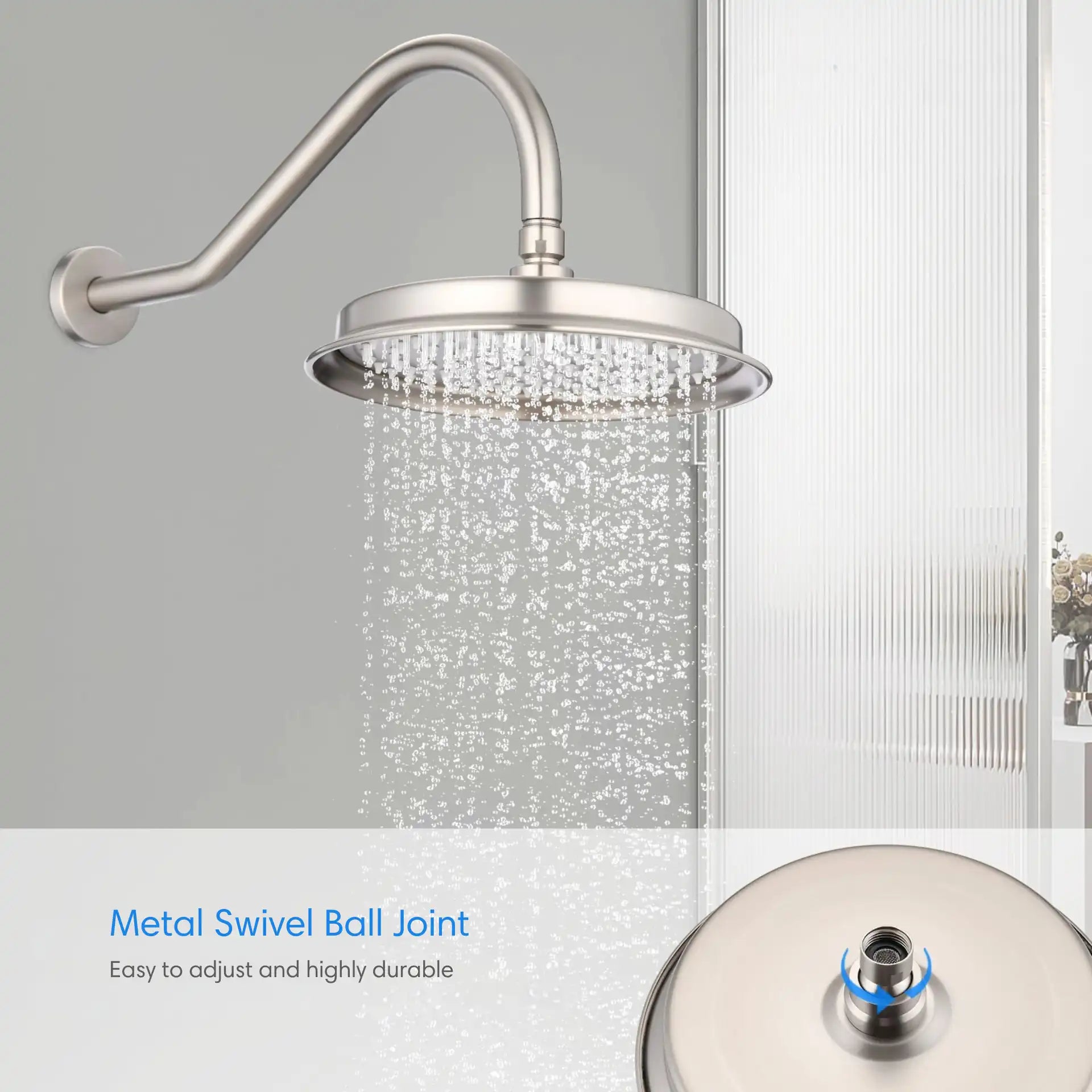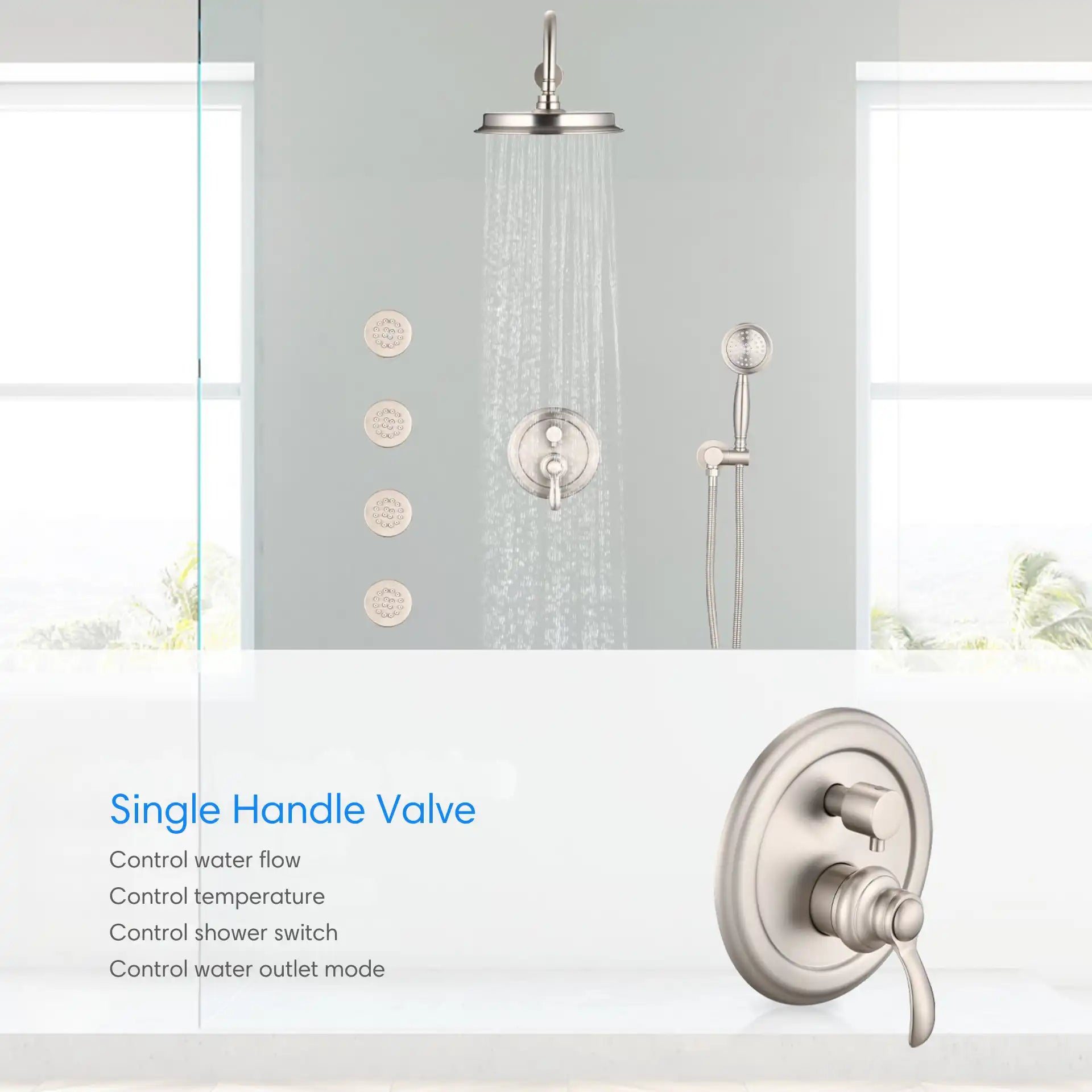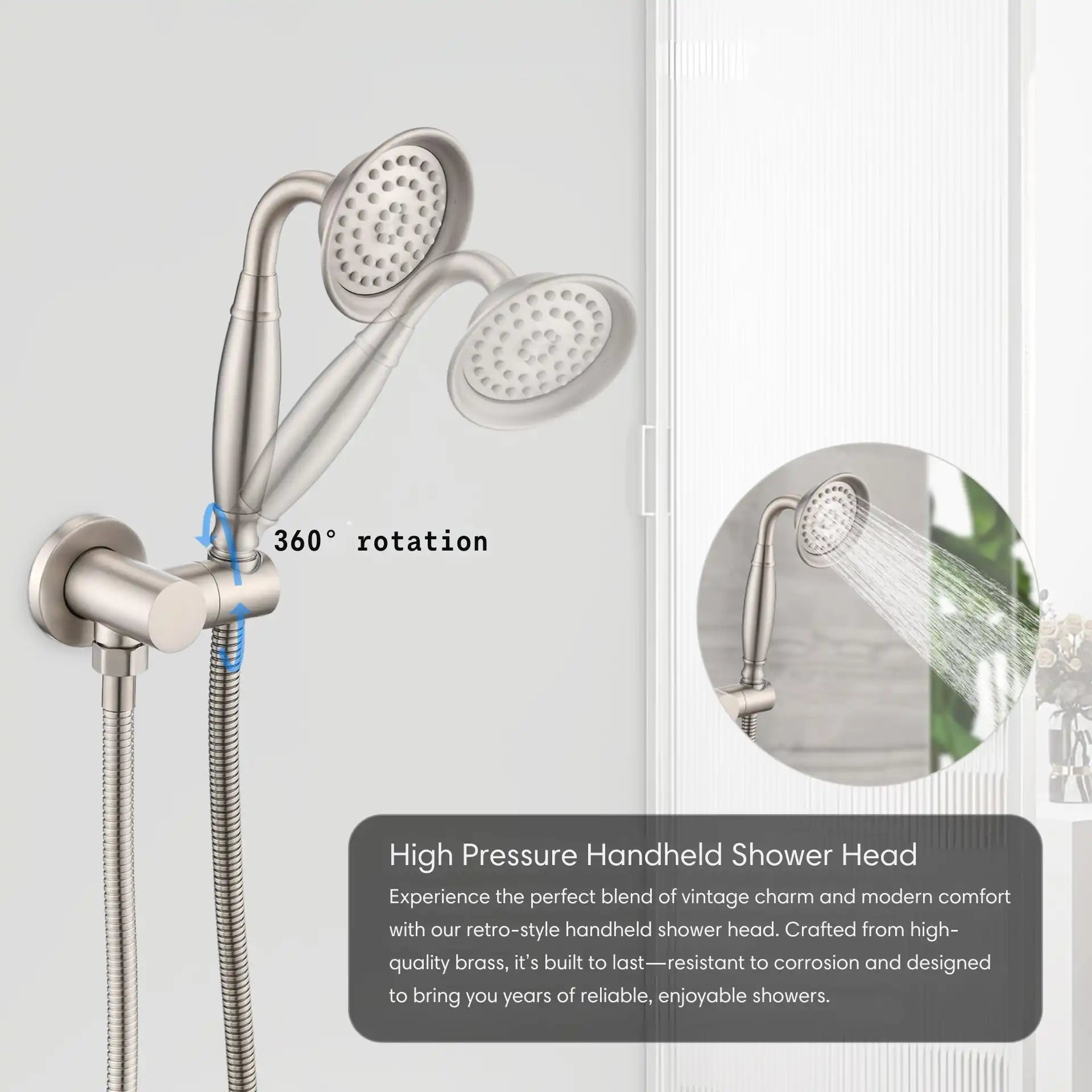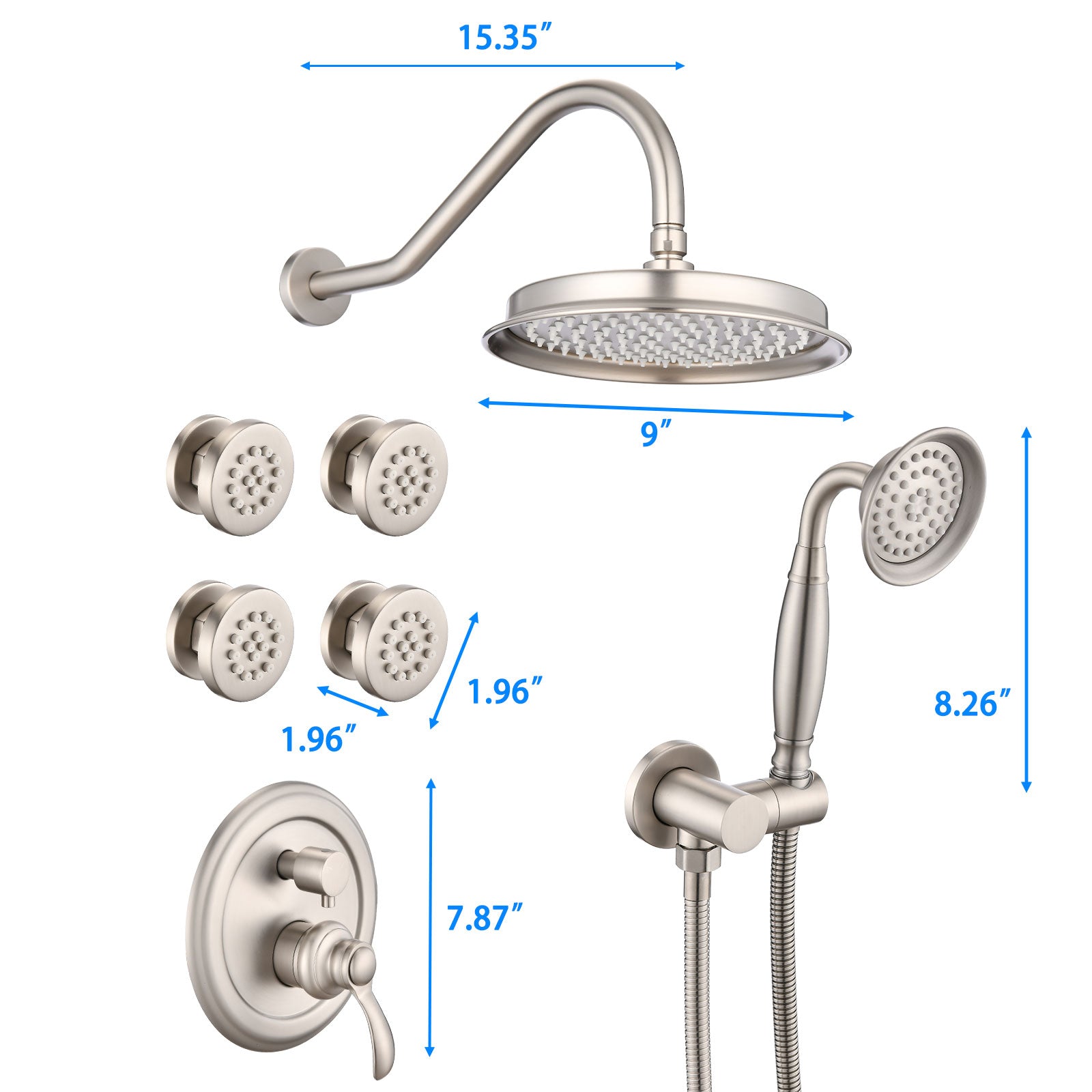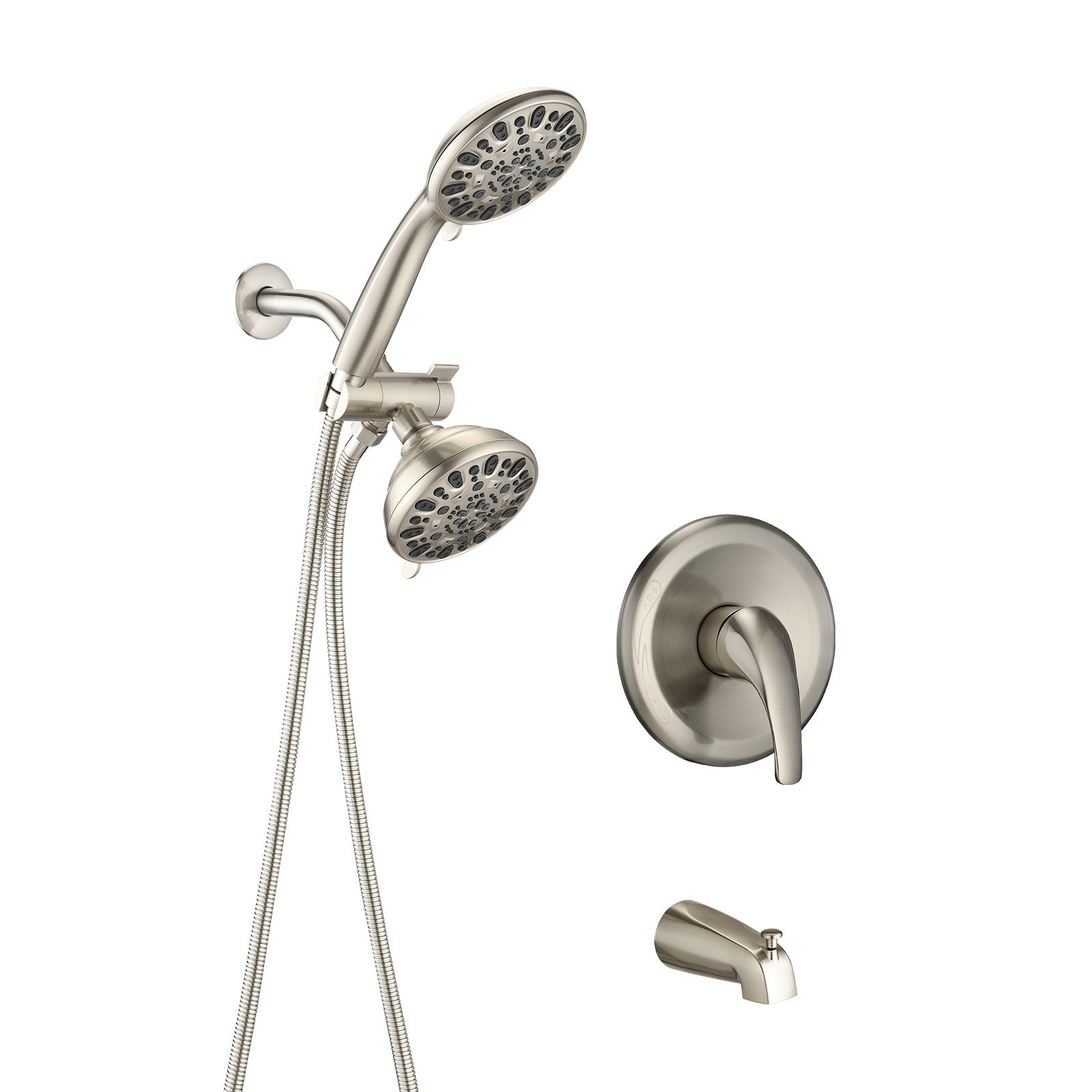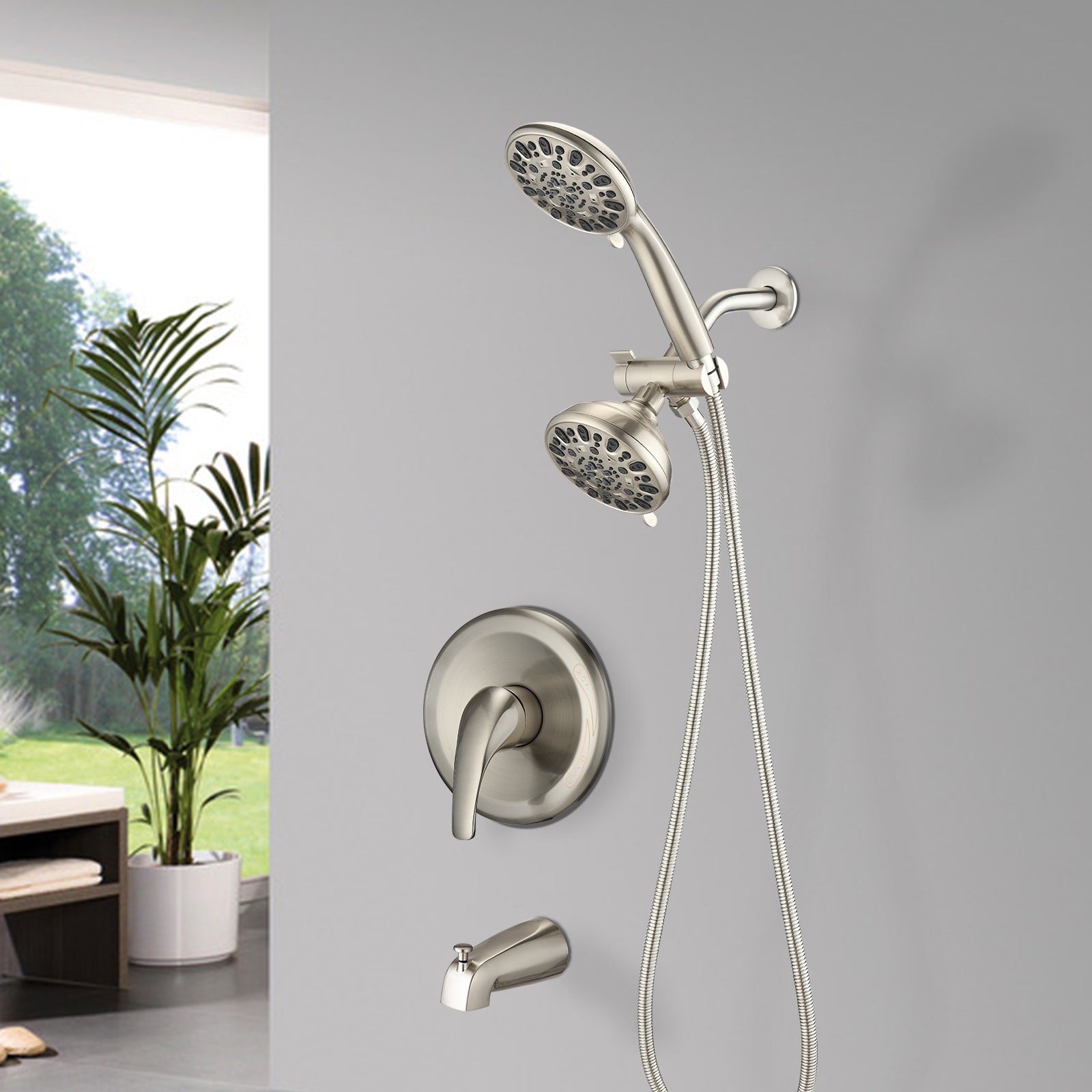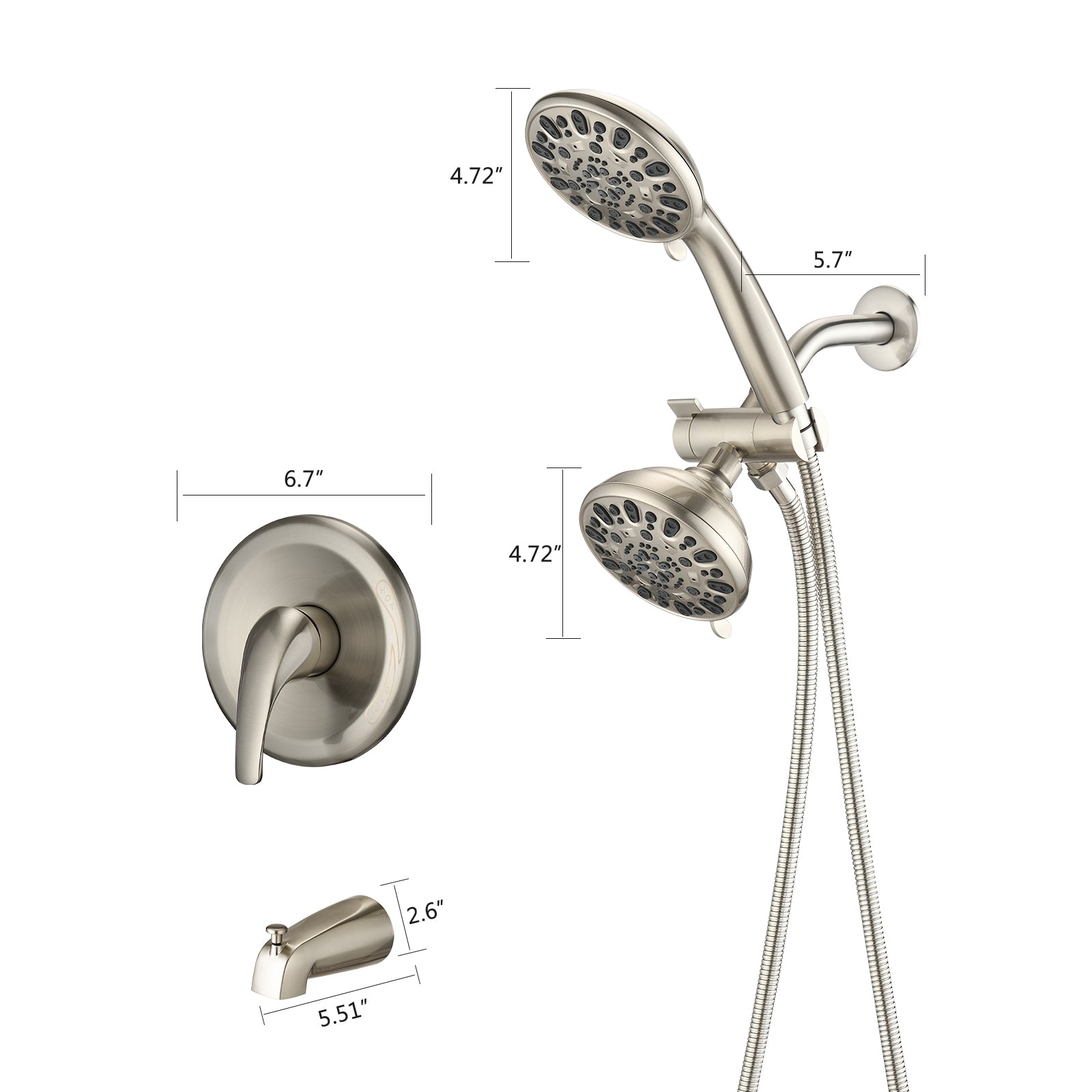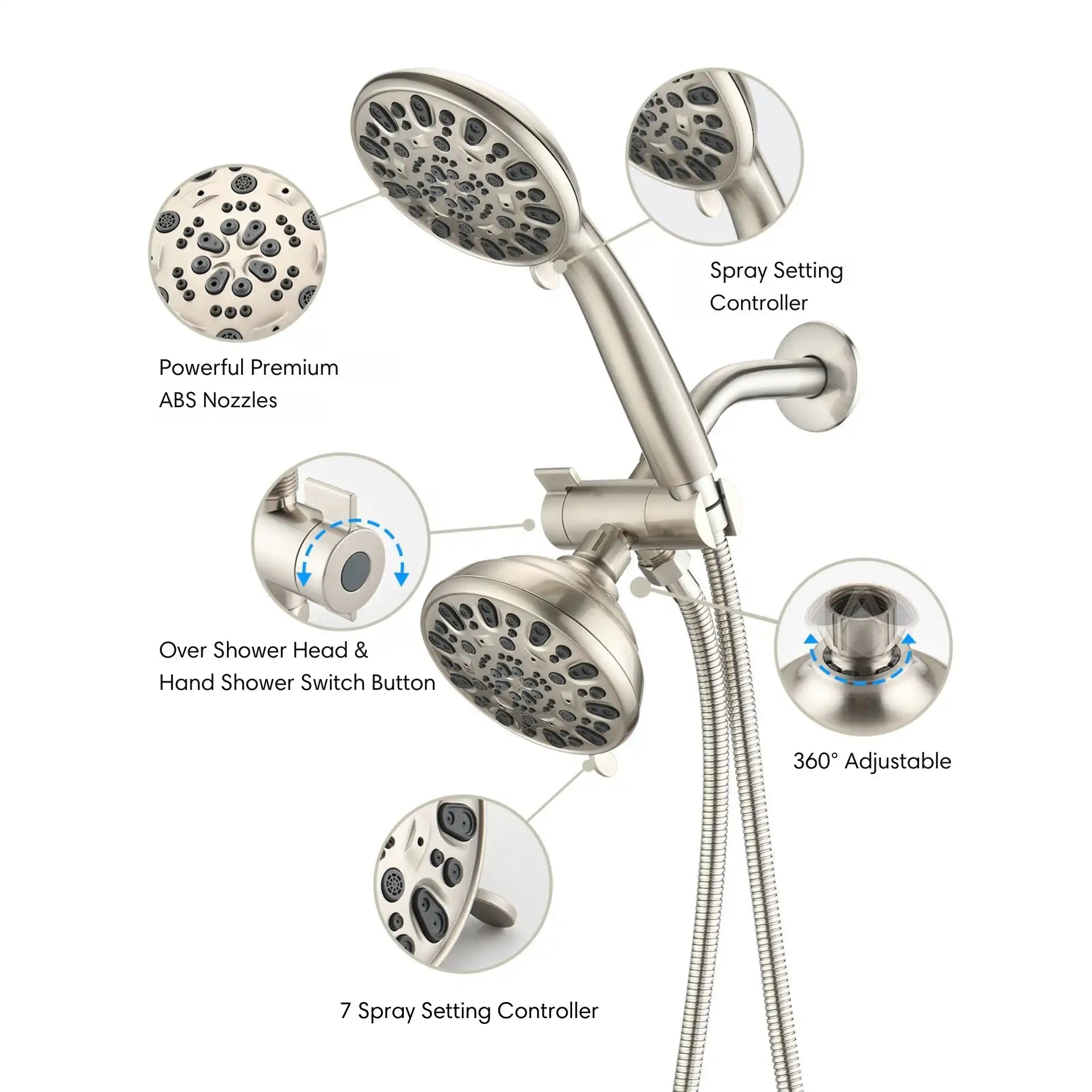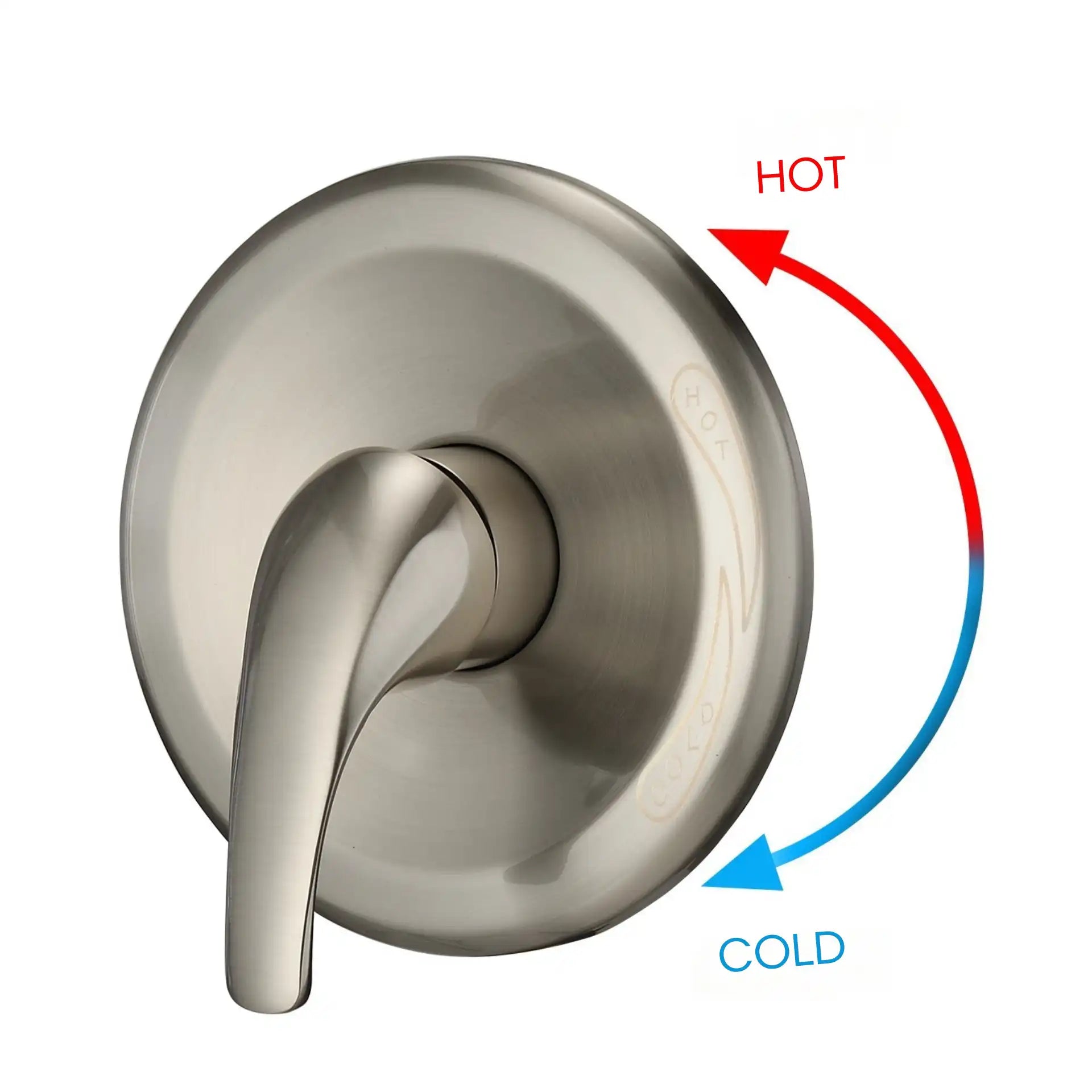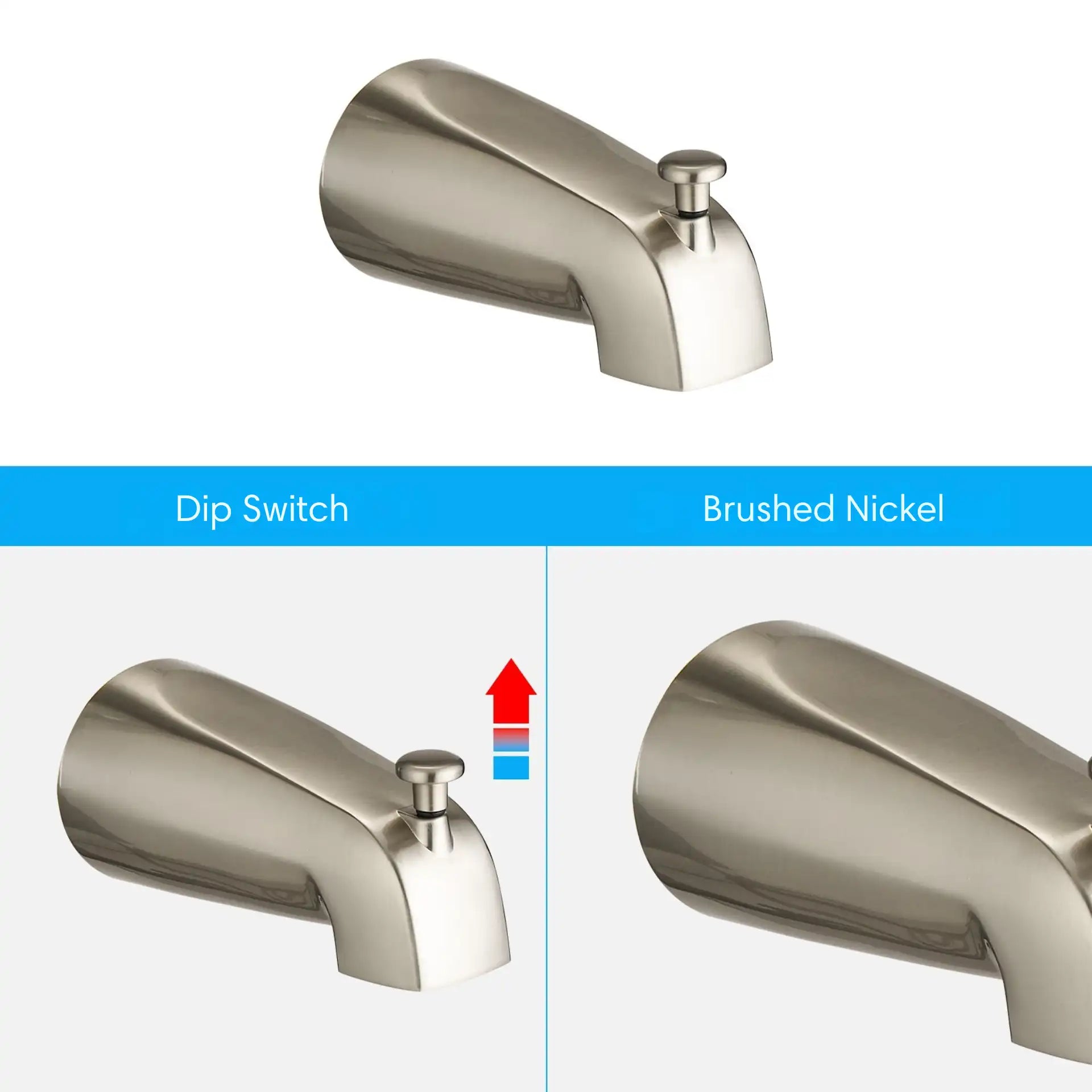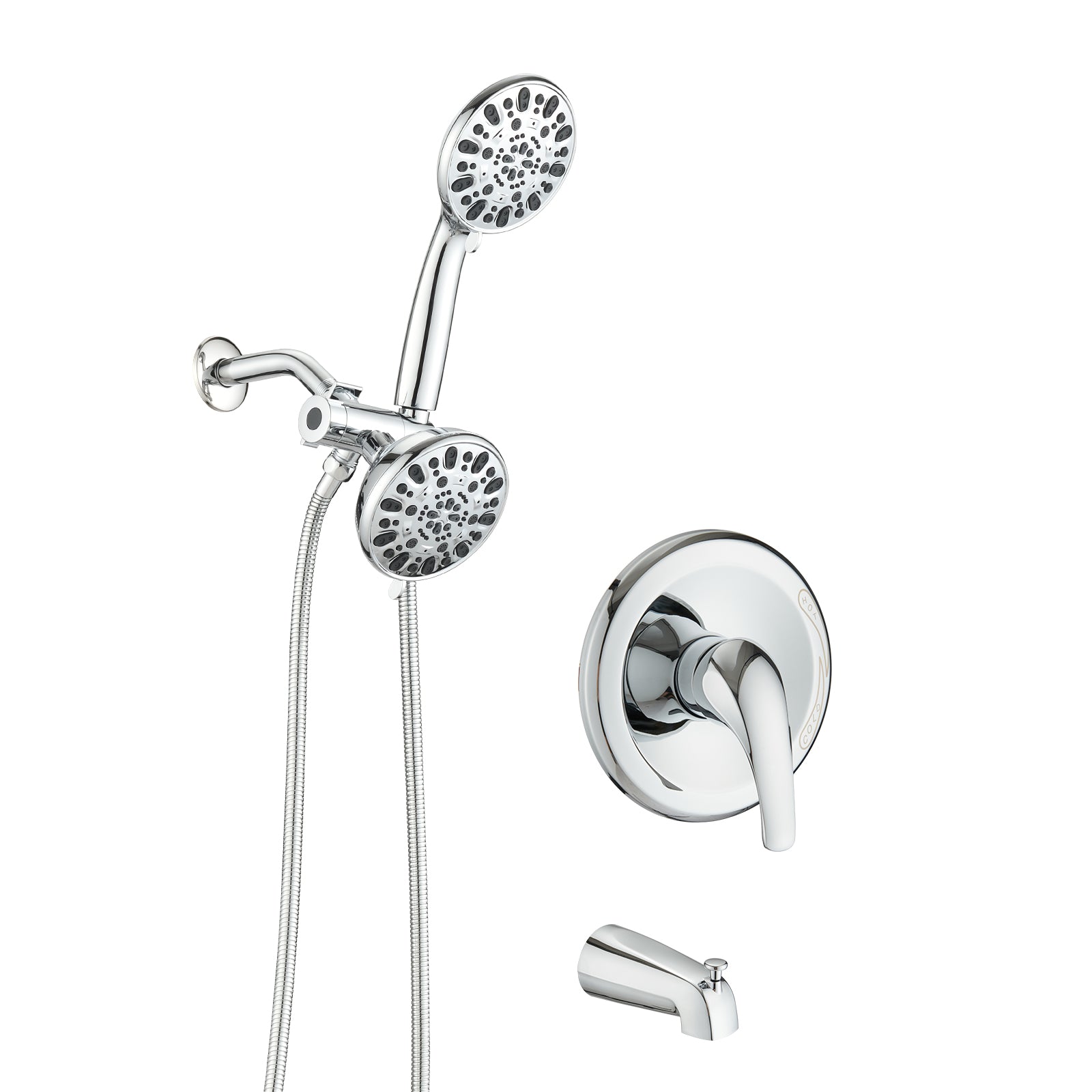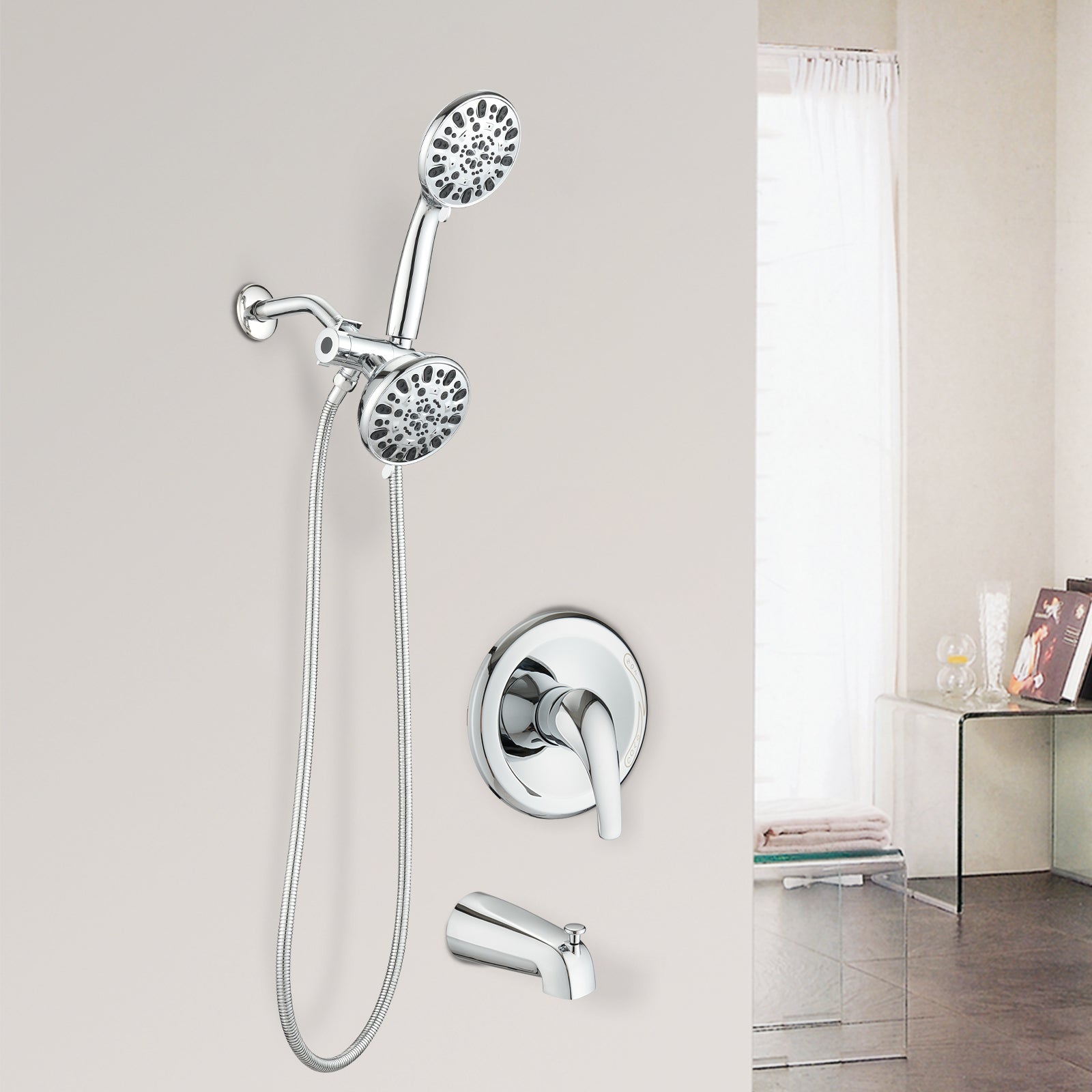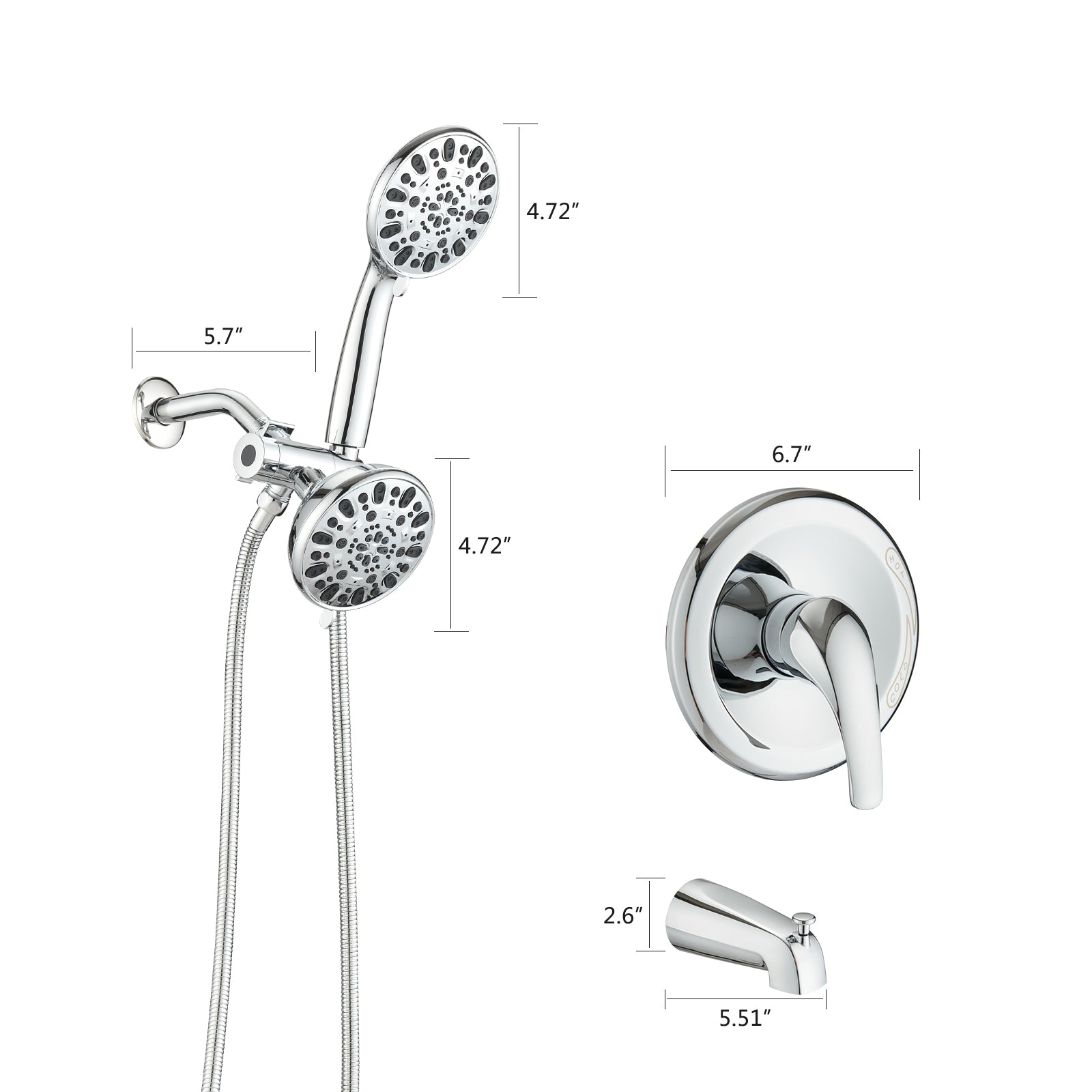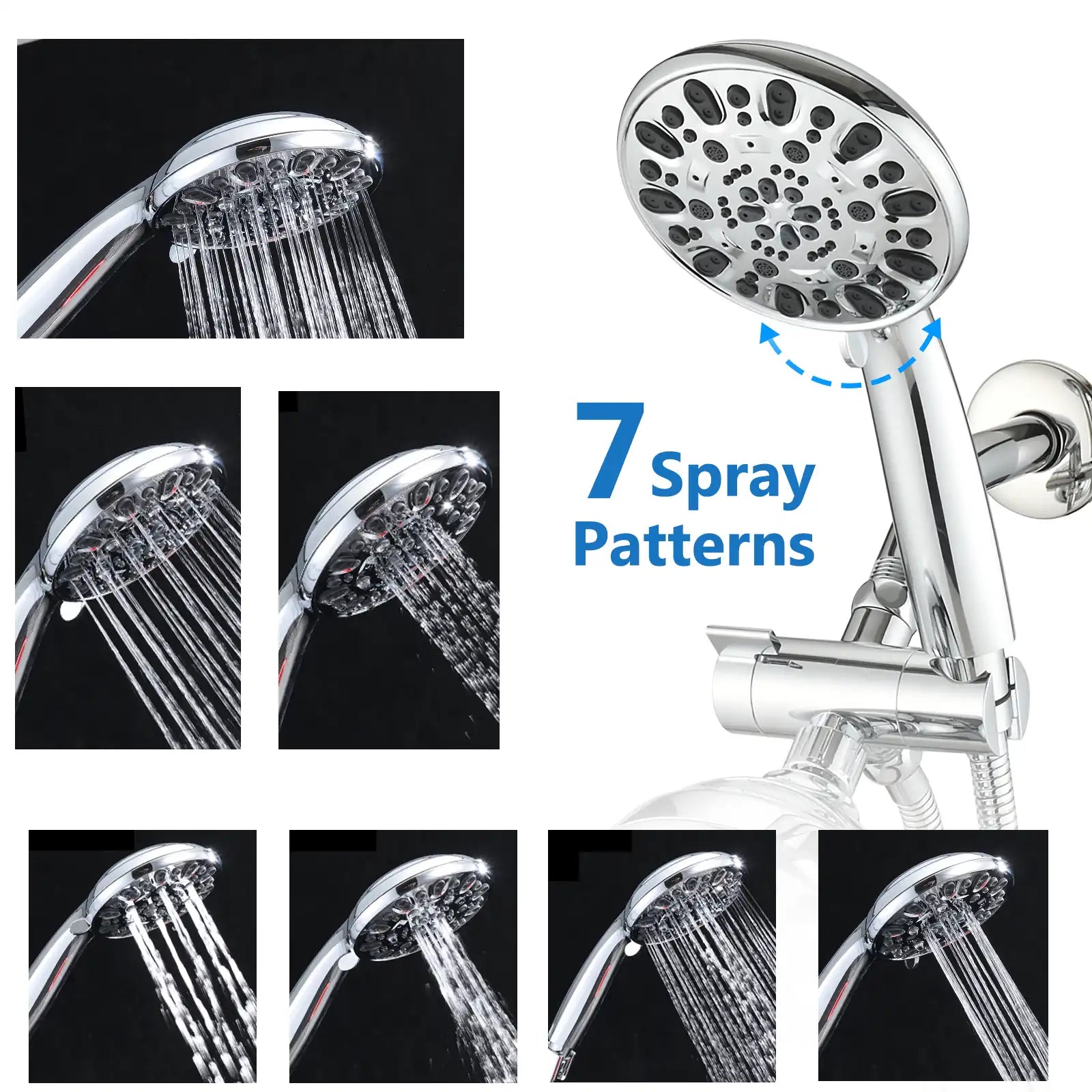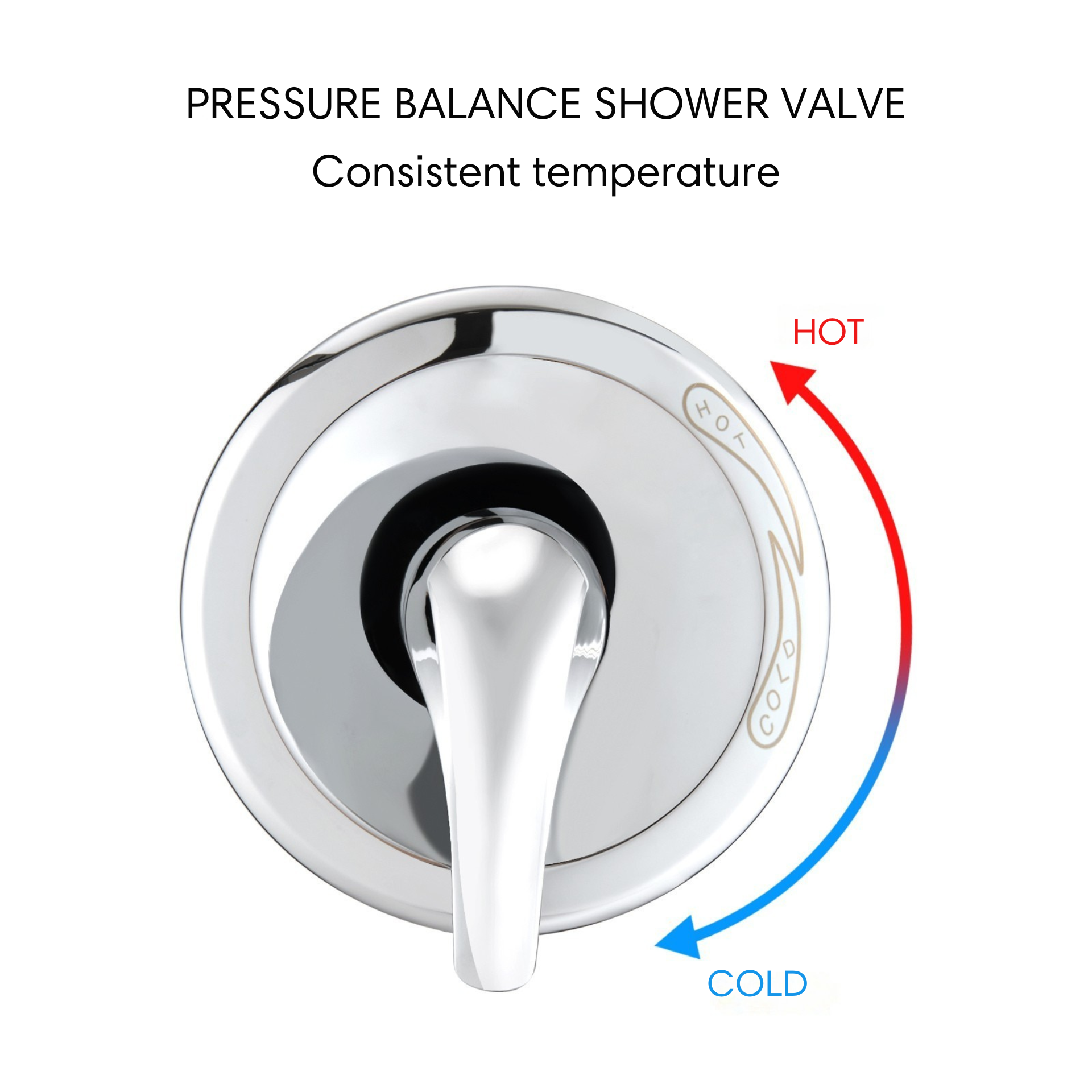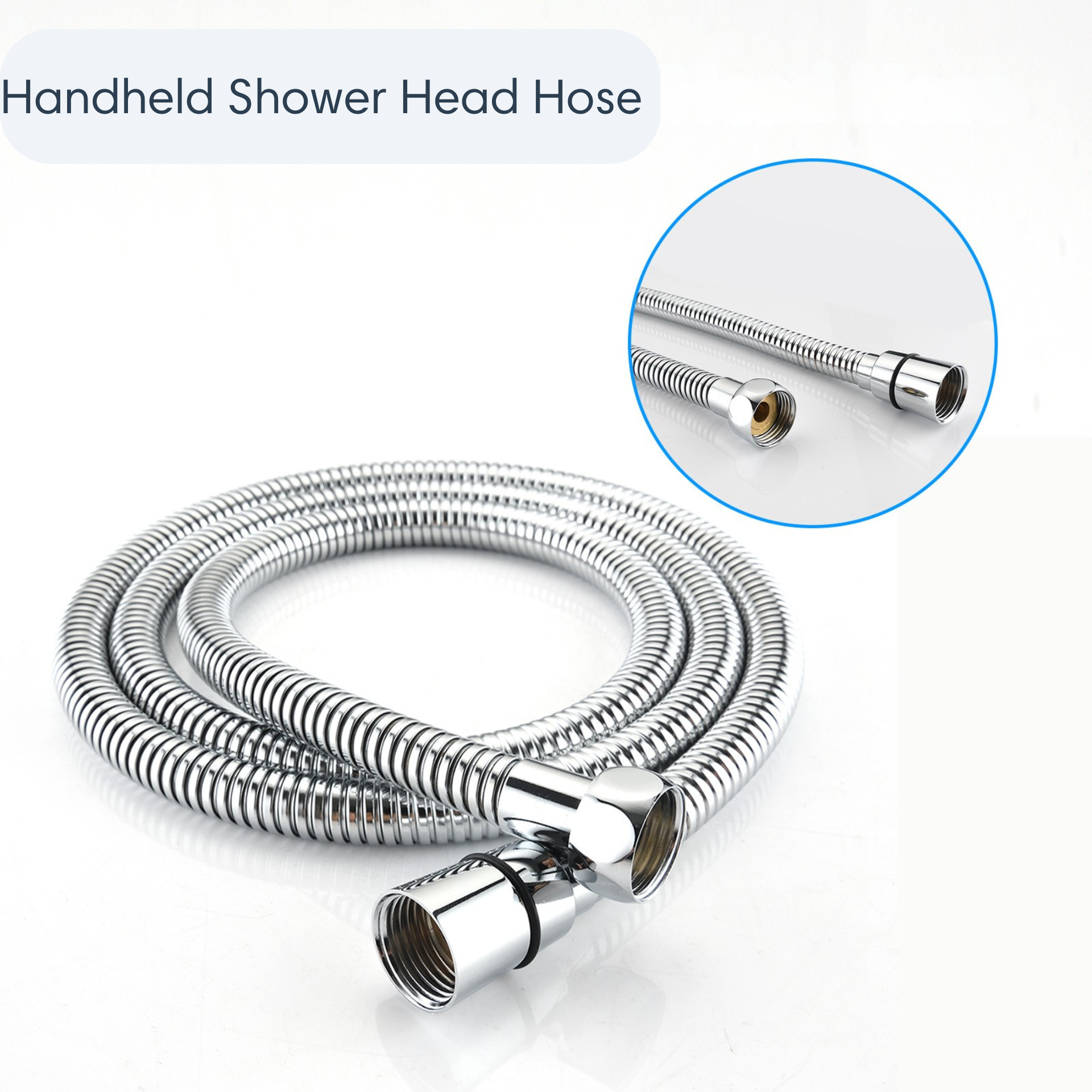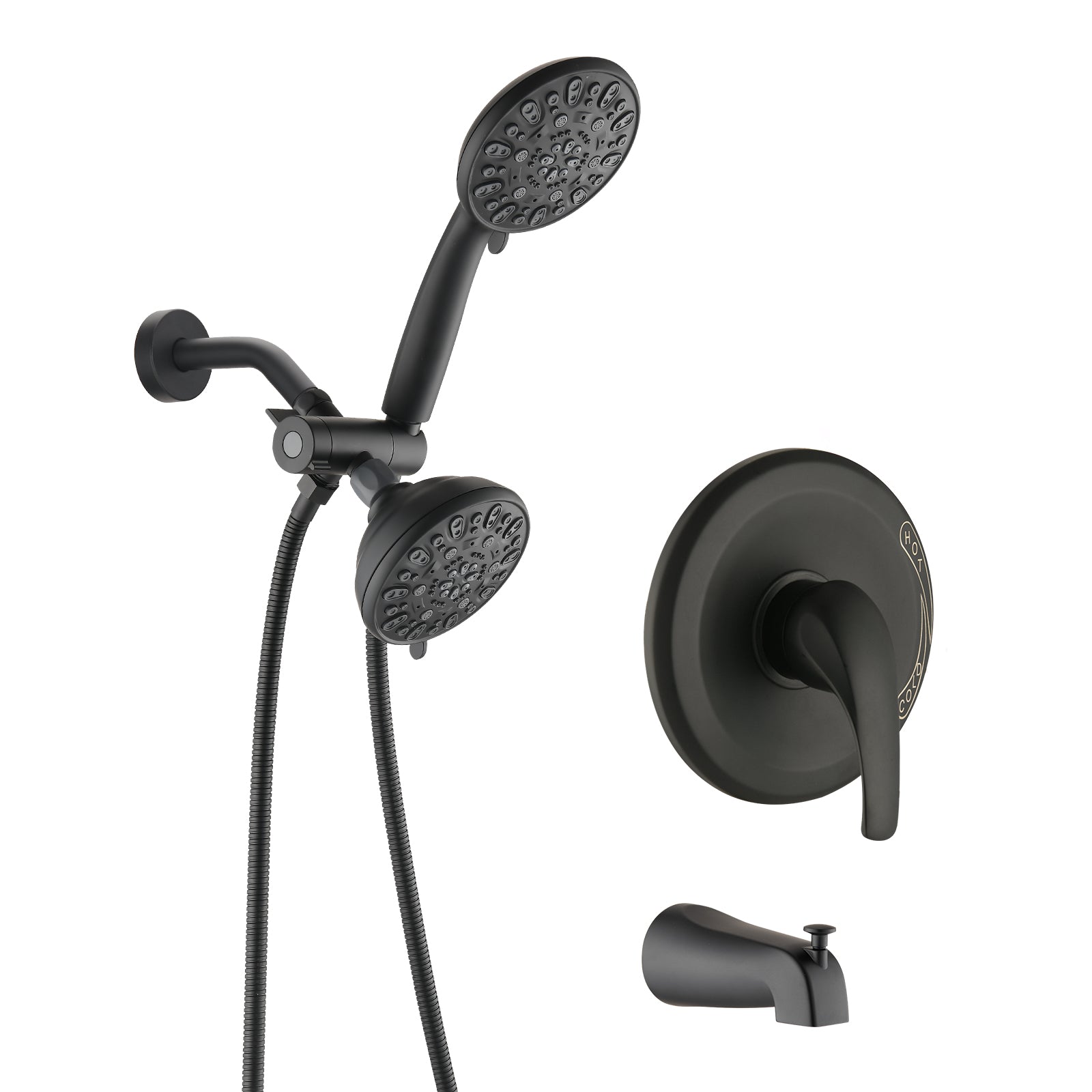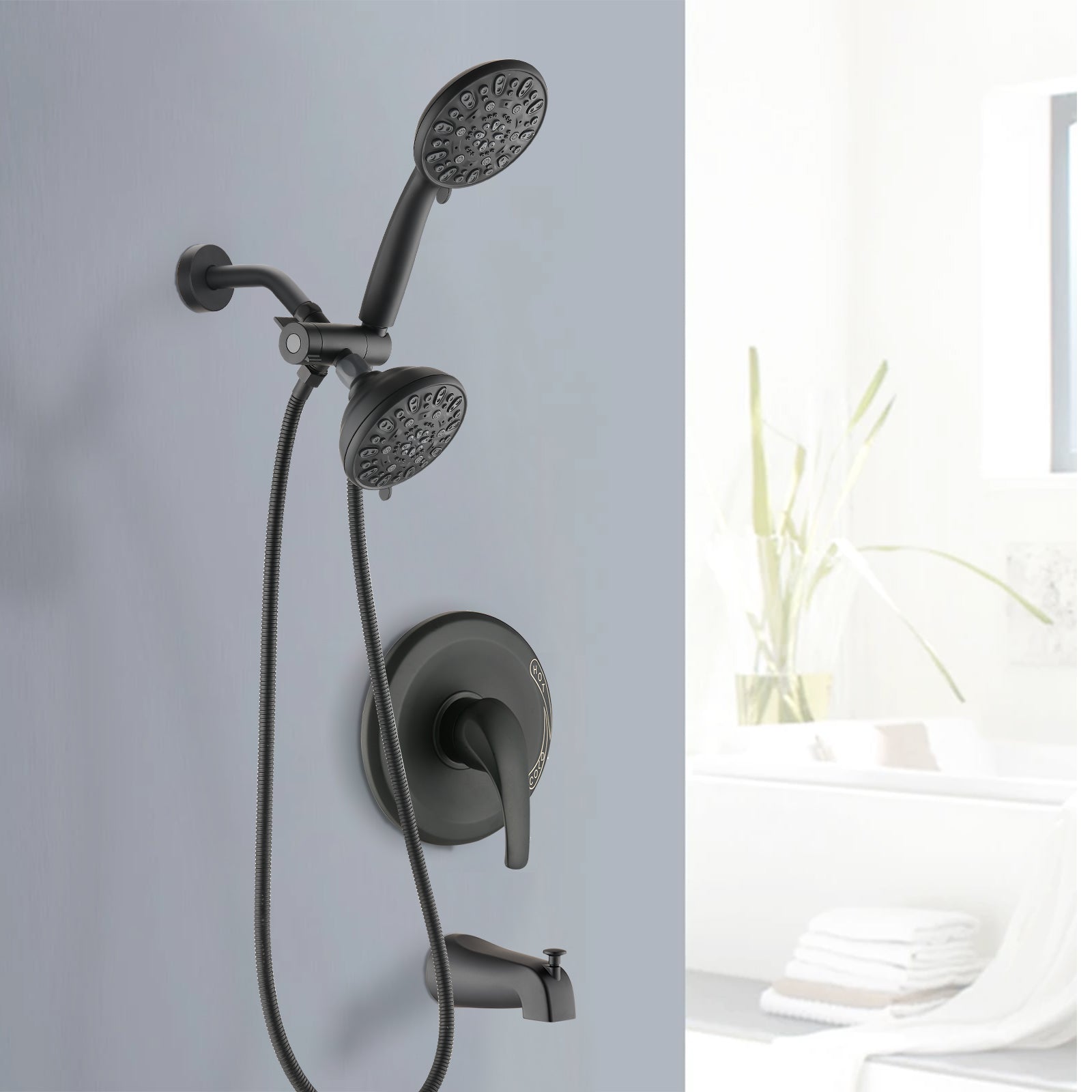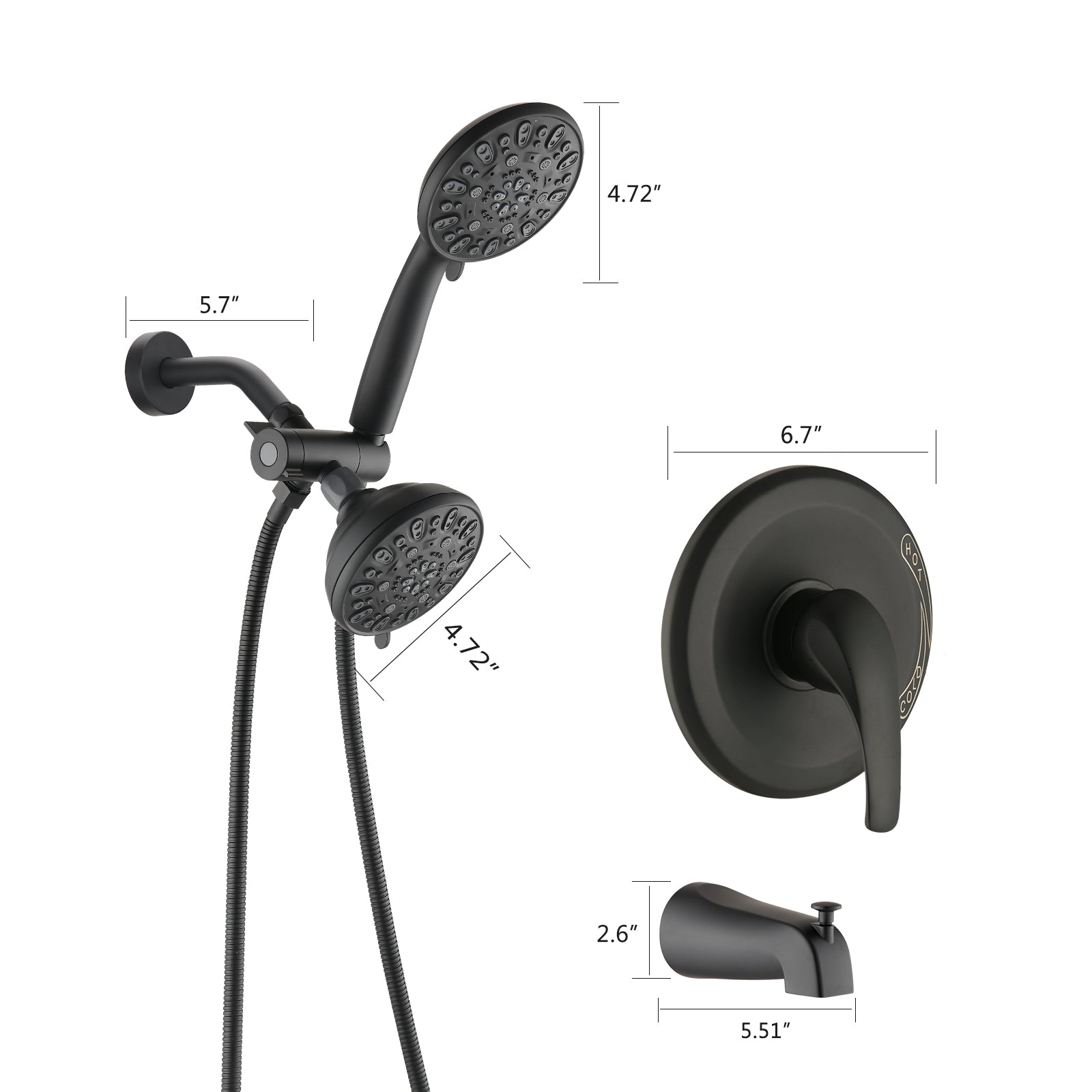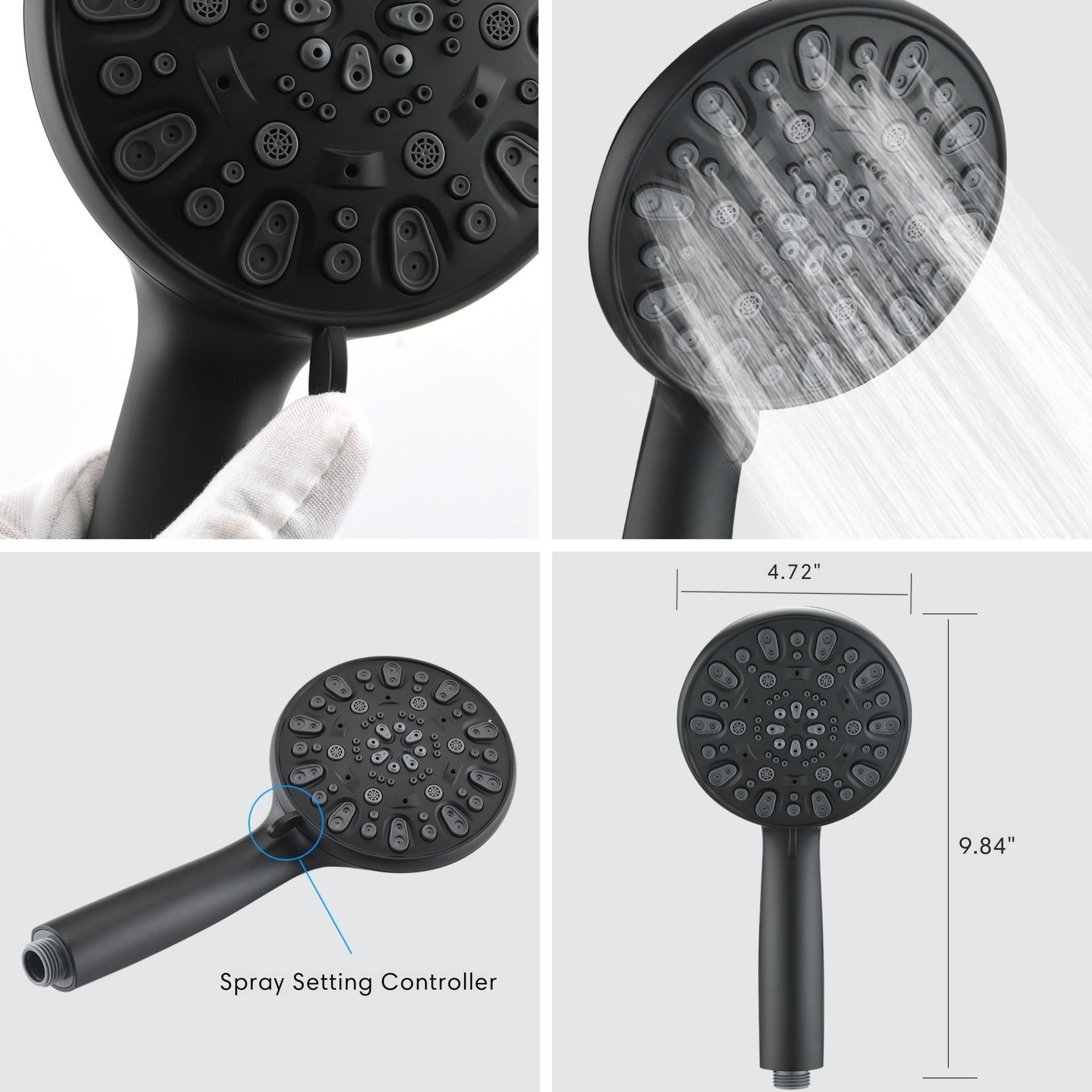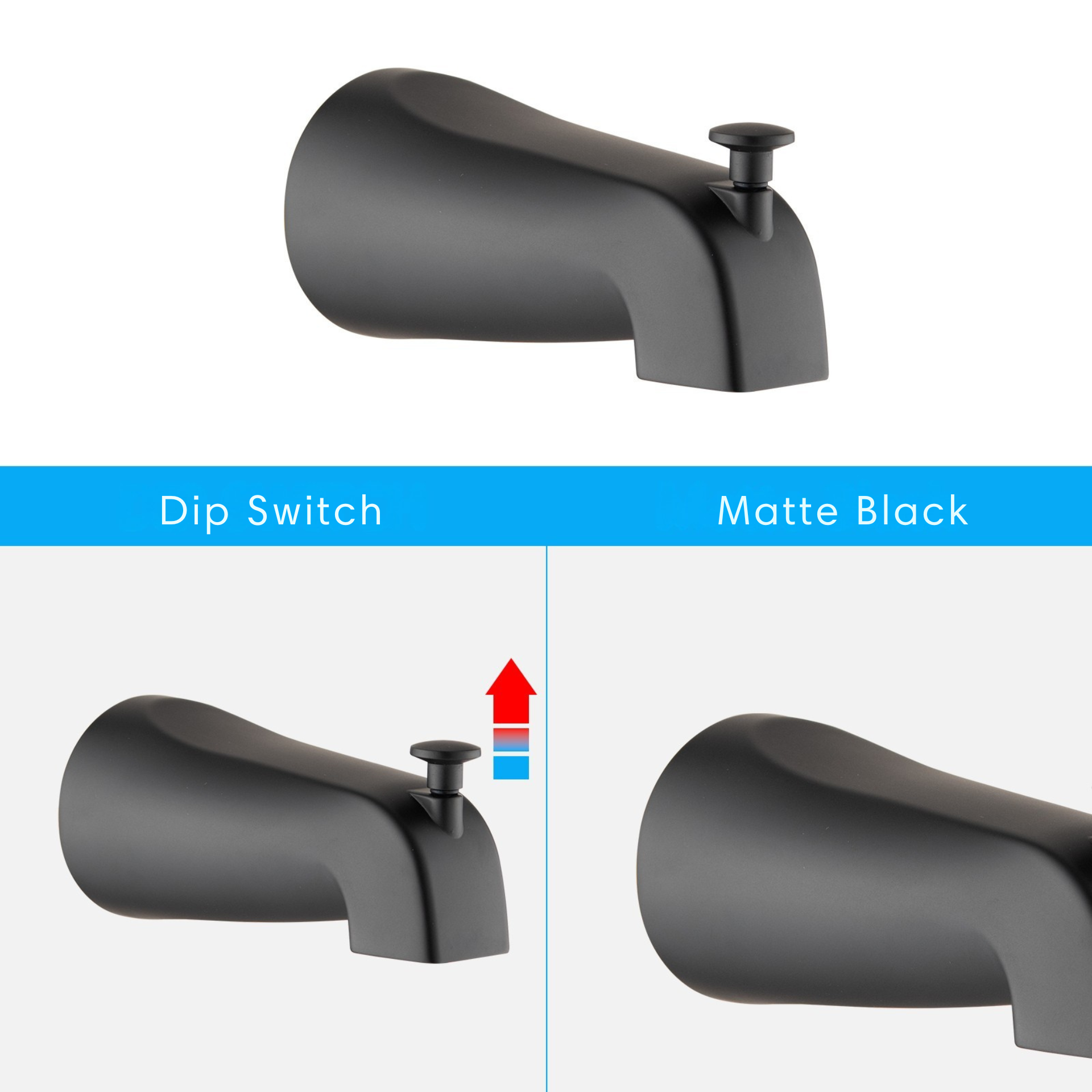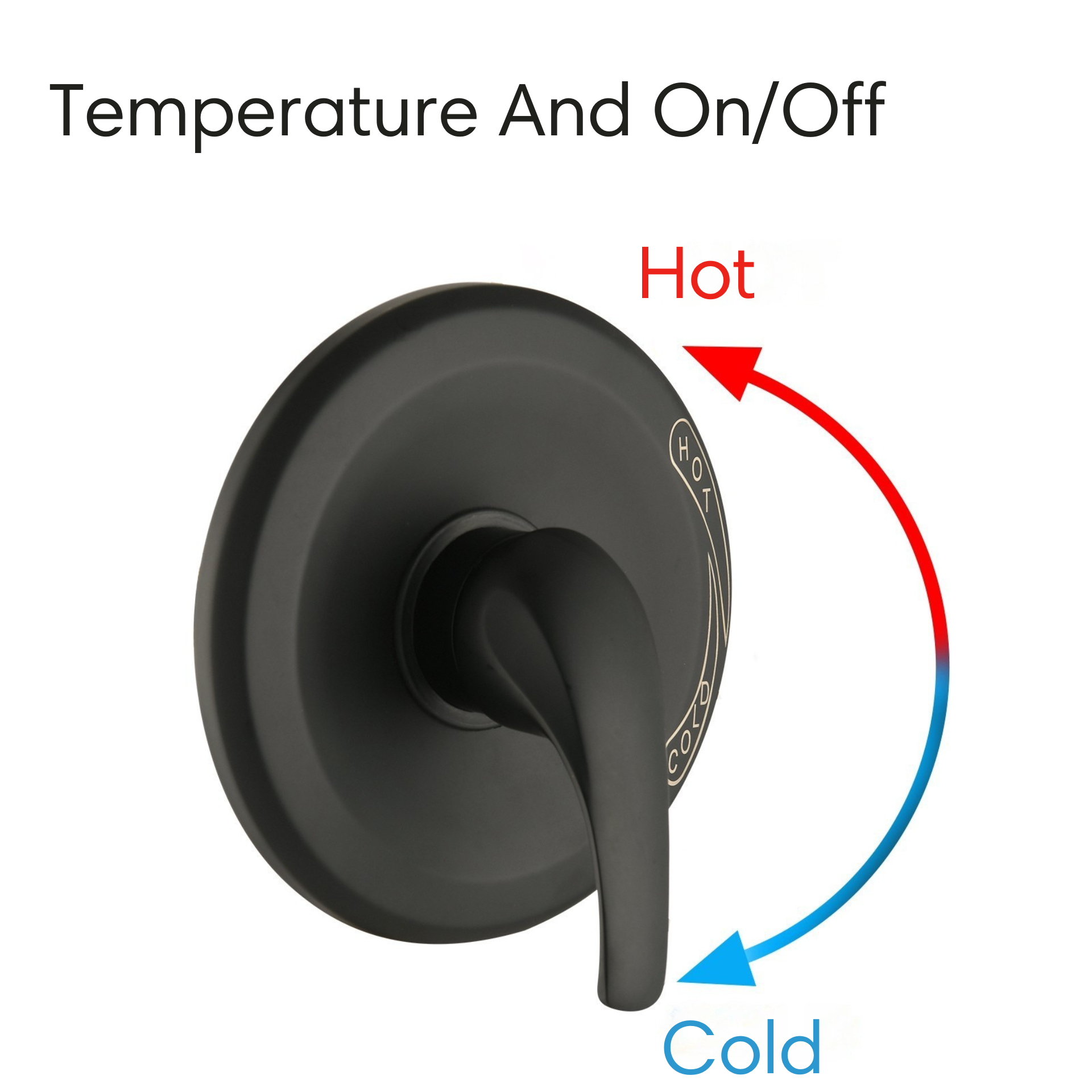Table of Contents
- 1. Choose the Right Tape for Shower Head
- 2. Clean the Interface Before Installation
- 3. Wrap Tape for Shower Head the Right Way
- 4. Hide Tape for a Cleaner Look
- 5. Check and Replace Tape for Shower Head Regularly
- 6. Conclusion
- 7. FAQ
- 8. Related Articles
Introduction
In high-end bathroom design, details should not only exist in the metal-textured faucets or the bathroom cabinets with ultra-white mirror surfaces. It is often those overlooked small components that truly determine the user experience, maintenance costs and living comfort. Among the numerous widgets, tape for shower head (the sealing tape used for the interface of the shower head) is a key accessory that is seriously underestimated.
Over the past three years, data from HomeAdvisor, an American interior decoration after-sales service platform, shows that in high-end home shower repair cases, approximately 32% of the interface water leakage problems originated from improper sealing treatment rather than product defects themselves. Many consumers replaced their shower heads immediately, but the problem recurred a few weeks later. The reasons are often that the tape for shower head is not used correctly or inferior products are chosen.
Many families are willing to spend $800 on a high-end showerhead but are reluctant to spend $8 on a roll of high-quality sealing tape. The consequence of such "underestimating small components" often leads to maintenance costs far exceeding those of the product itself. This article will take you to have an in-depth understanding of how to correctly choose and use tape for shower head, and solve the leakage problem with five practical tips, making your high-end bathroom space truly perfect both inside and out.

1. Choose the Right Tape for Shower Head
The market is flooded with all kinds of white sealing tapes, ranging from cheap ones costing one or two dollars to high-end products labeled as "industrial grade". However, the tape for shower head that is truly applicable to the shower head interface must have specific materials and sealing performance.
High-quality tape for shower heads are usually made of PTFE (polytetrafluoroethylene) material, featuring high temperature resistance, corrosion resistance, water pressure resistance, and non-stickiness. This material is widely used in high-precision fields such as aviation and medical care, and it can provide more stable and durable performance in household pipe sealing.
According to the product review of "Plumbing Mechanical Magazine" in 2023, for metal interfaces, it is recommended to choose PTFE tape with a thickness of ≥3.5mil, which can maintain a long-term stable seal. Plastic interfaces are more suitable for soft thin tapes to prevent cracks caused by excessive wrapping.
In addition, it is recommended to purchase products that meet environmental protection standards such as NSF and RoHS, which are particularly suitable for families with children, pets or sensitive individuals.
Avoid using general-purpose electrical tape or brightly colored "all-purpose adhesive" without labels. These products usually lack basic capabilities such as leak prevention and heat resistance, and are not suitable for use in shower water pressure scenarios.
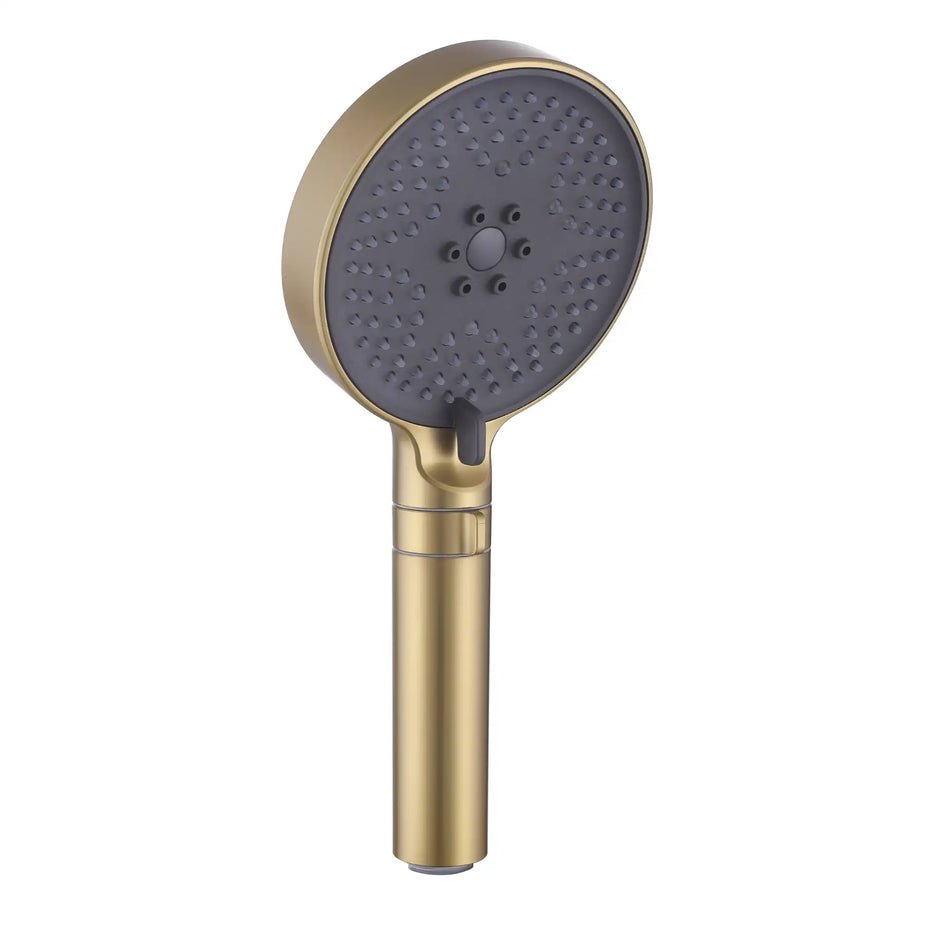
2. Clean the Interface Before Installation
Before using the tape for shower head, the cleanliness of the interface will directly determine the sealing effect. According to the Build America Report 2022 study, not cleaning the interface thoroughly can lead to a decrease of approximately 42% in the adhesive tape bonding efficiency, becoming the primary cause of chronic water seepage.
Residues of aged tape, water accumulation and scale, lubricating oil and hand sweat may all interfere with the adhesion of the tape. Before winding the new tape, be sure to dry the interface with a dry cloth, then remove the surface oil stains with alcohol cotton. If necessary, you can use a soft brush and white vinegar to remove stubborn rust stains.
A clean and oil-free interface can significantly improve the sealing tightness and service life of the tape for shower head, especially in areas with high water pressure.
3. Wrap Tape for Shower Head the Right Way
Many cases of water seepage are not due to product or tape quality issues, but rather incorrect usage methods. Especially, incorrect direction and too little winding are common installation mistakes.
When using the tape for shower head, it should be wound along the direction of the interface thread (clockwise) to ensure that the tape will not loosen due to rotation when installing the shower head. The recommended number of turns is 3 to 5. For metal interfaces, an additional turn can be made, while for plastic interfaces, the number should be appropriately reduced to avoid breakage caused by expansion stress.
When winding, an appropriate tension should be maintained to ensure that the tape adheres evenly to the thread without cracking. PHCC Journal 2023 pointed out that more than 70% of the interface leakage cases are directly related to insufficient winding turns or winding in the wrong direction.
If the old shower head is reinstalled, it is even more necessary to check whether the original tape for shower head is aged. Do not rewind the old tape.

4. Hide Tape for a Cleaner Look
In high-end bathroom Spaces that pursue minimalist lines and flawless details, exposed tape joints can directly disrupt the overall visual unity. Many users have expressed that after the showerhead was installed, "that white circle was too conspicuous", which was actually a visual disturbance caused by the exposed tape.
The correct use of "tape for shower head" is not only about sealing but also about concealment. When winding, a 2-millimeter spacing should be reserved to avoid being close to the water outlet. After tightening the nozzle, the tape should be completely covered by the metal interface. In addition, choosing tape with good ductility can help it naturally "sink" into the thread without protruding outward.
Some high-end showerhead brands adopt a hidden thread design, which can further help the tape become "invisible". It is recommended to pair it with a seamless waterproof sealing ring, significantly enhancing the overall aesthetic appeal.
5. Check and Replace Tape for Shower Head Regularly
Even if the initial installation is perfect, environmental changes such as time, temperature and water pressure will still gradually affect the performance of the tape for shower head. Especially in areas where the water quality is relatively hard or where hot and cold water alternate frequently, the aging speed of the interface seal will accelerate.
It is recommended to have a simple check-up every 6 to 12 months. You can use a paper towel to attach the interface for pressure testing to check if there are any water marks seeping out. If looseness, yellowing or mold is found, a new tape for shower head should be replaced immediately.
A user survey by Angi.com in 2022 shows that households that regularly replace their tapes have seen a 55% decrease in the rate of water leakage repairs within five years, and at the same time, the problems of damp and moldy shower walls have also significantly reduced.
Prevention is far better than repair. A roll of $3 tape might help you save hundreds of dollars on wall reinstallation costs.
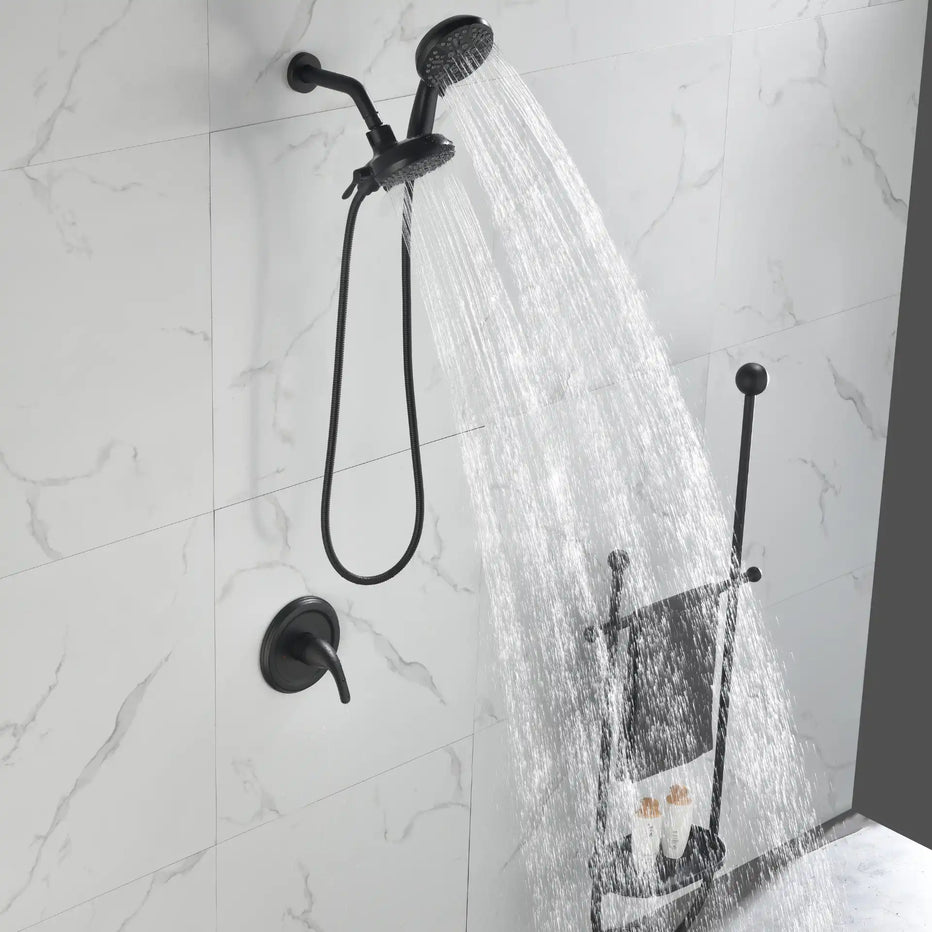
Conclusion
Many families are willing to invest hundreds of dollars in a shower head, but often overlook that small tape for shower head. As the key to interface sealing, it not only prevents leakage but also concerns water pressure experience, aesthetics, health and long-term maintenance costs.
The correct selection and use of tape for shower head is not just a matter of one installation, but also a control of the quality of the home. If you are renovating, refurbishing, or simply hoping to upgrade your bathroom system, now is the best time to pay attention to it.
We have carefully selected a series of high-quality, environmentally friendly and safe tape for shower head product portfolios for high-end users, which are suitable for various shower systems such as built-in, exposed and custom types. Each product has passed the pressure resistance test and environmental protection certification to ensure both sealing performance and aesthetics.
Head to our independent website immediately to view the complete product list and add the last crucial line of defense to your bathroom space.
FAQ
Q1: Does tape for shower head have an expiration date?
Unopened, it can be stored for 3 to 5 years, but it should be kept away from damp, high-temperature or direct sunlight environments.
Q2: Can only gaskets be used without tape?
Gaskets are used for flat sealing, while tapes are used for threaded sealing. It is recommended to use them in combination for more complete protection.
Q3: Is tape suitable for built-in shower systems?
Suitable. At all threaded interface positions, whether visible or not, a tape for shower head should be used to ensure sealing.
Q4: How to determine if the tape sealing has failed?
If the interface is moist, the metal turns yellow, there is an unpleasant smell or there are dripping marks, it is a sign of early seal failure and should be replaced in time.
Q5: If the water pressure at home is relatively high, is it necessary to use a special type of tape?
It is recommended to choose an industrial-grade tape for shower head marked with a pressure resistance of ≥150 PSI to ensure continuous sealing under high water pressure.
Related Articles:
Top High Flow Shower Heads That Instantly Improve Low Water Pressure
Shower Complete System Installation Guide: Give Your Shower a New Look
